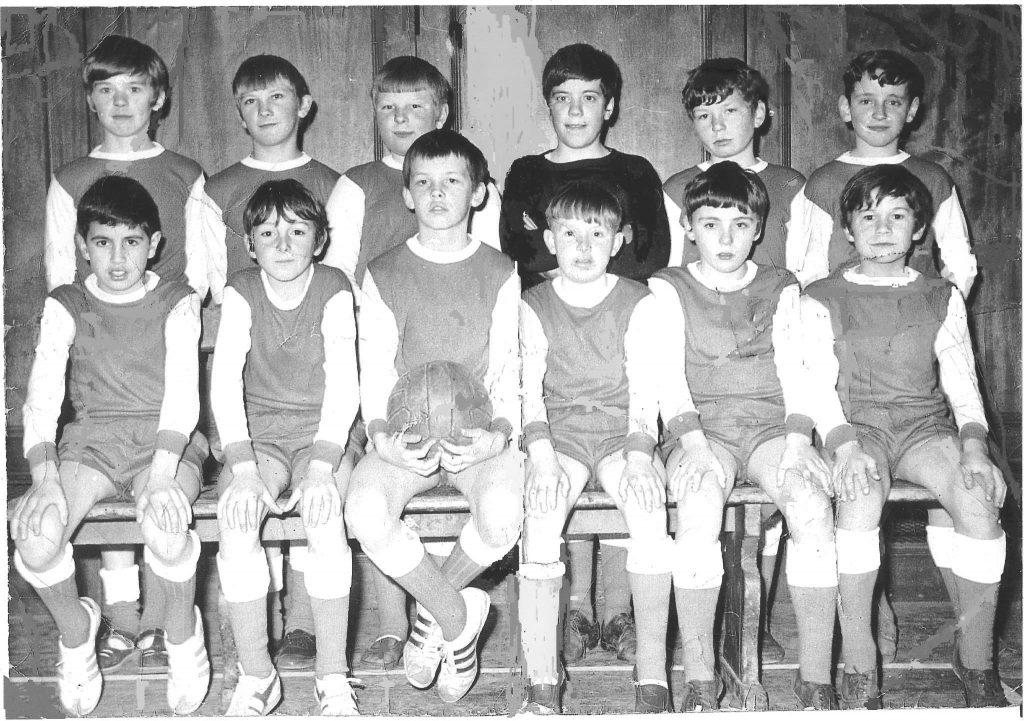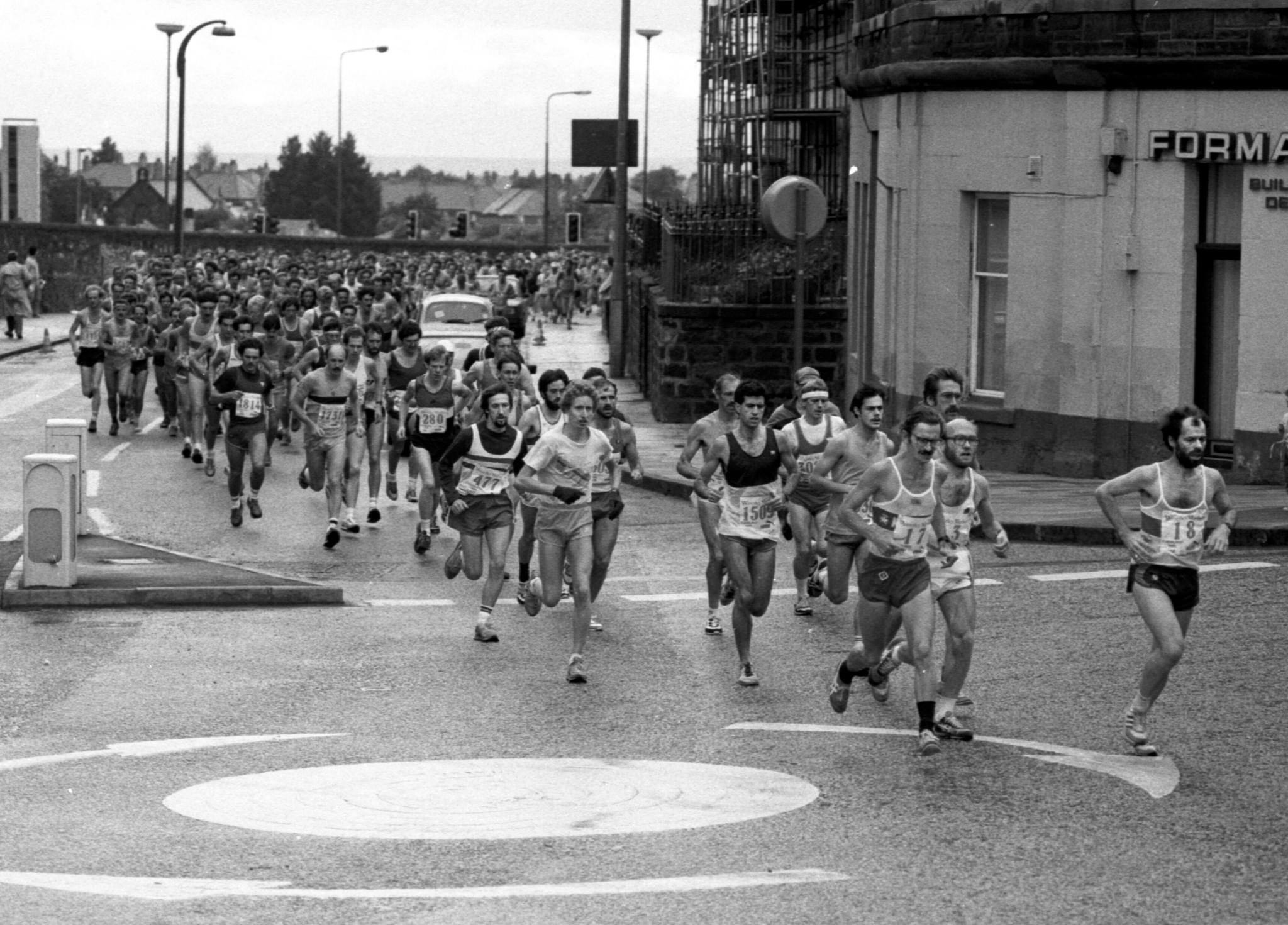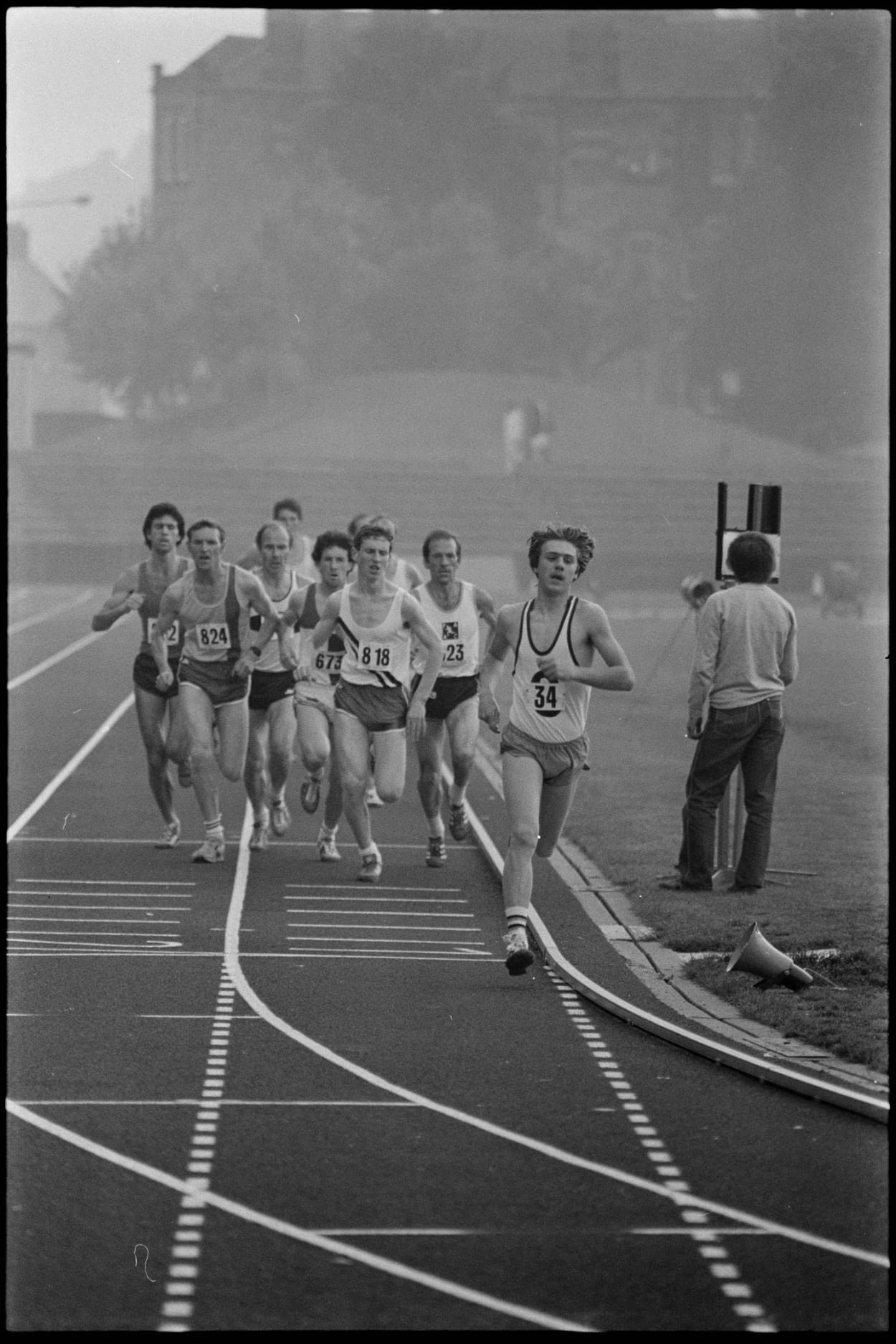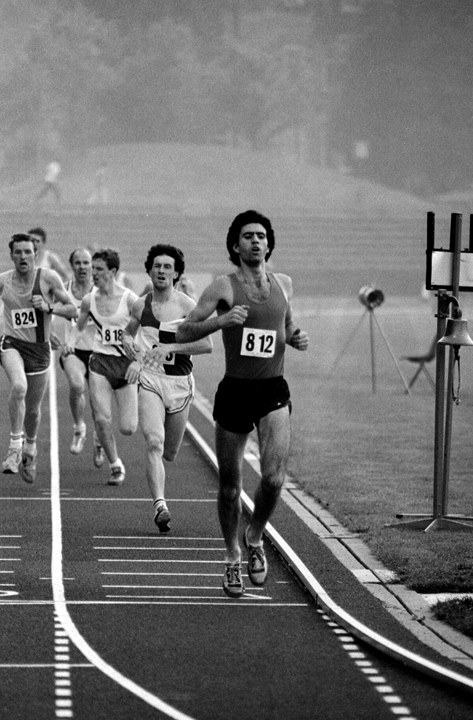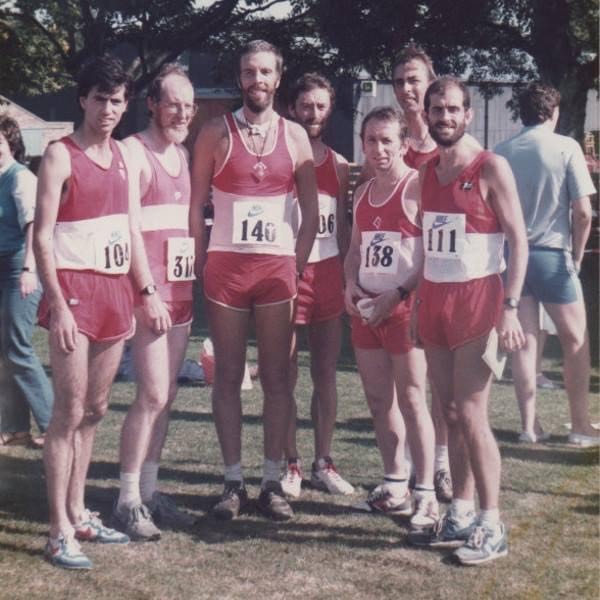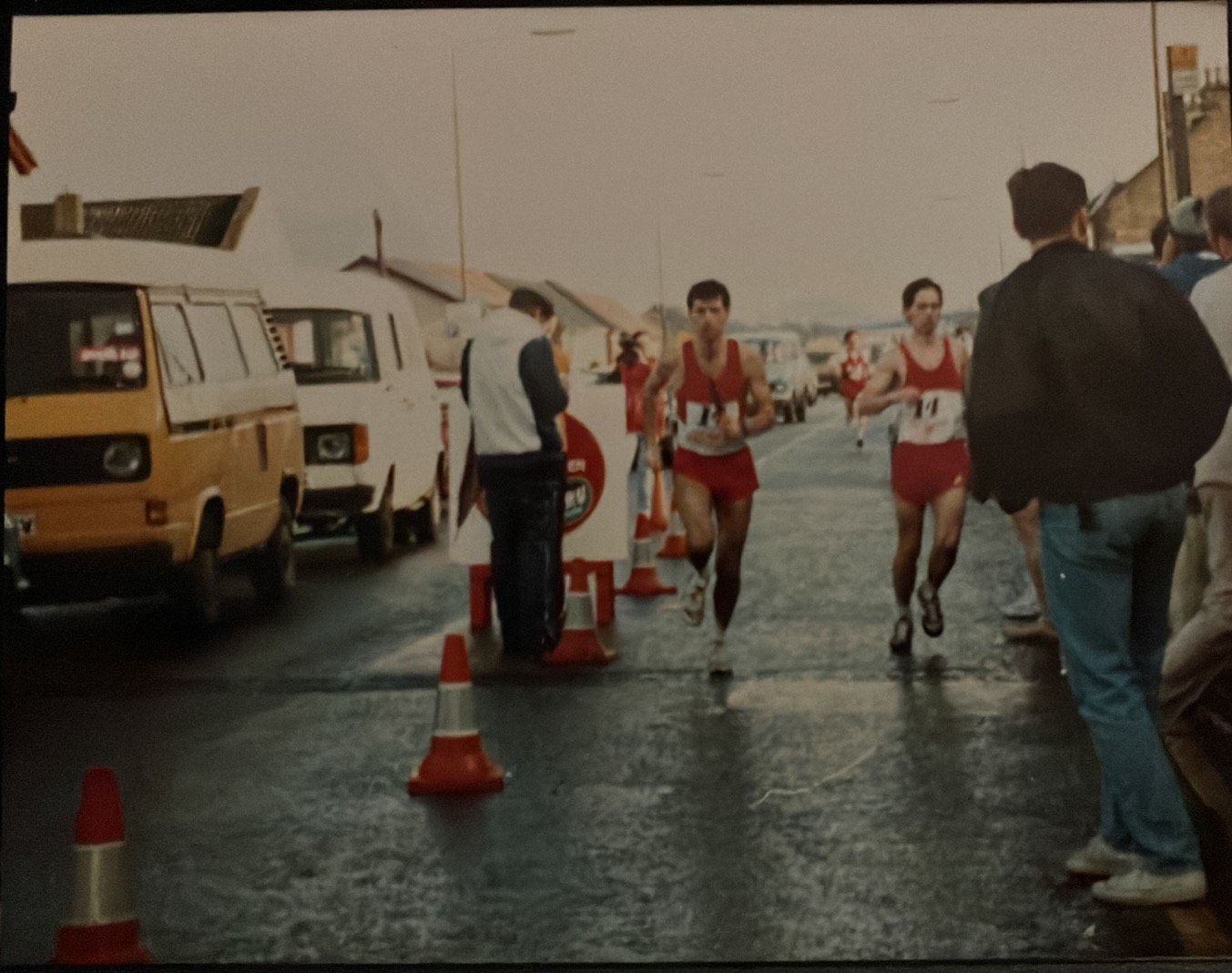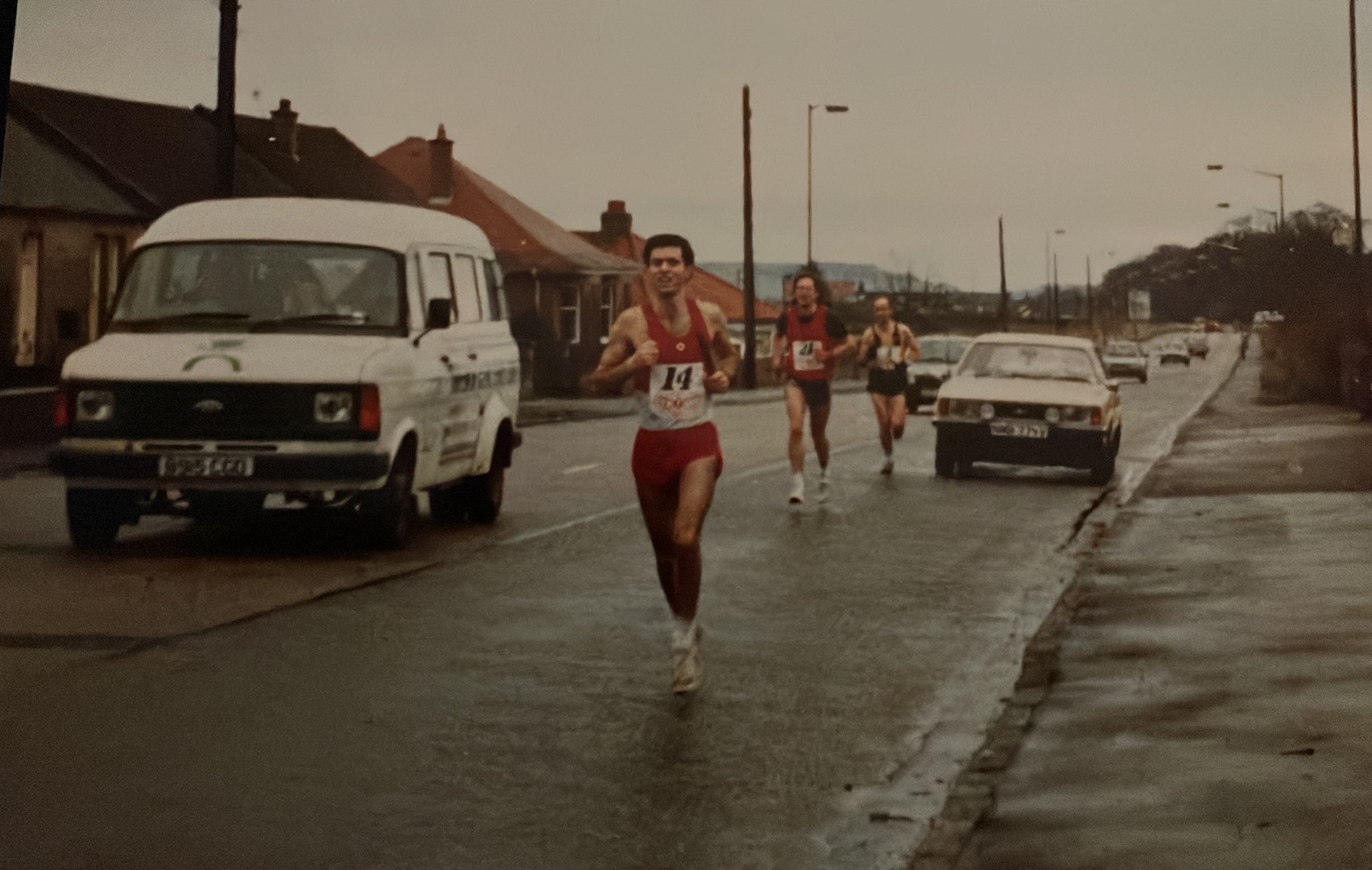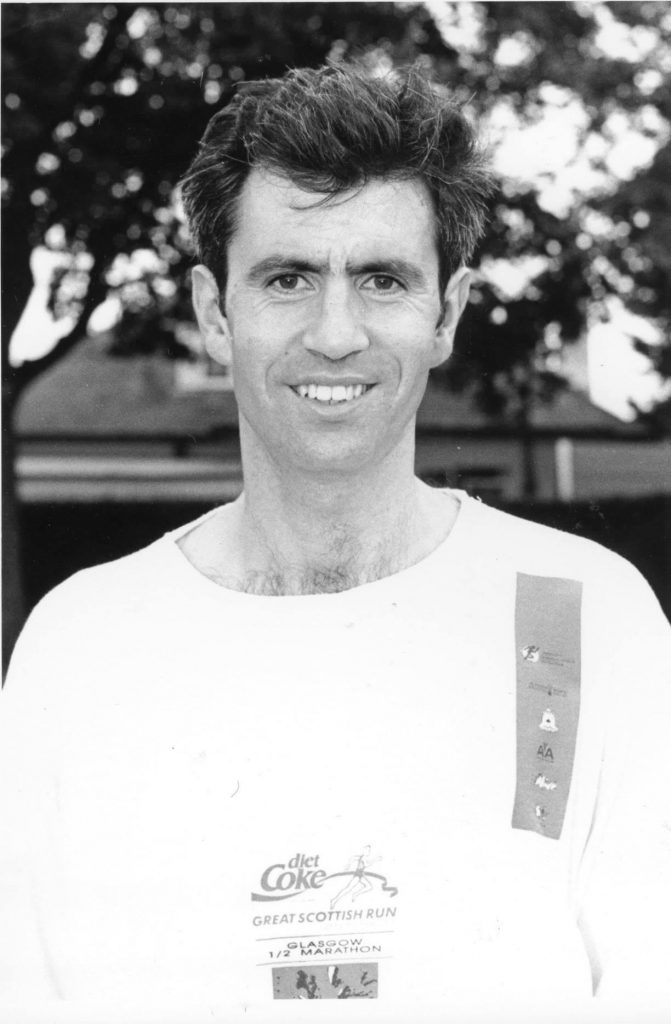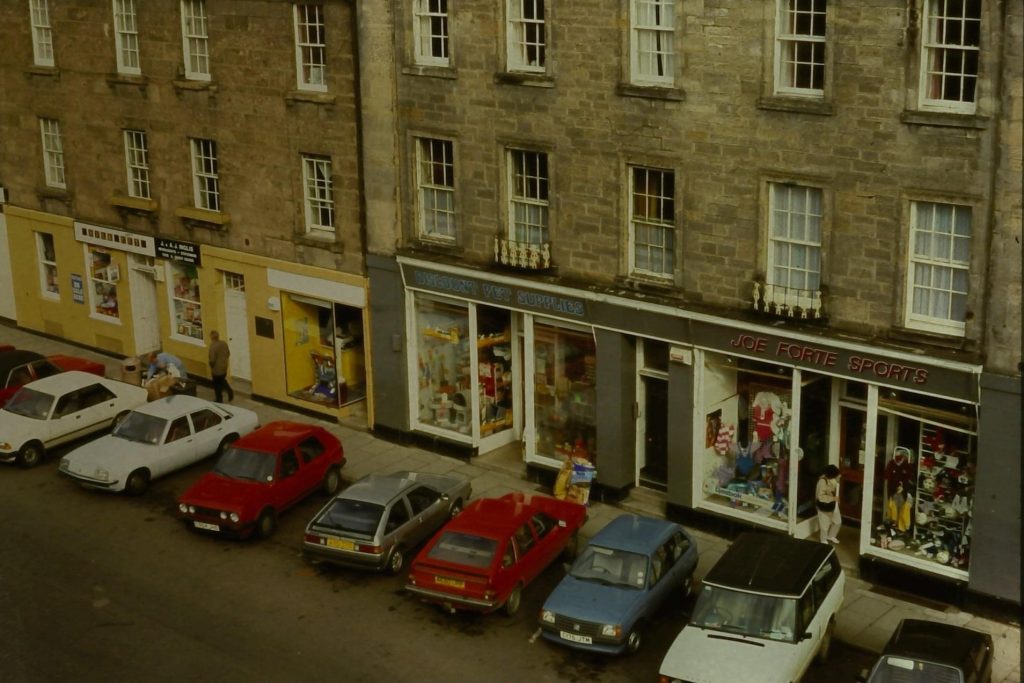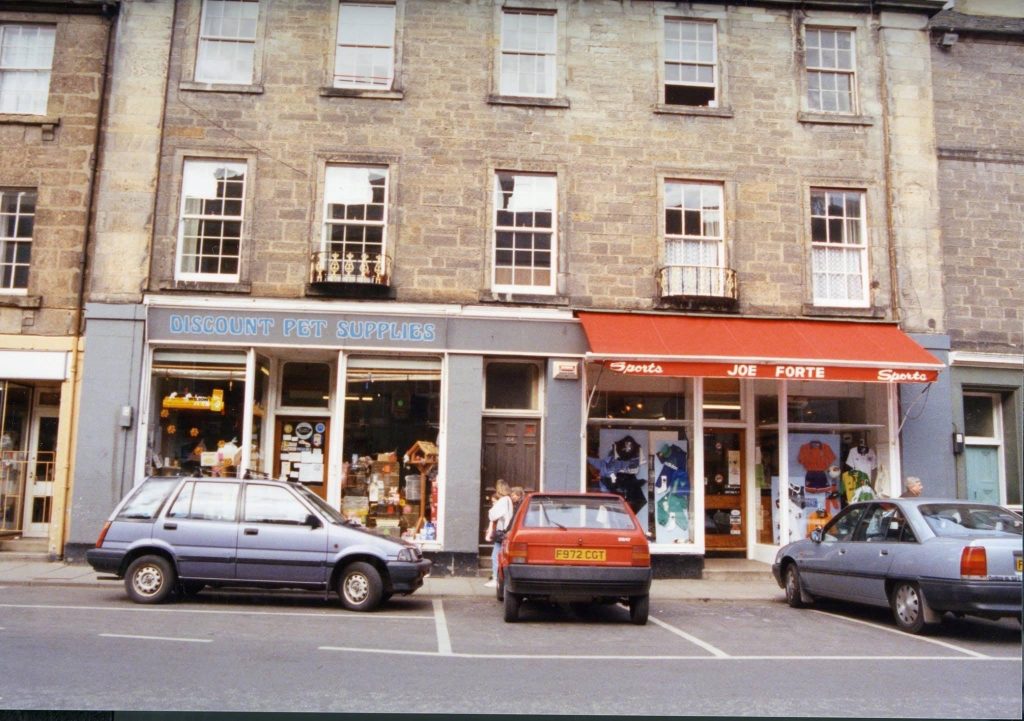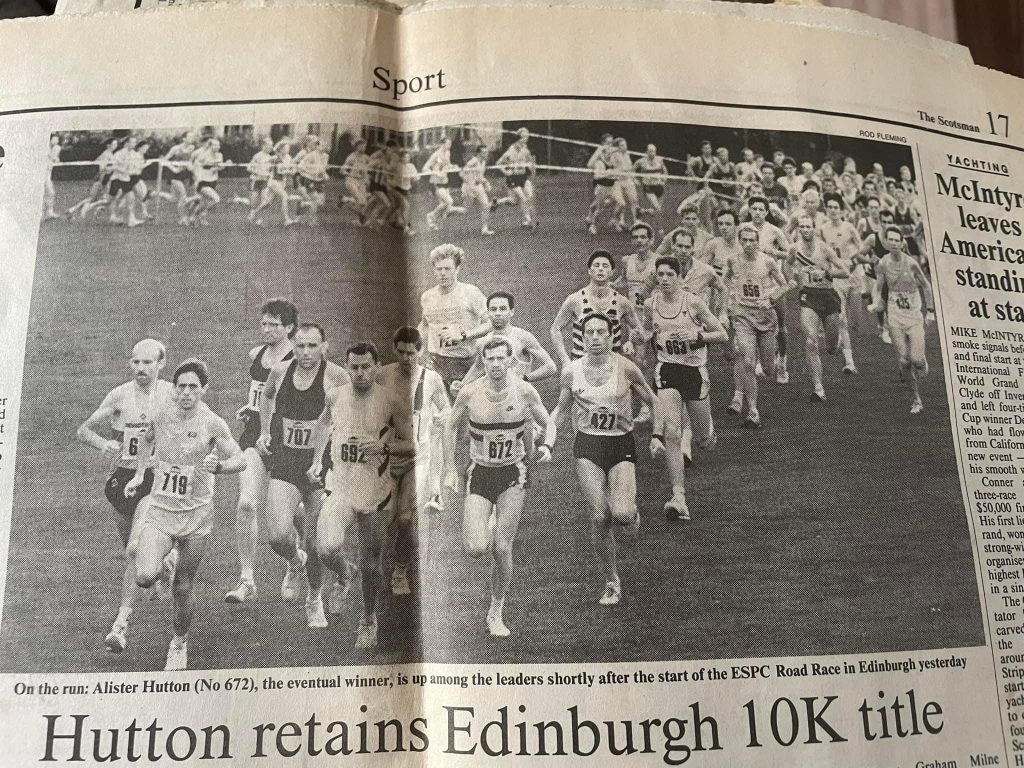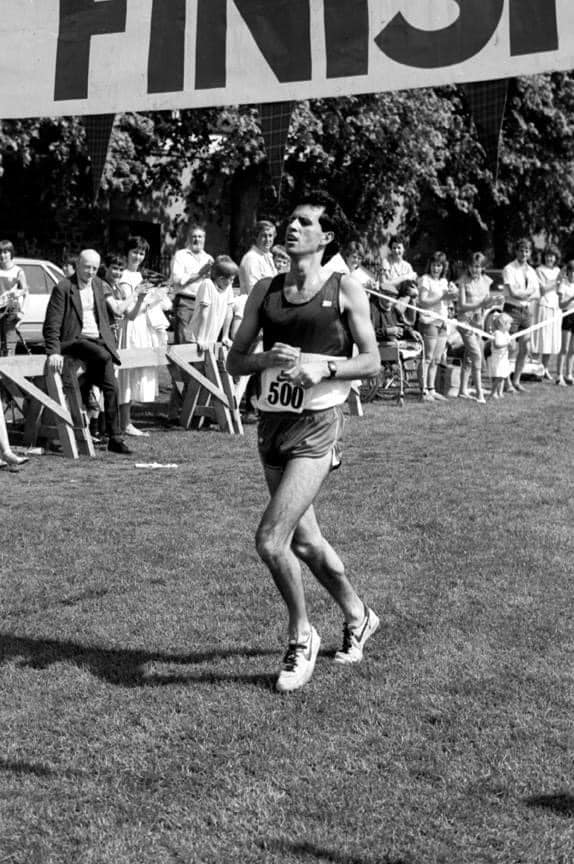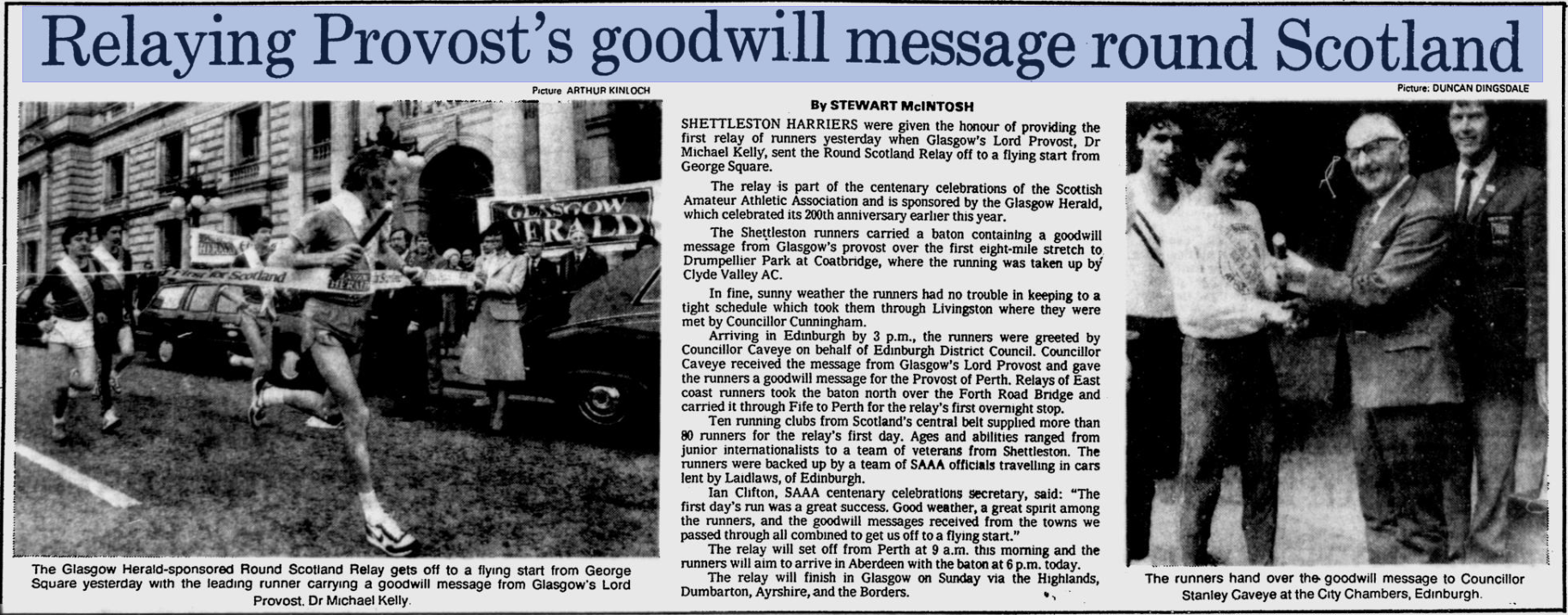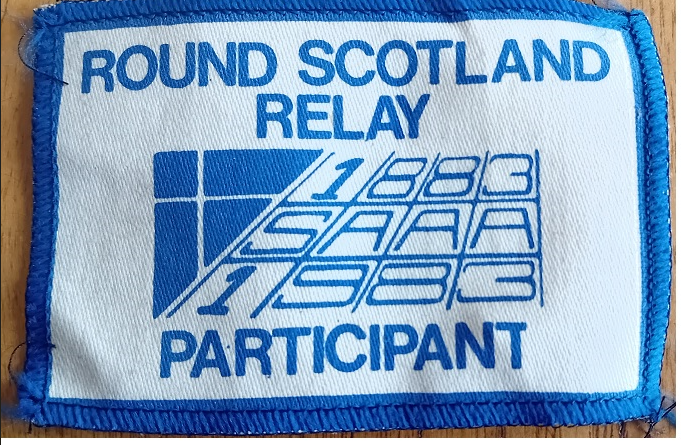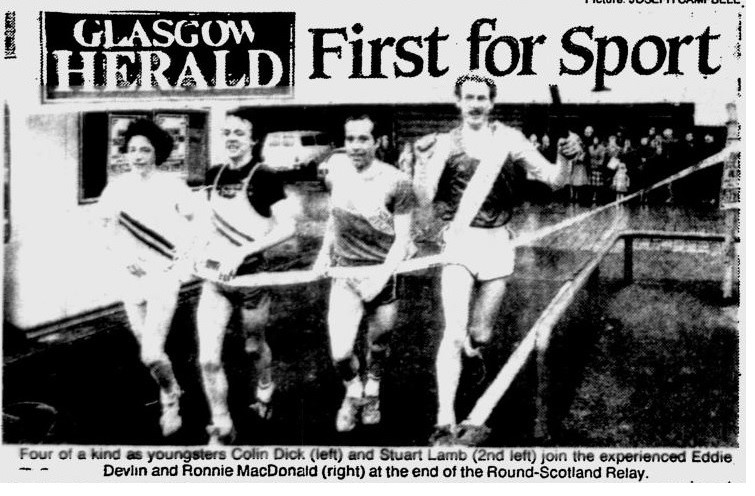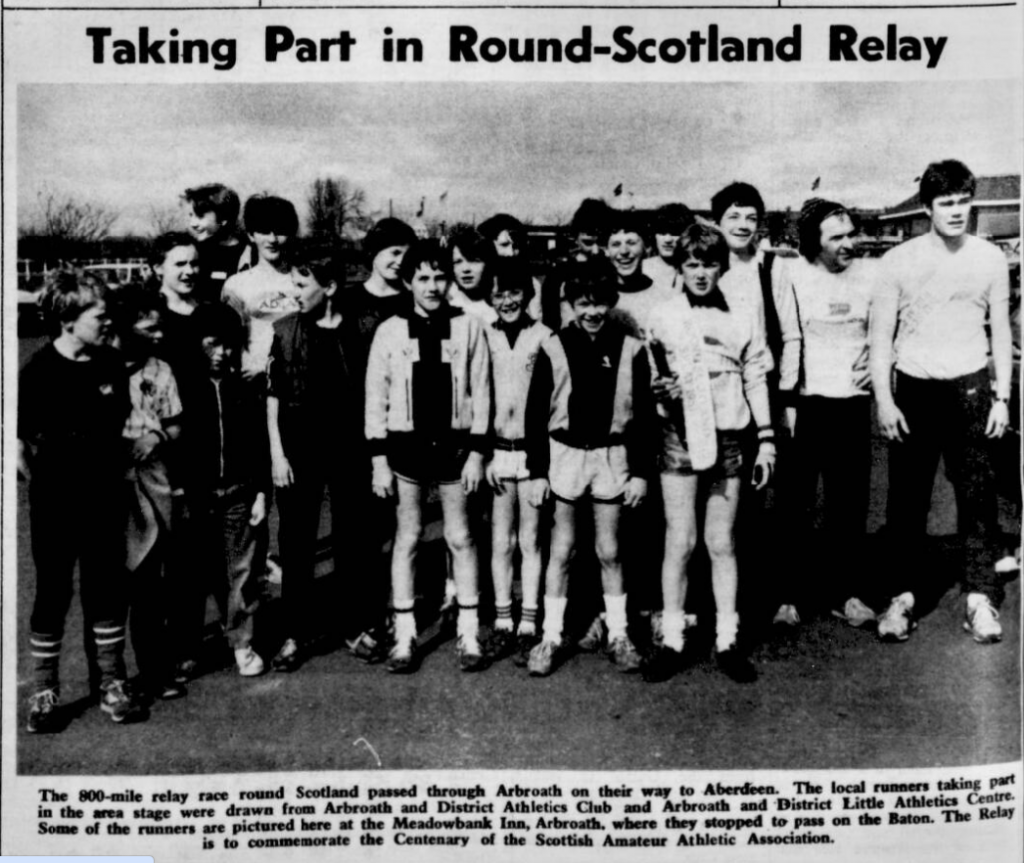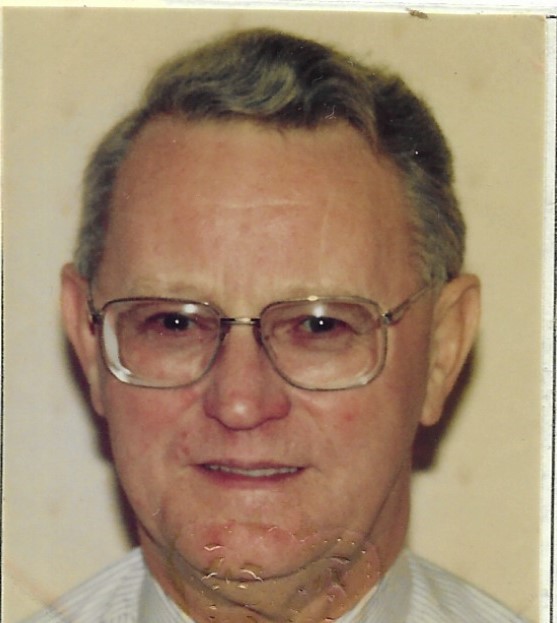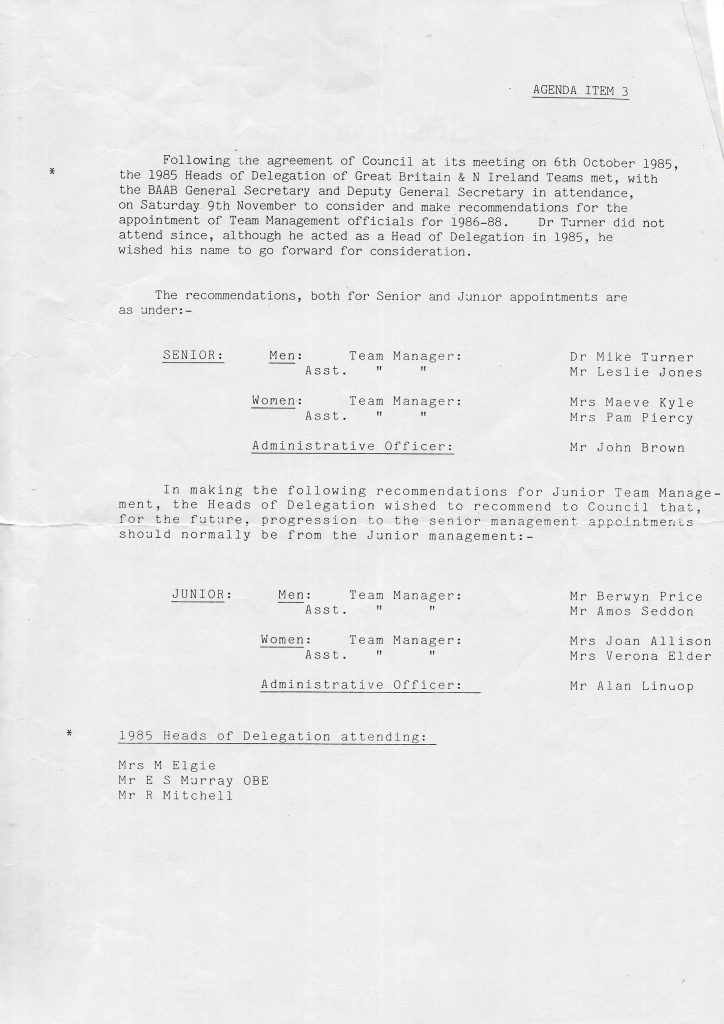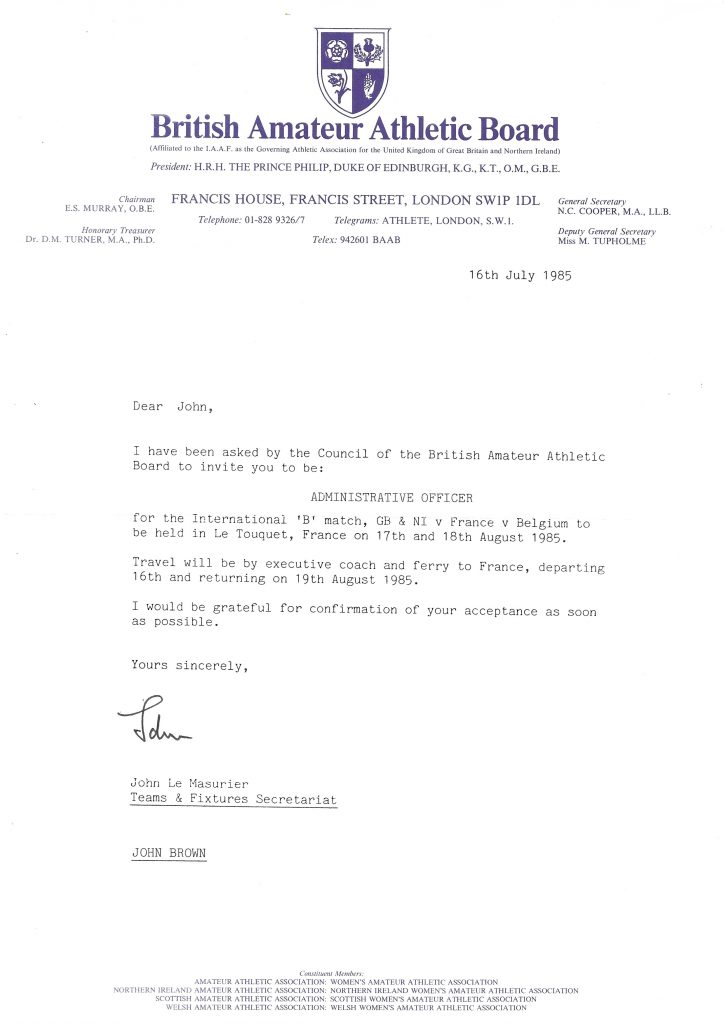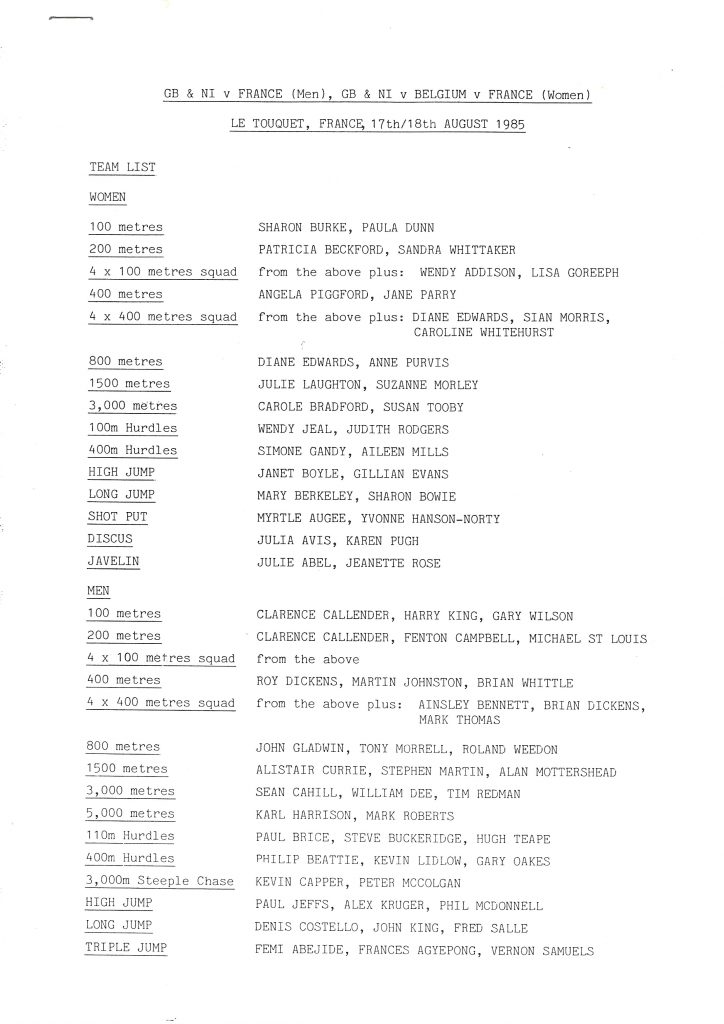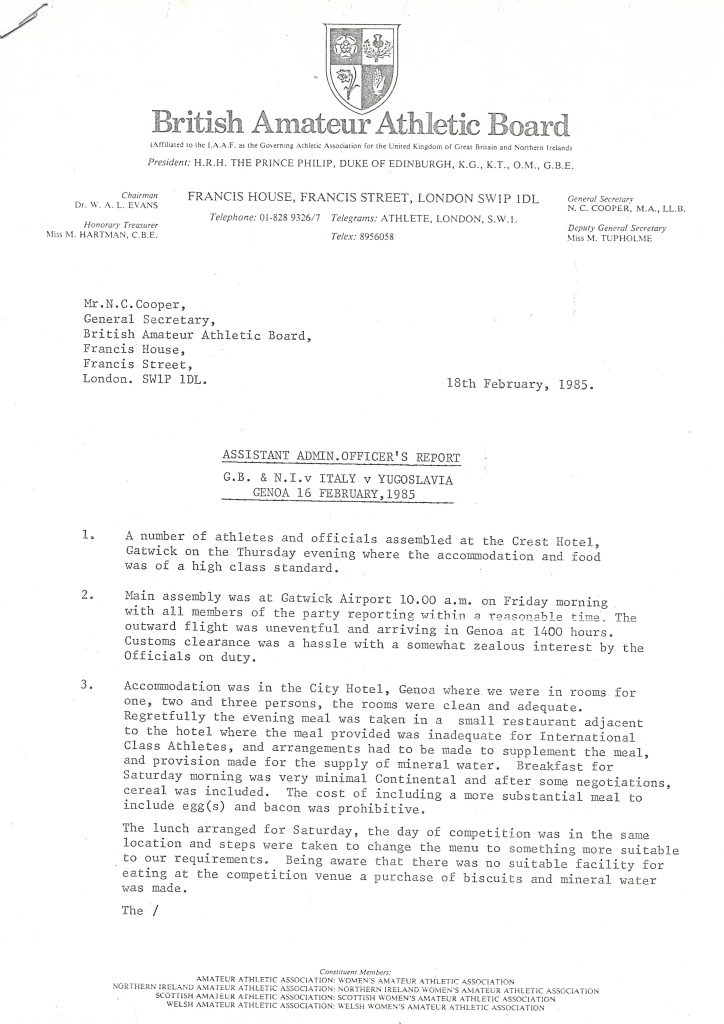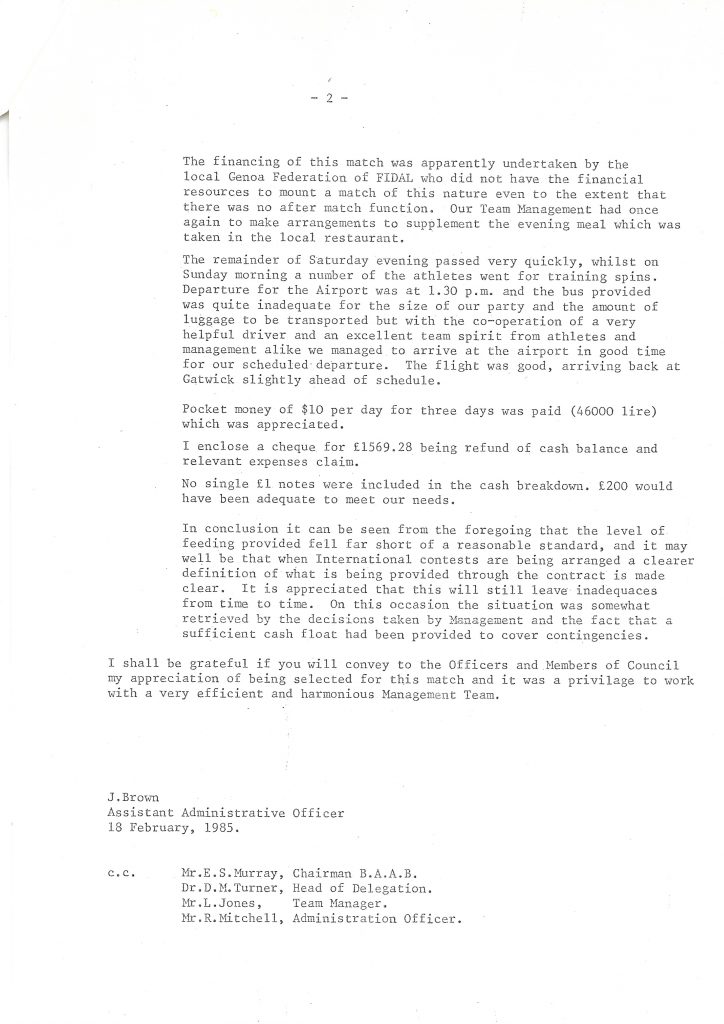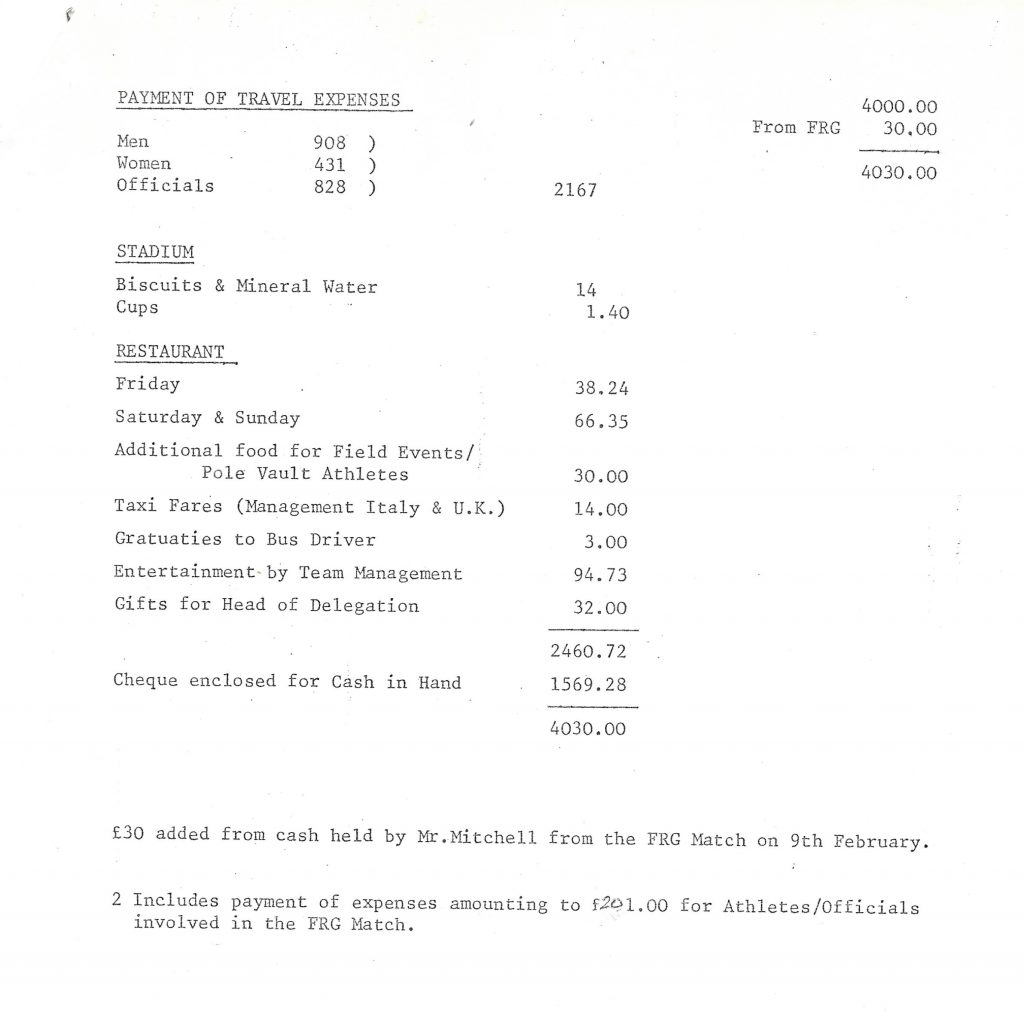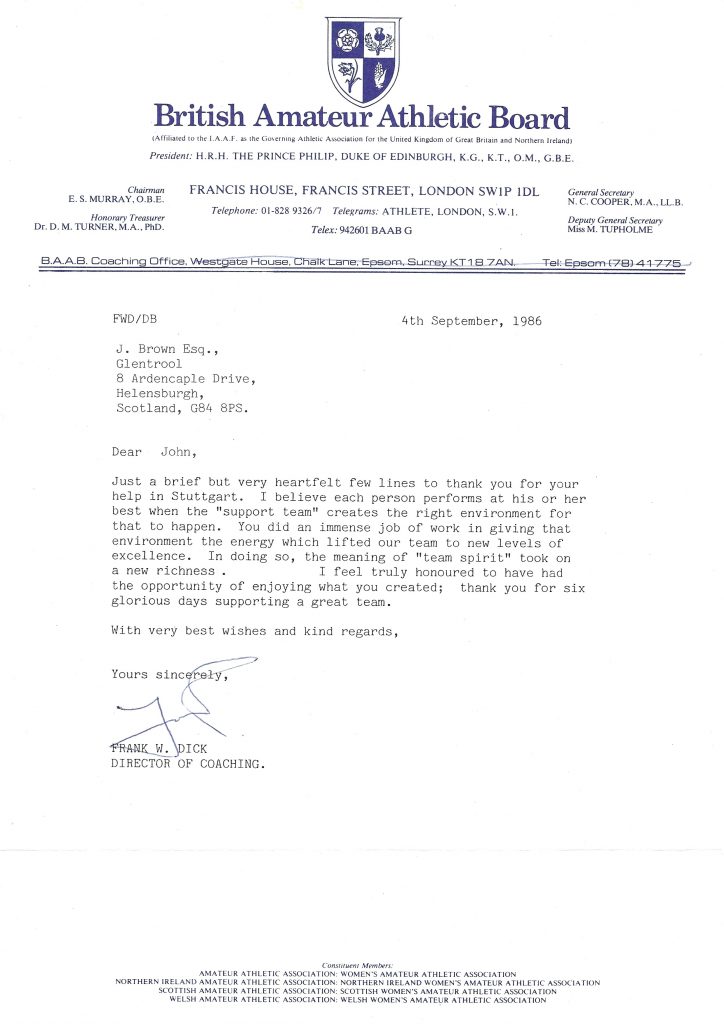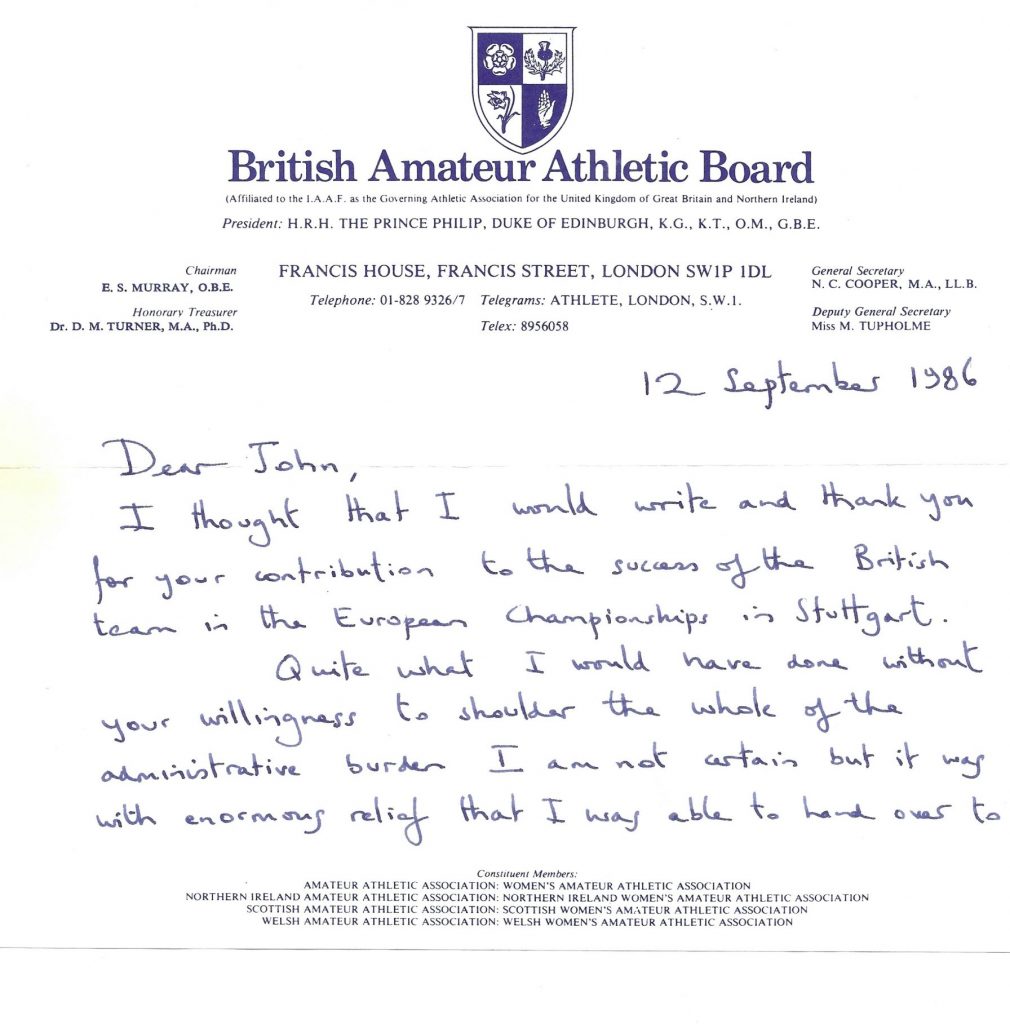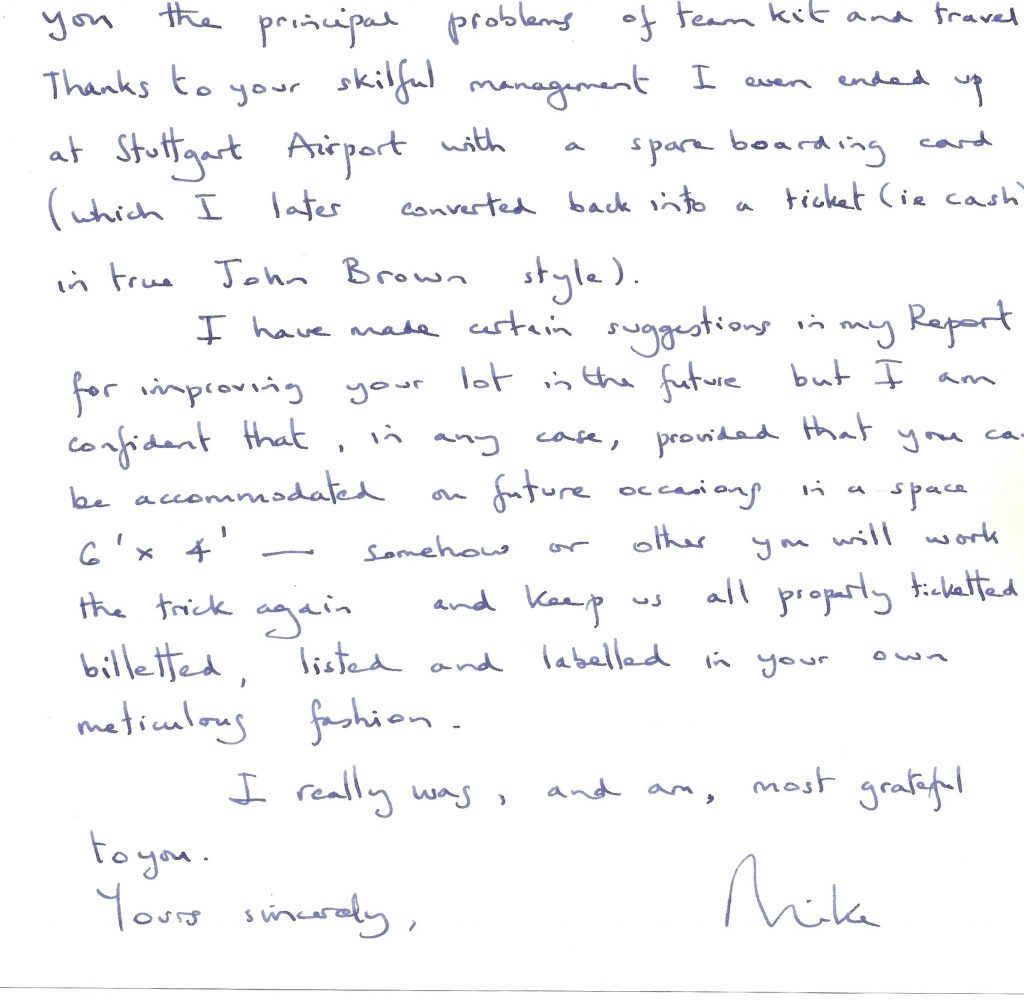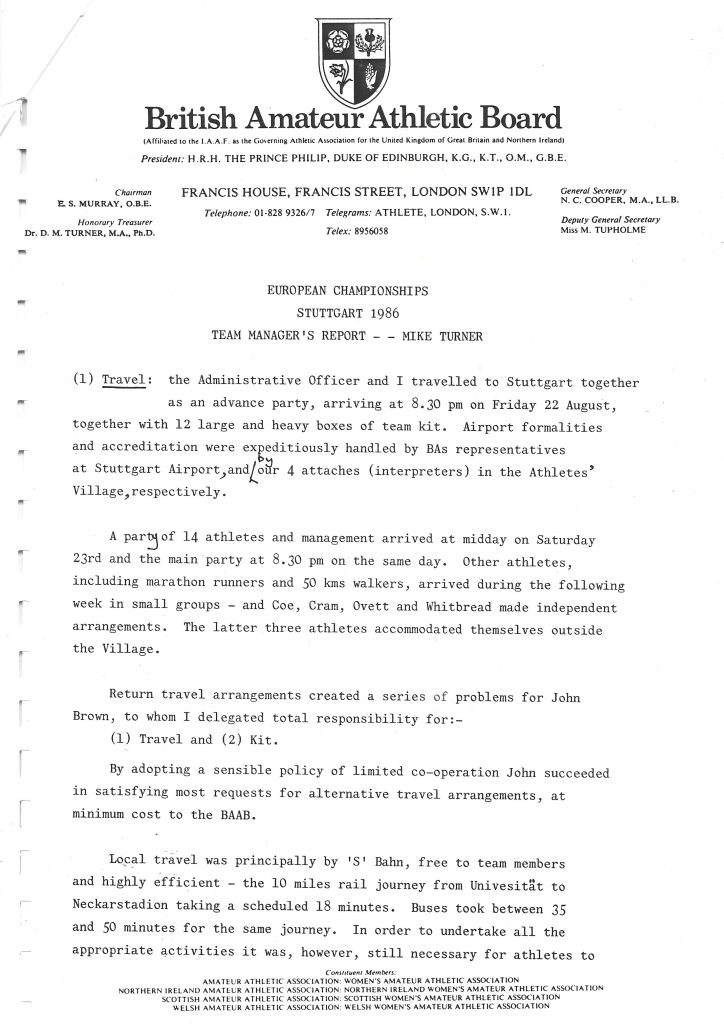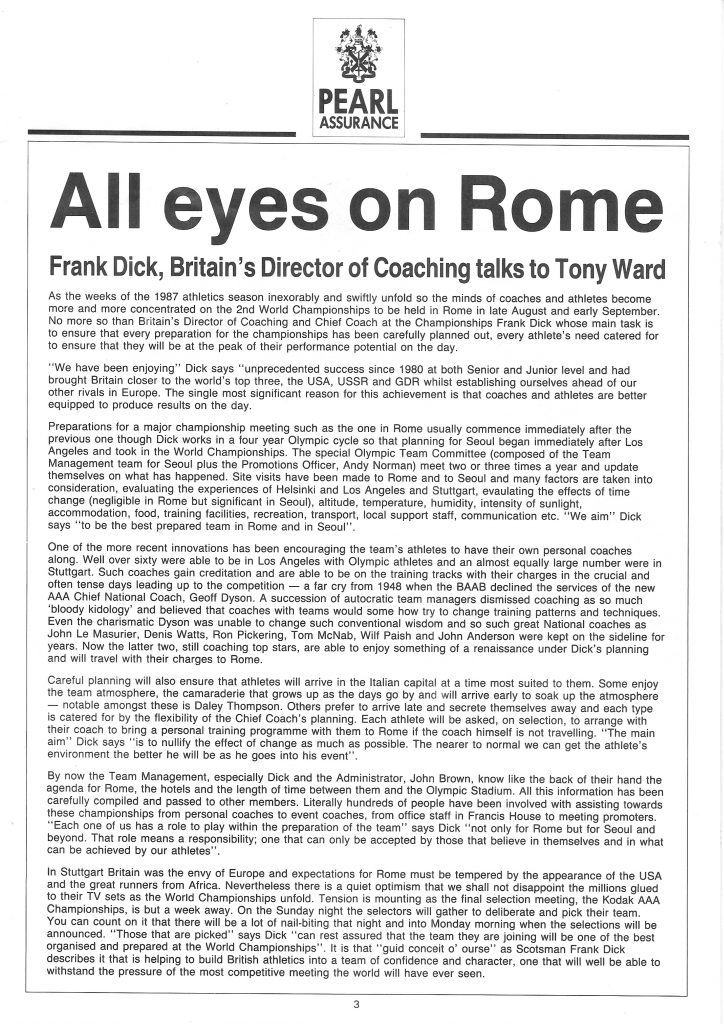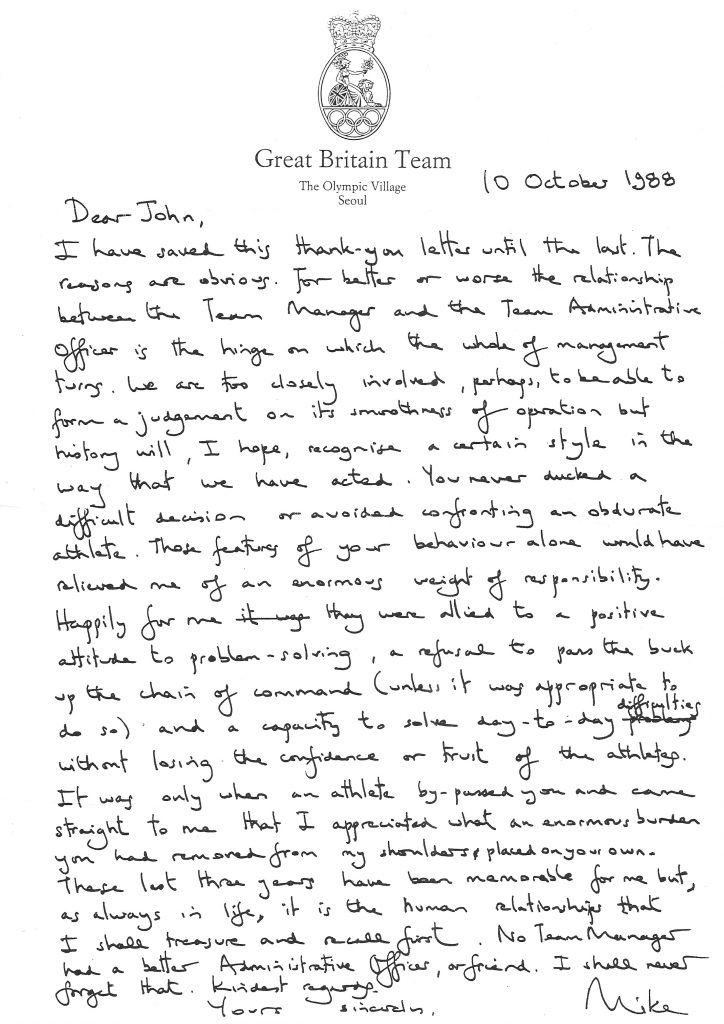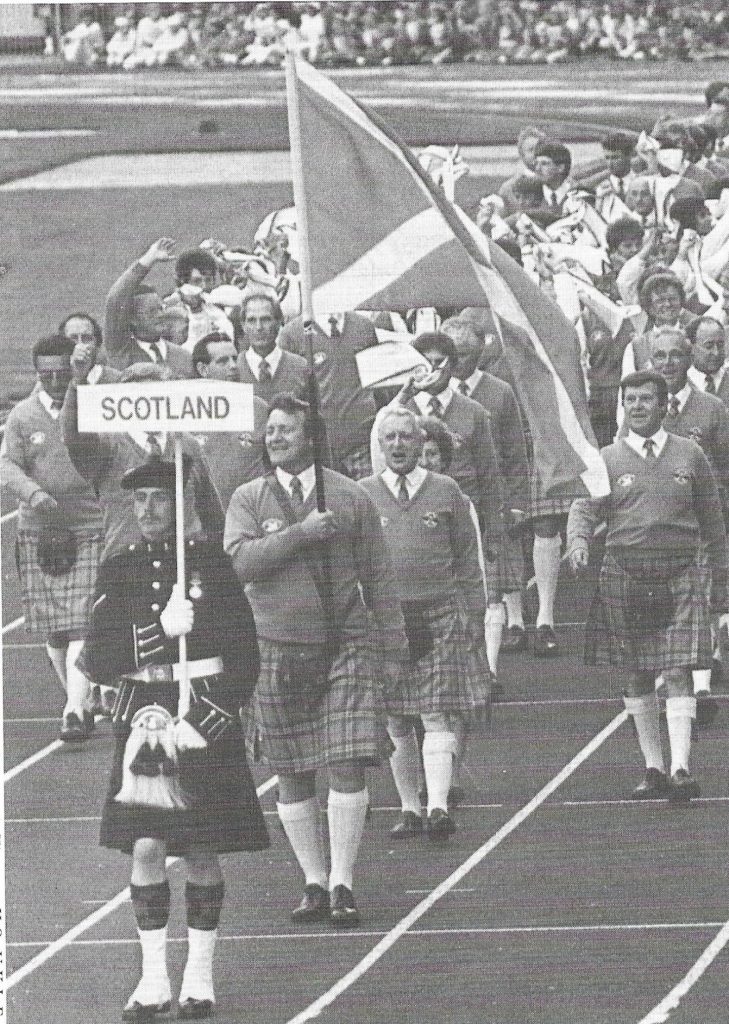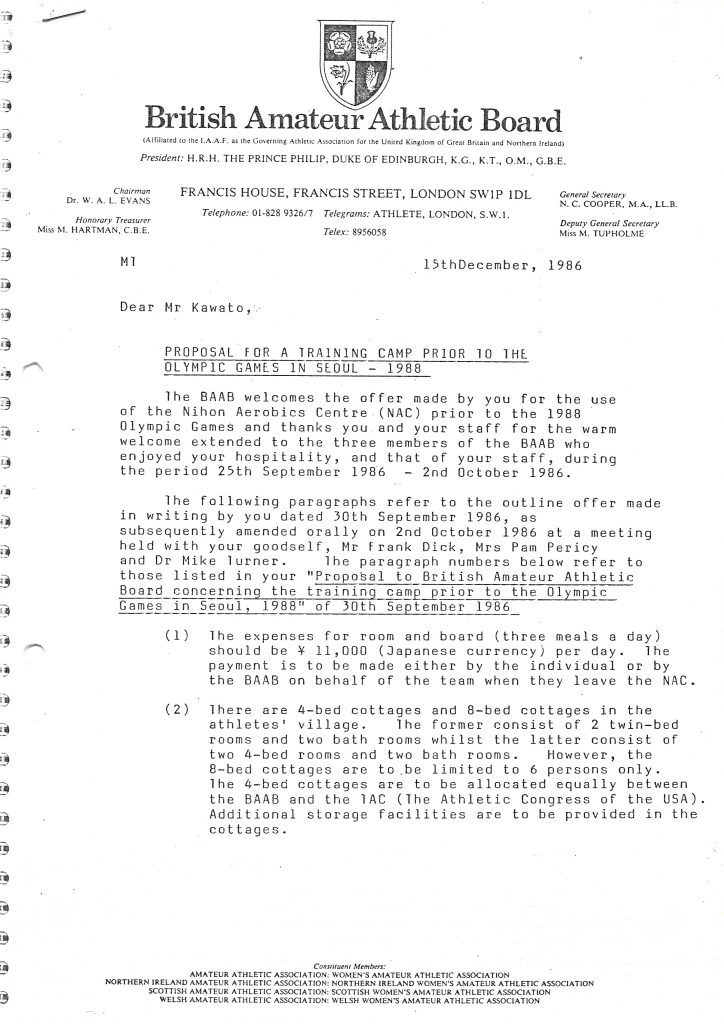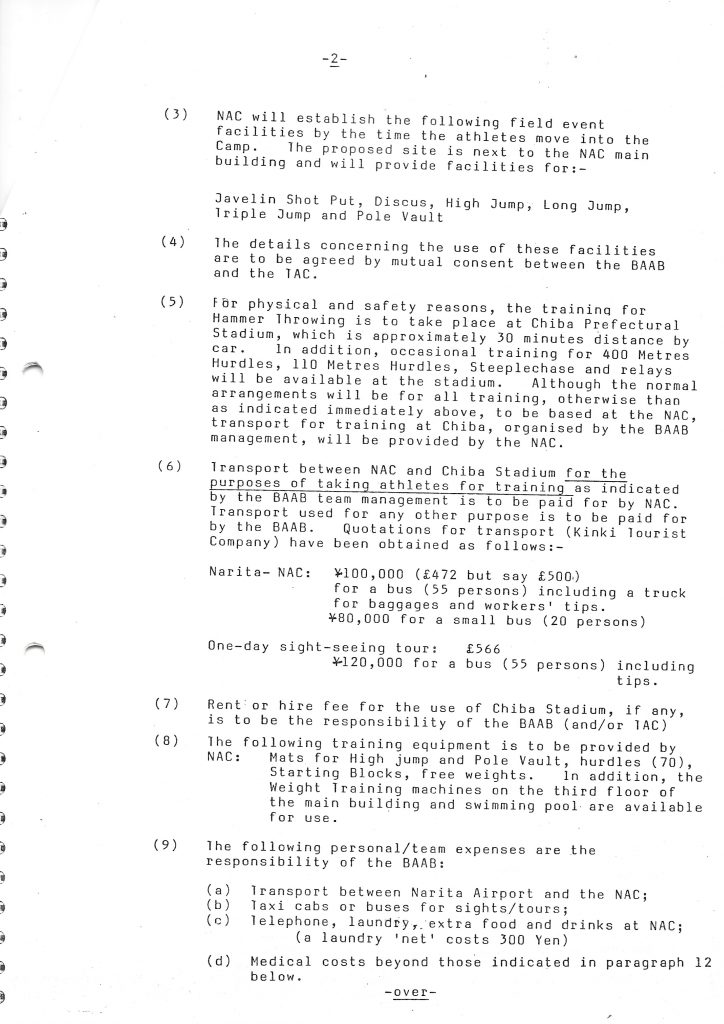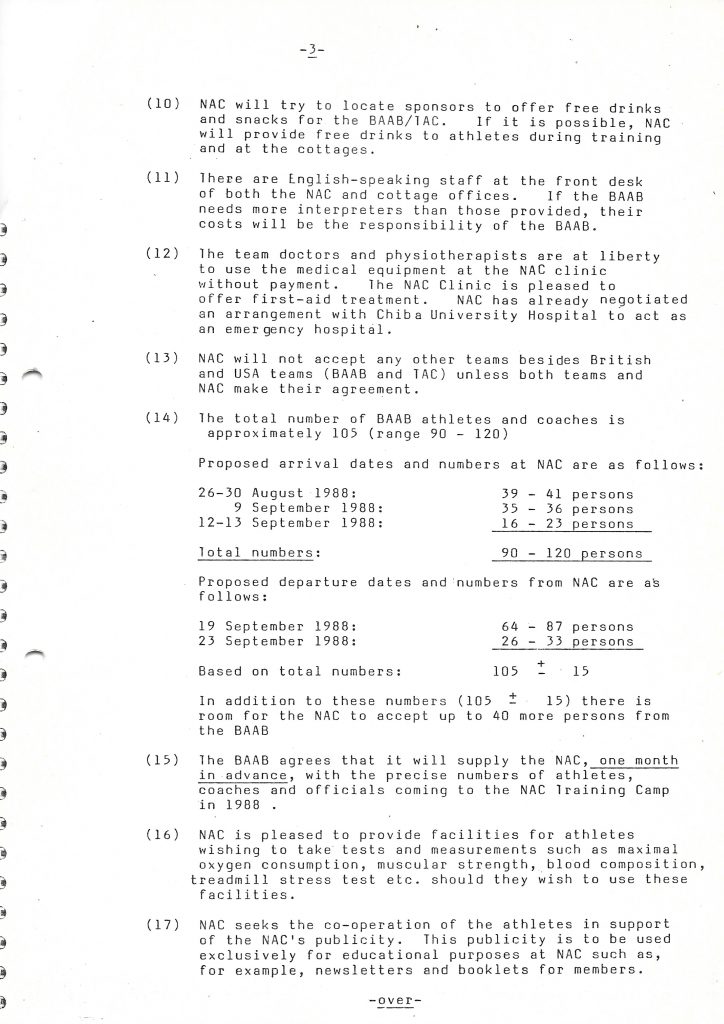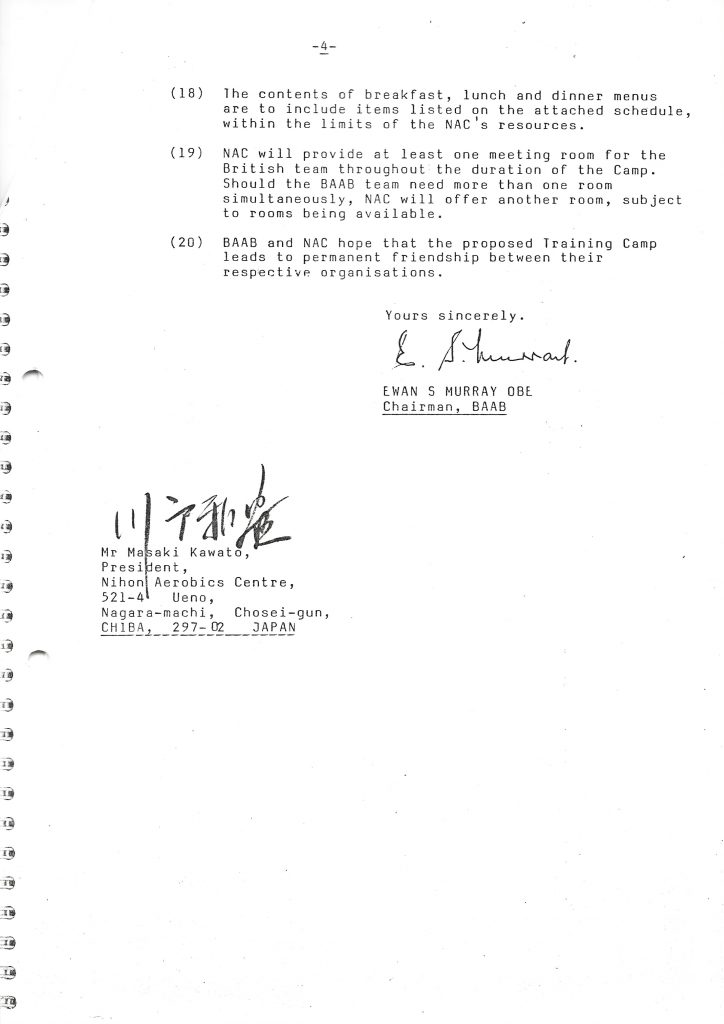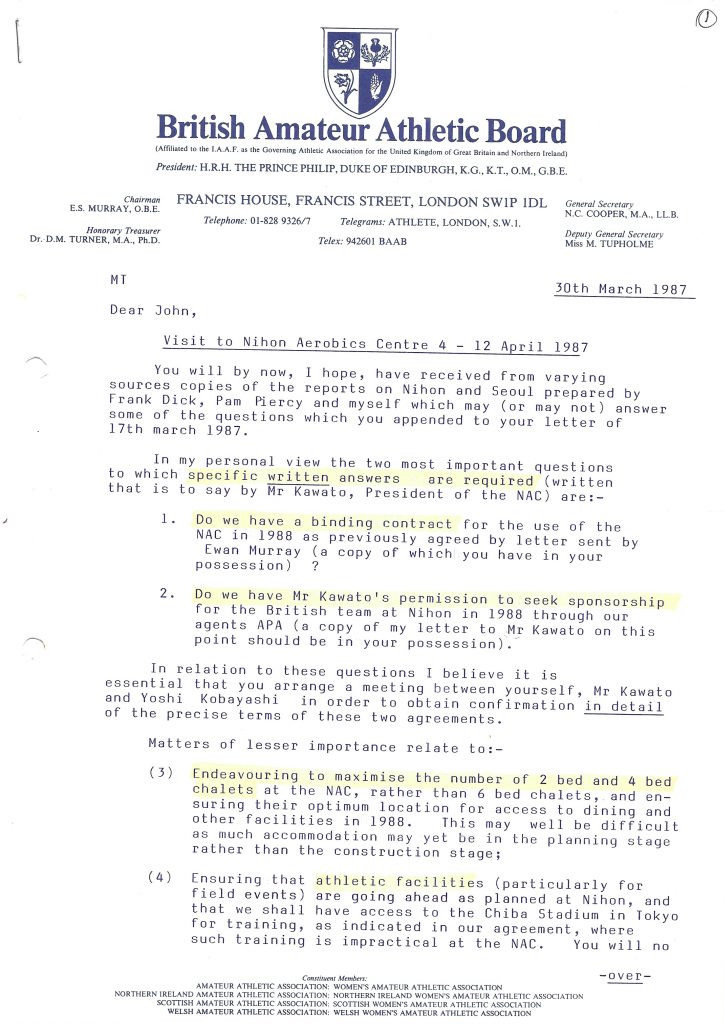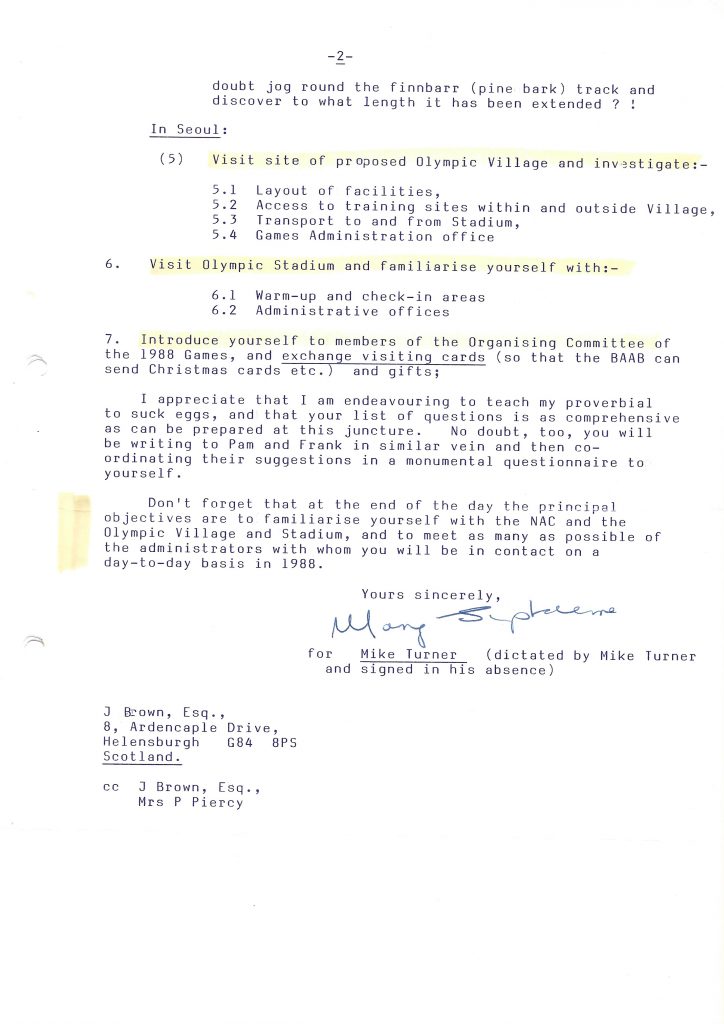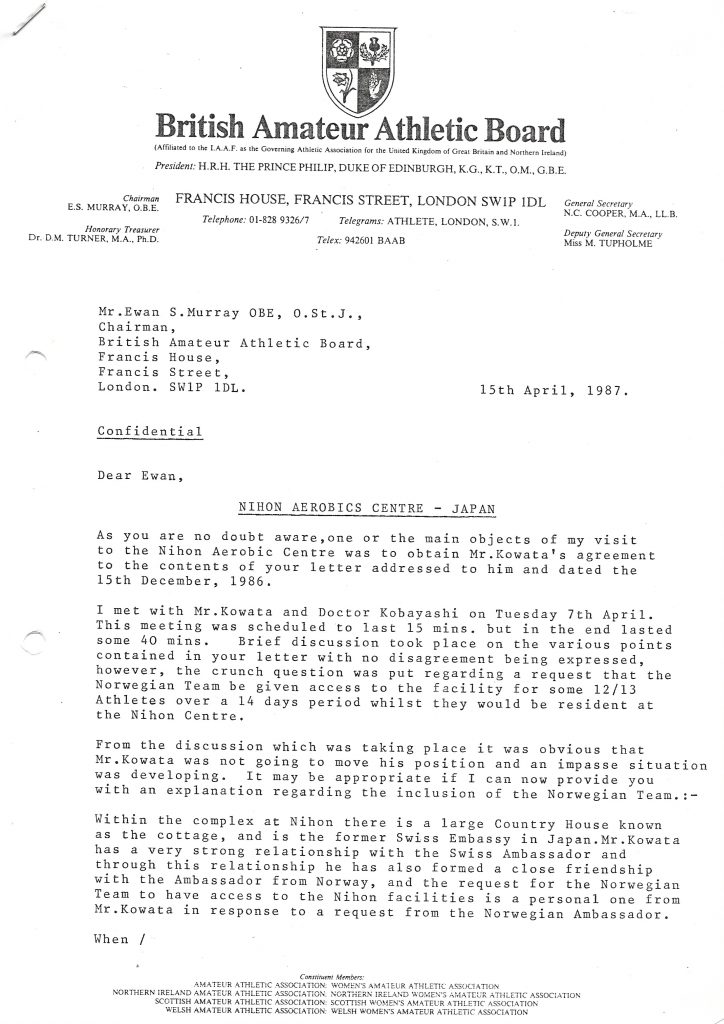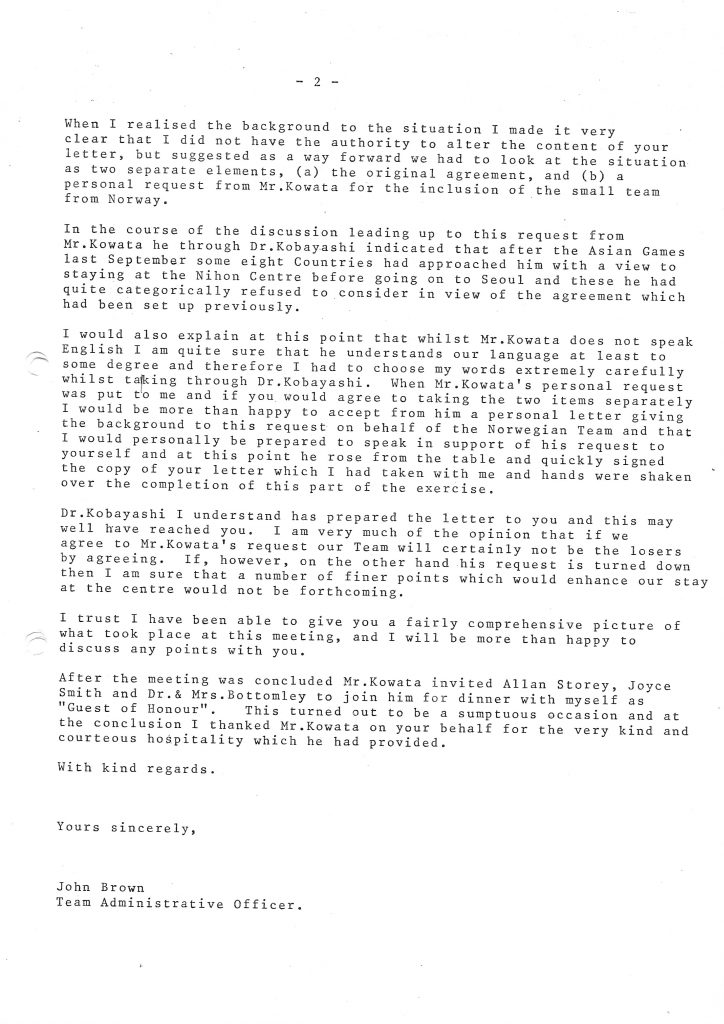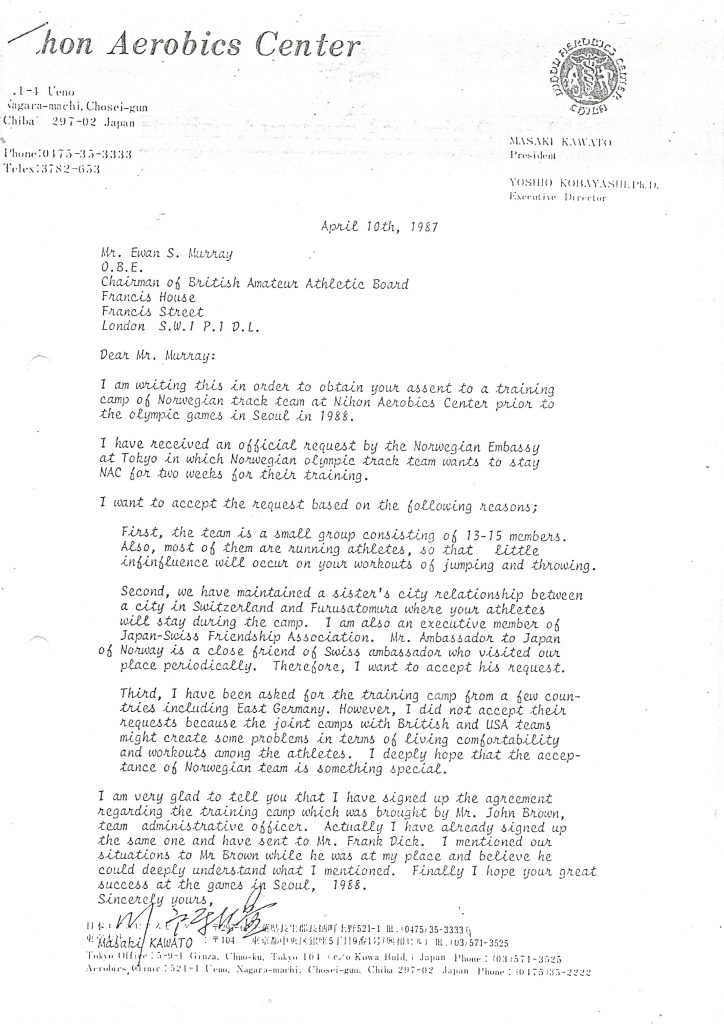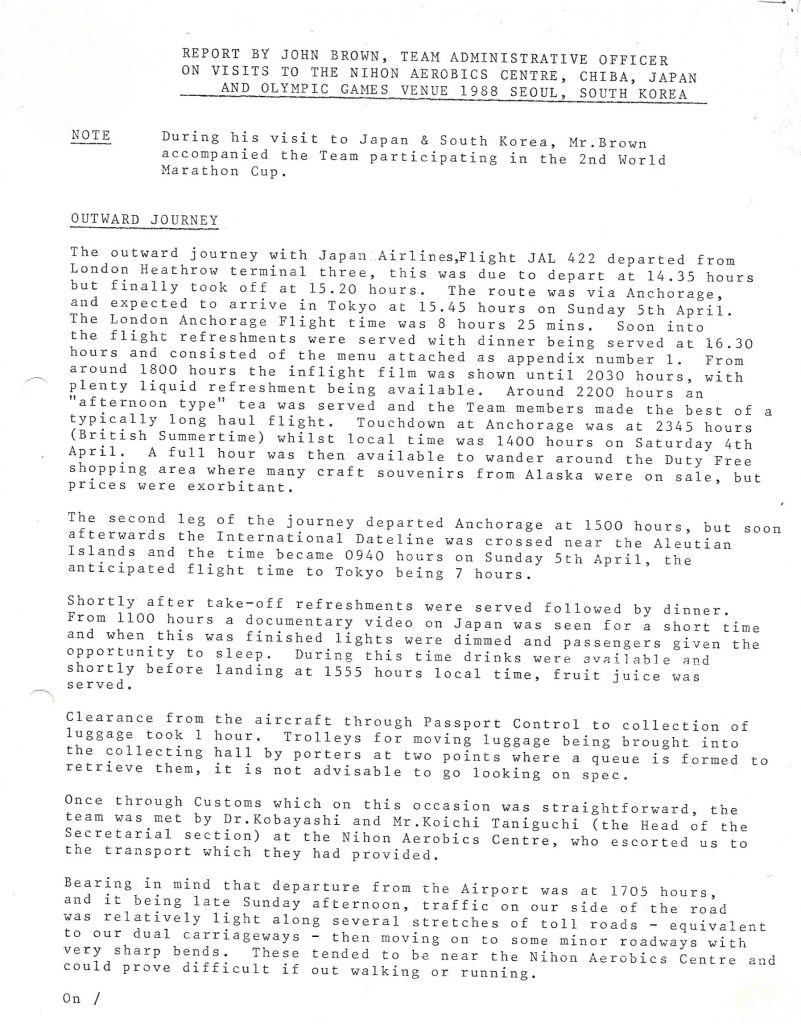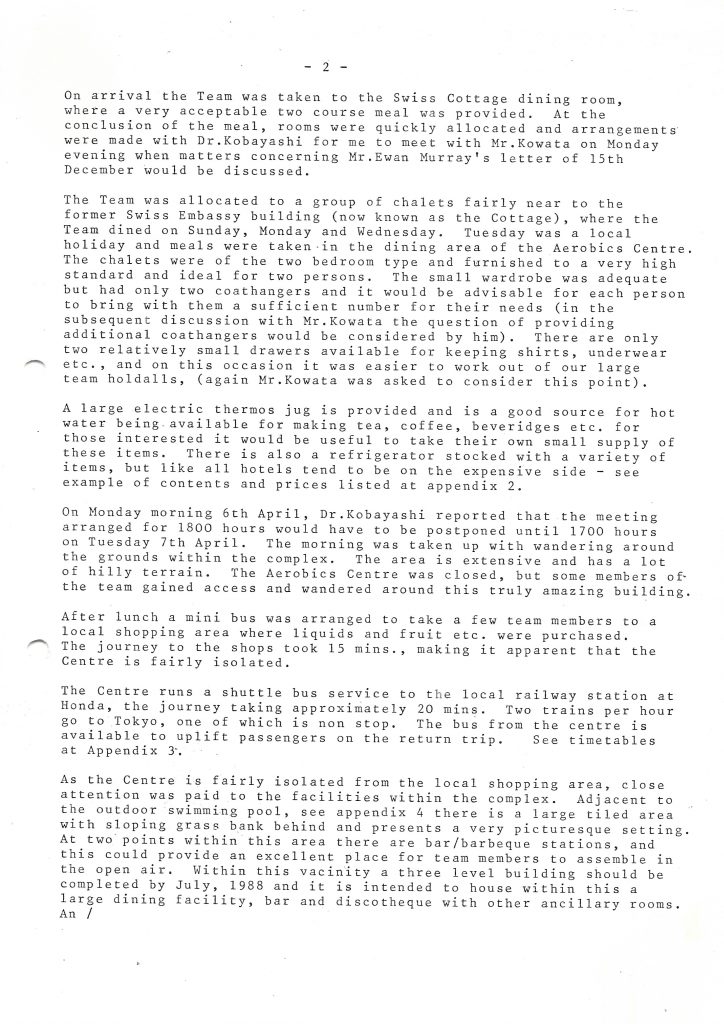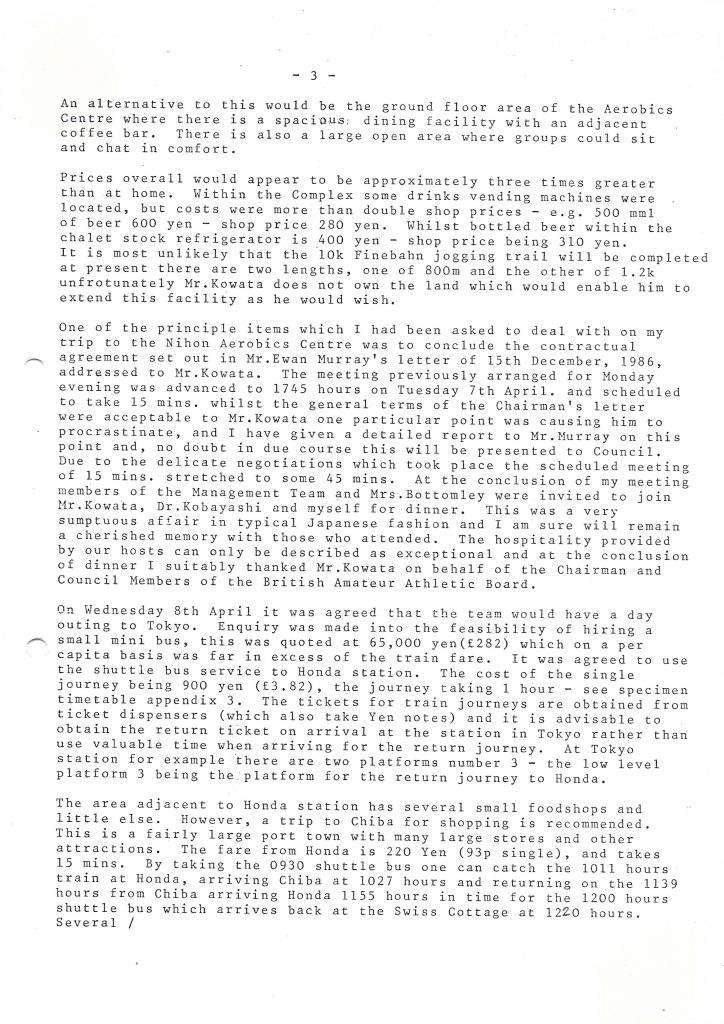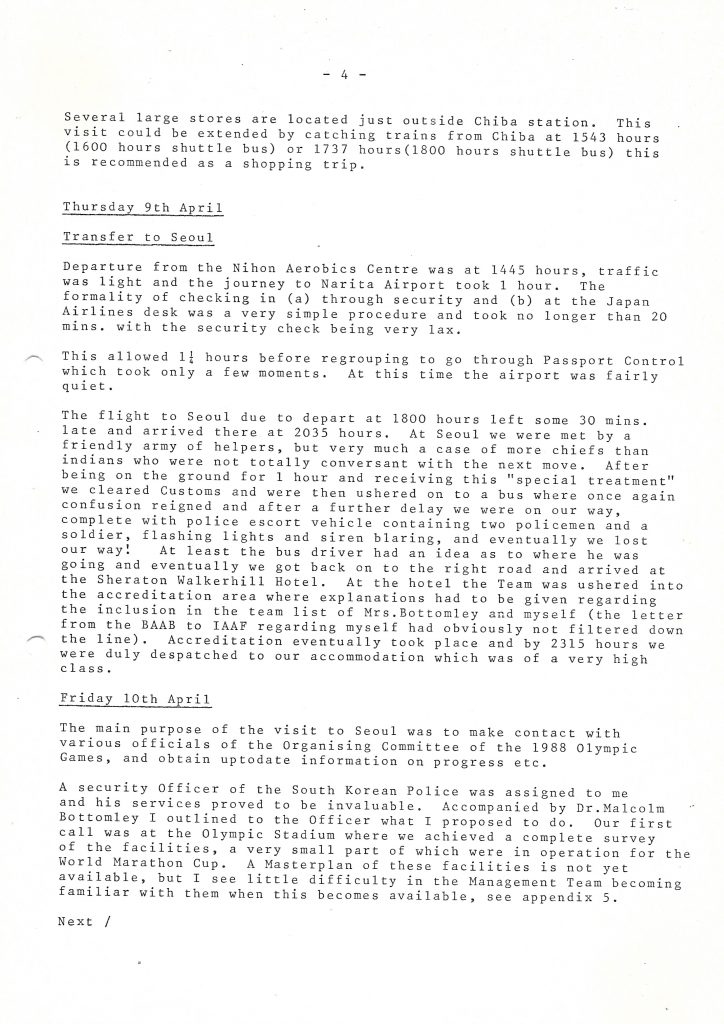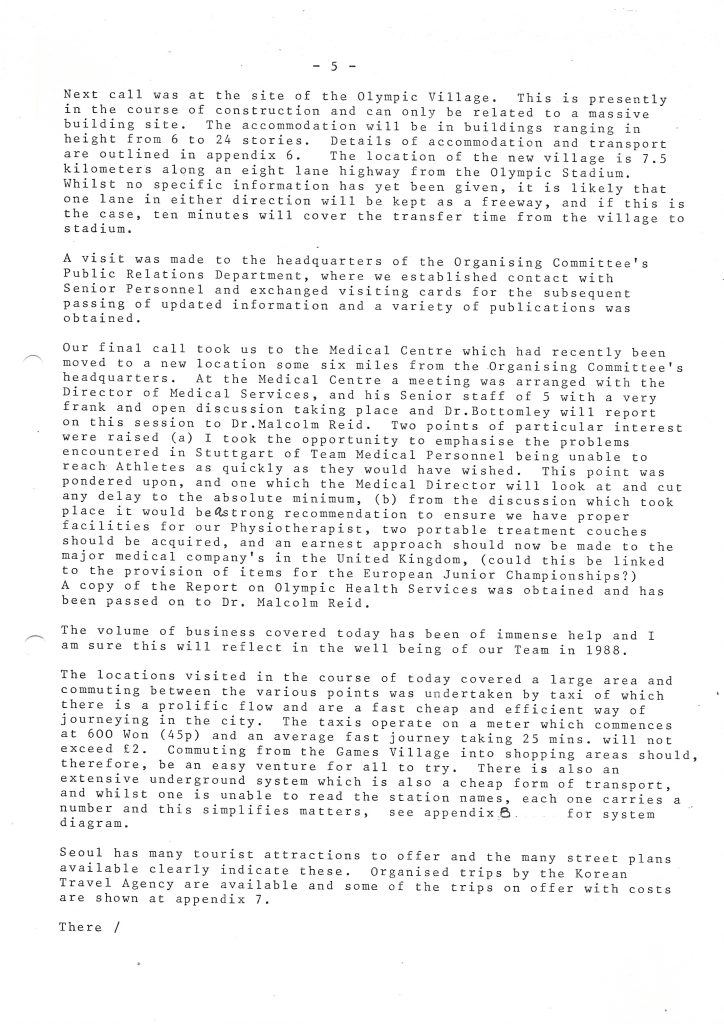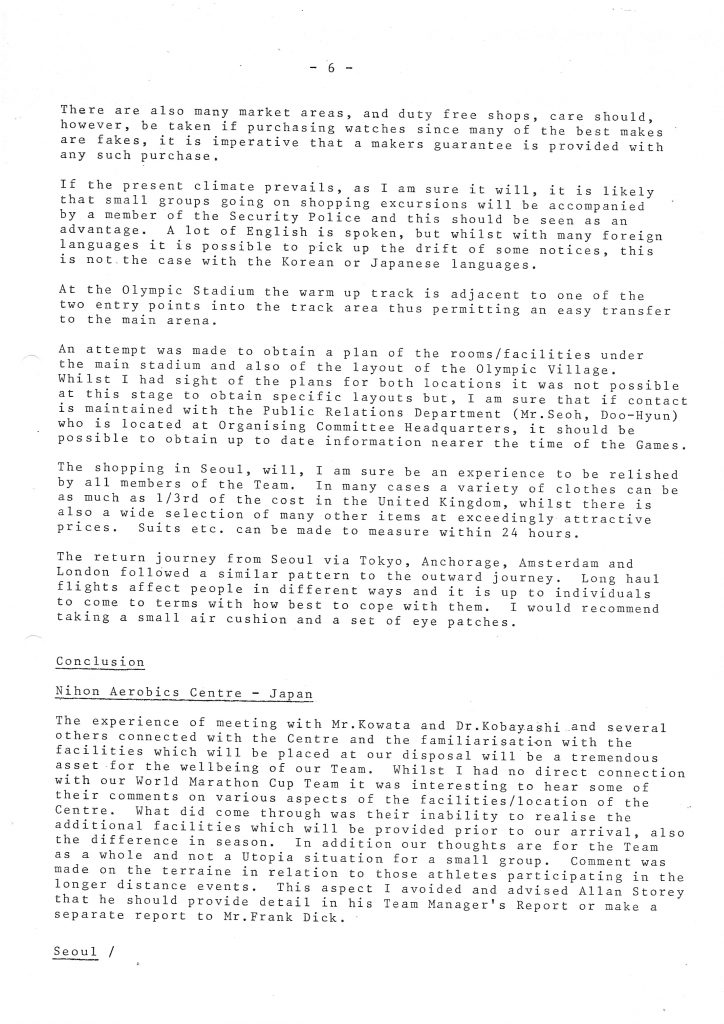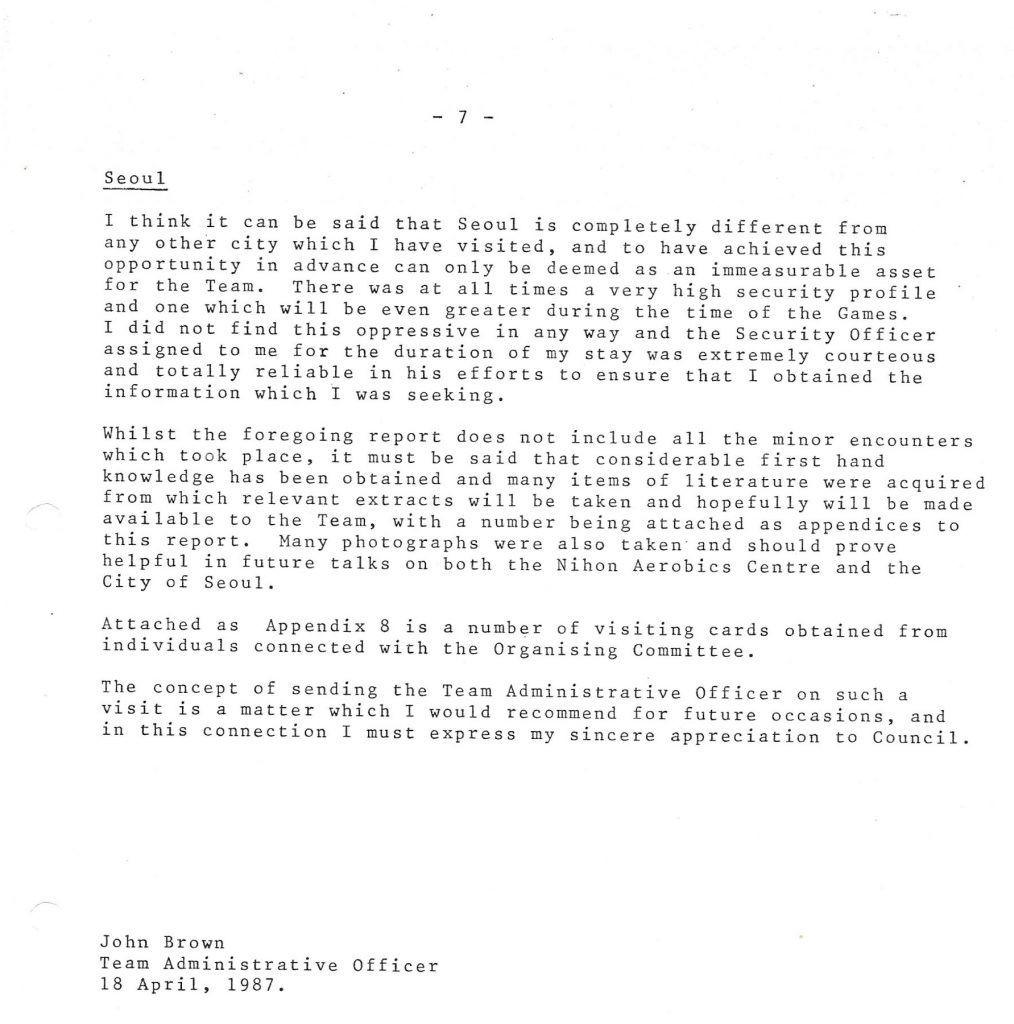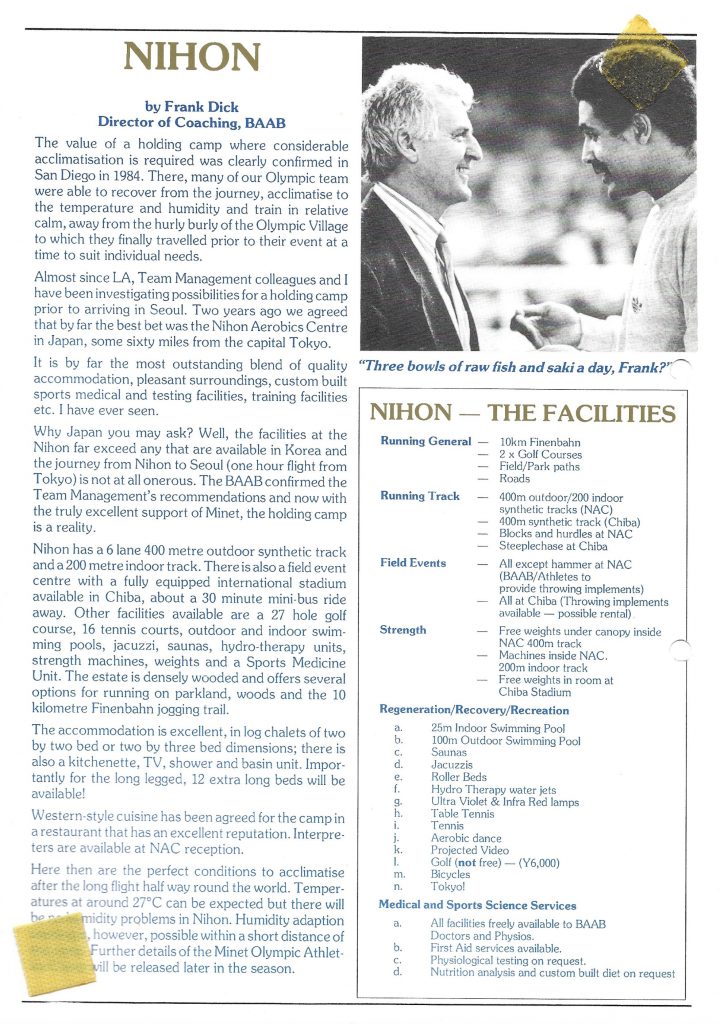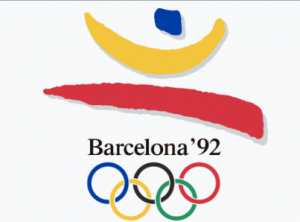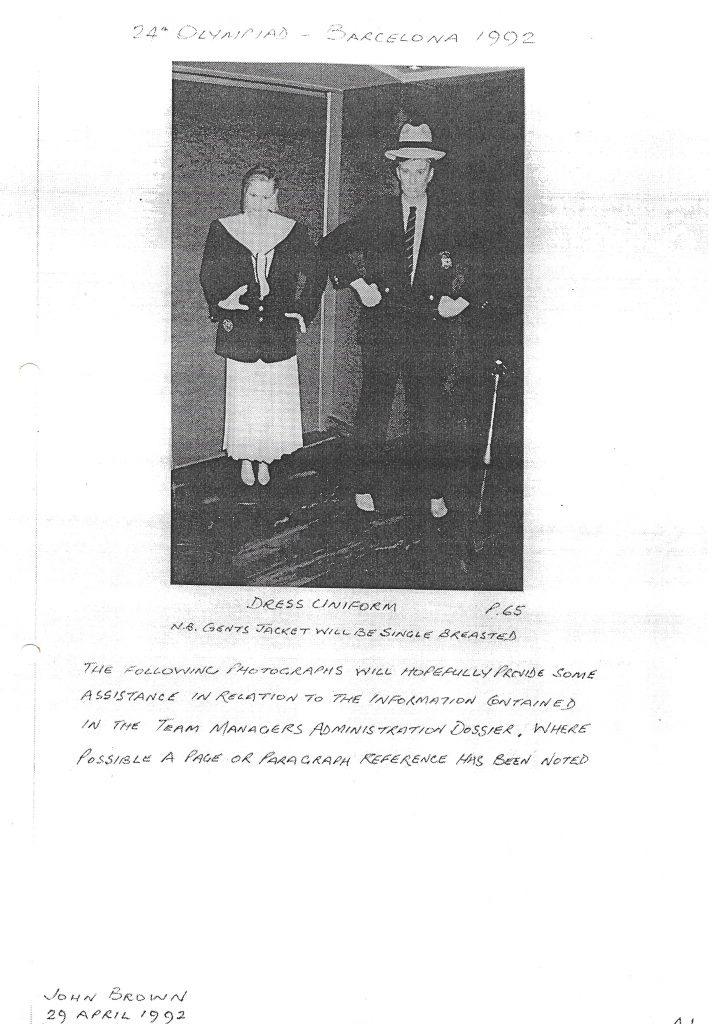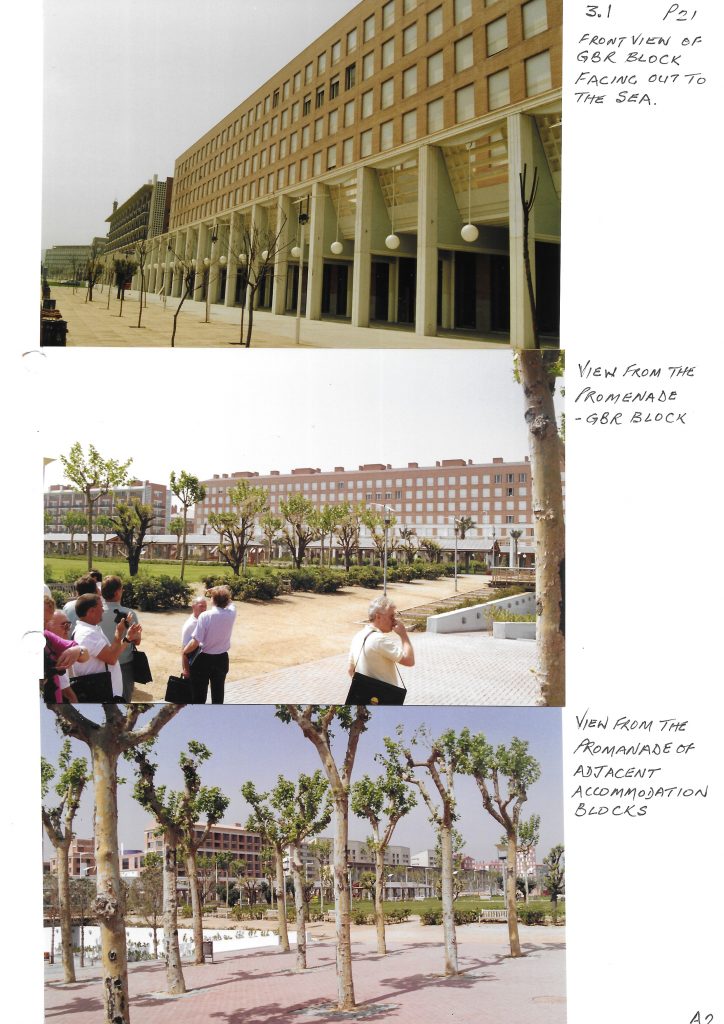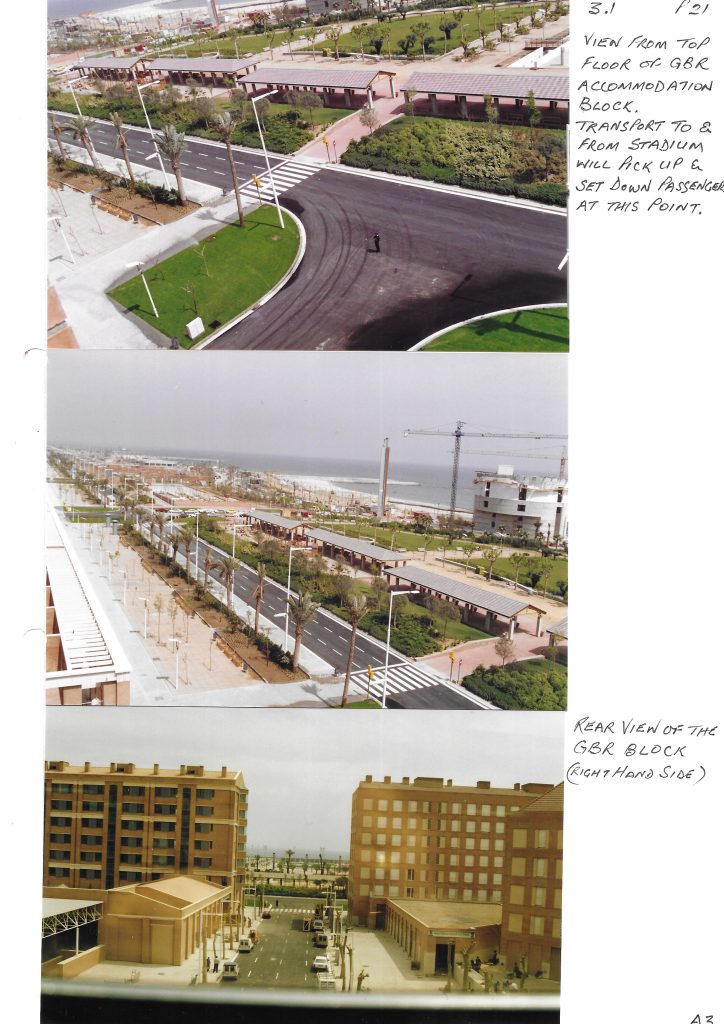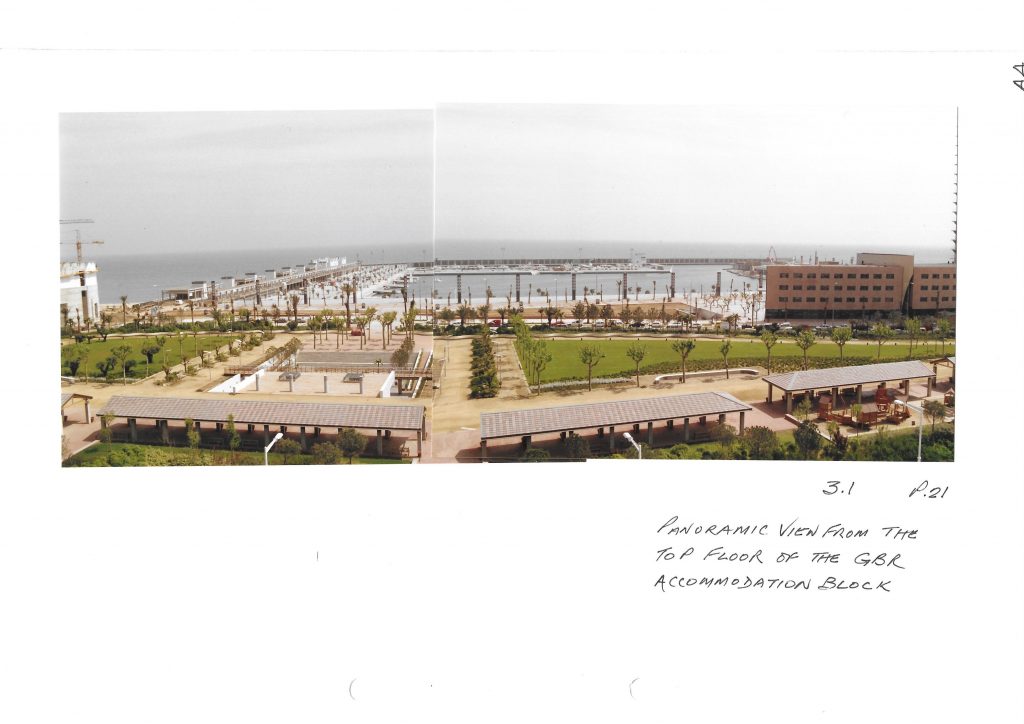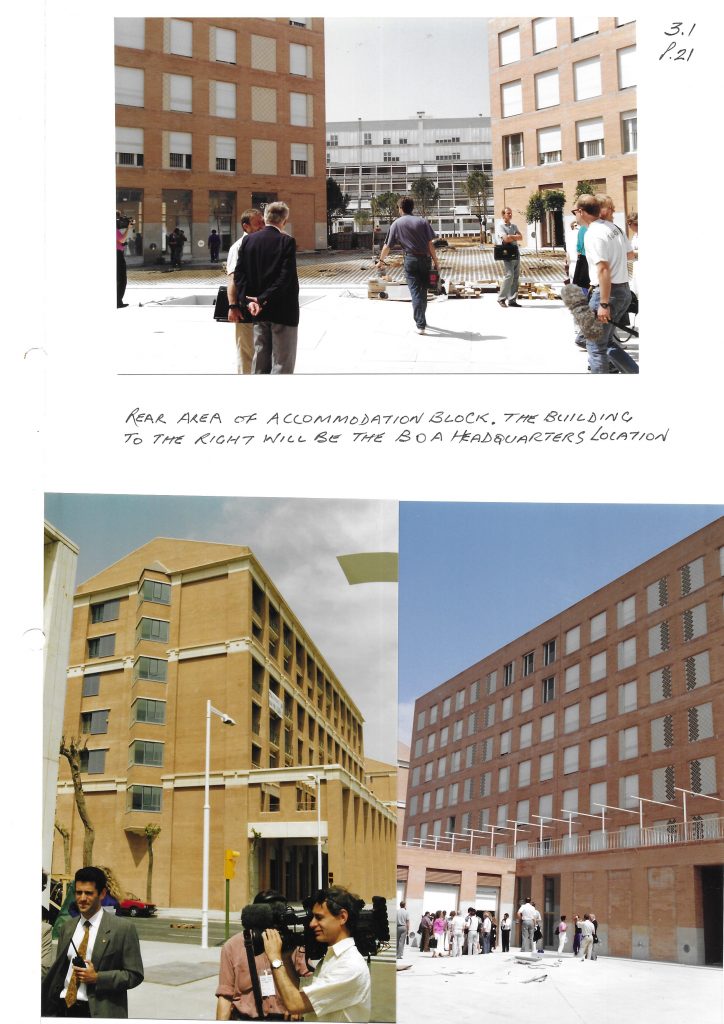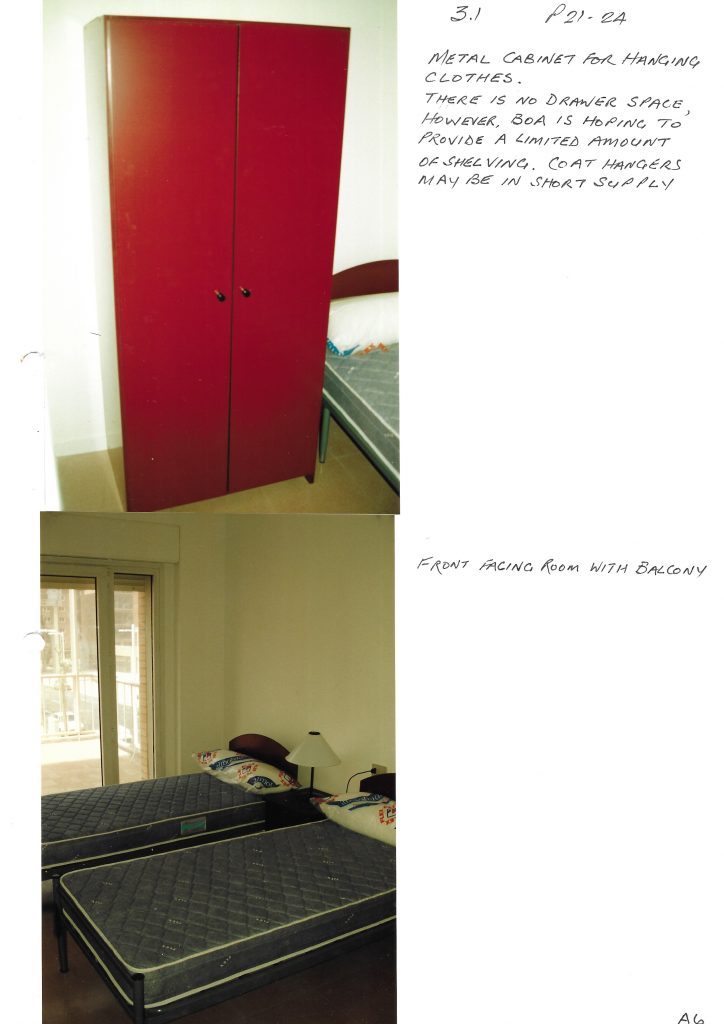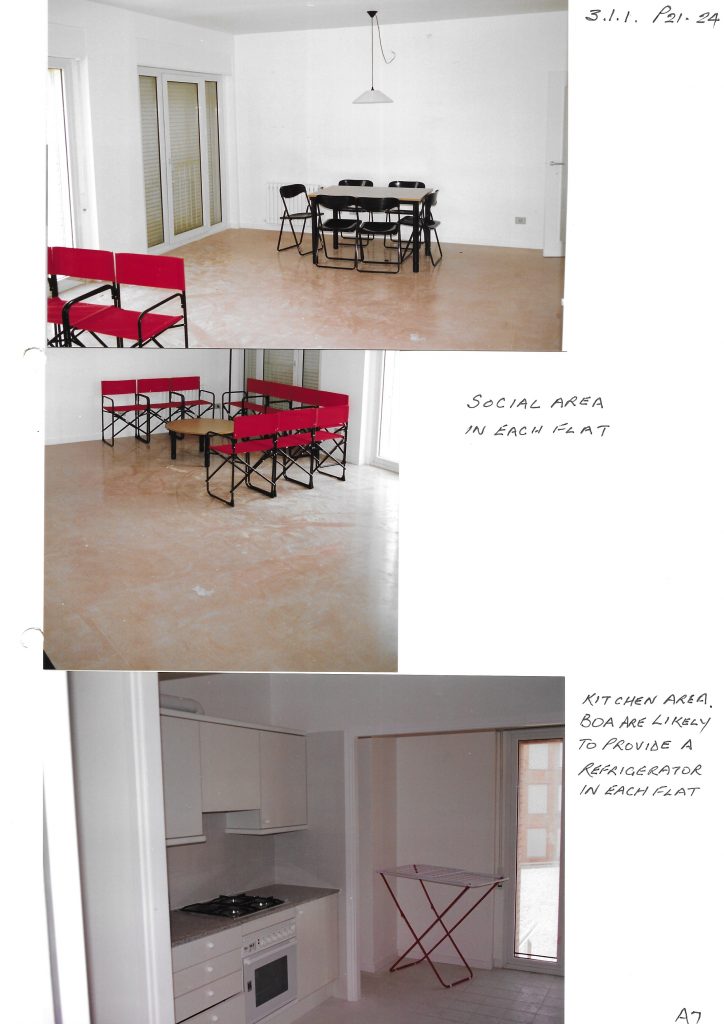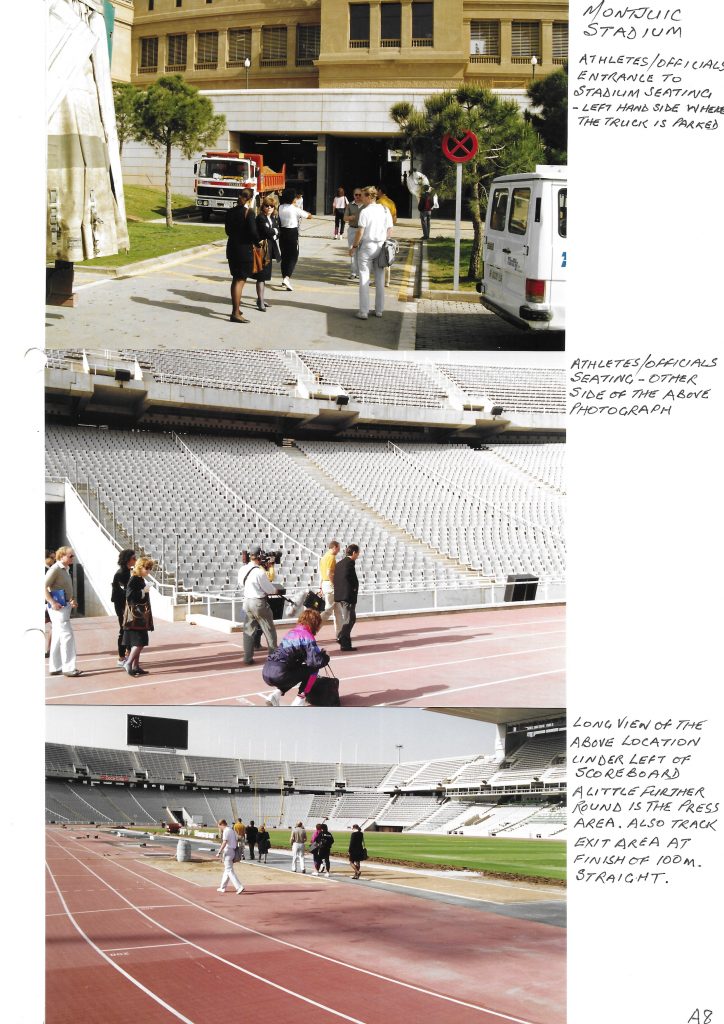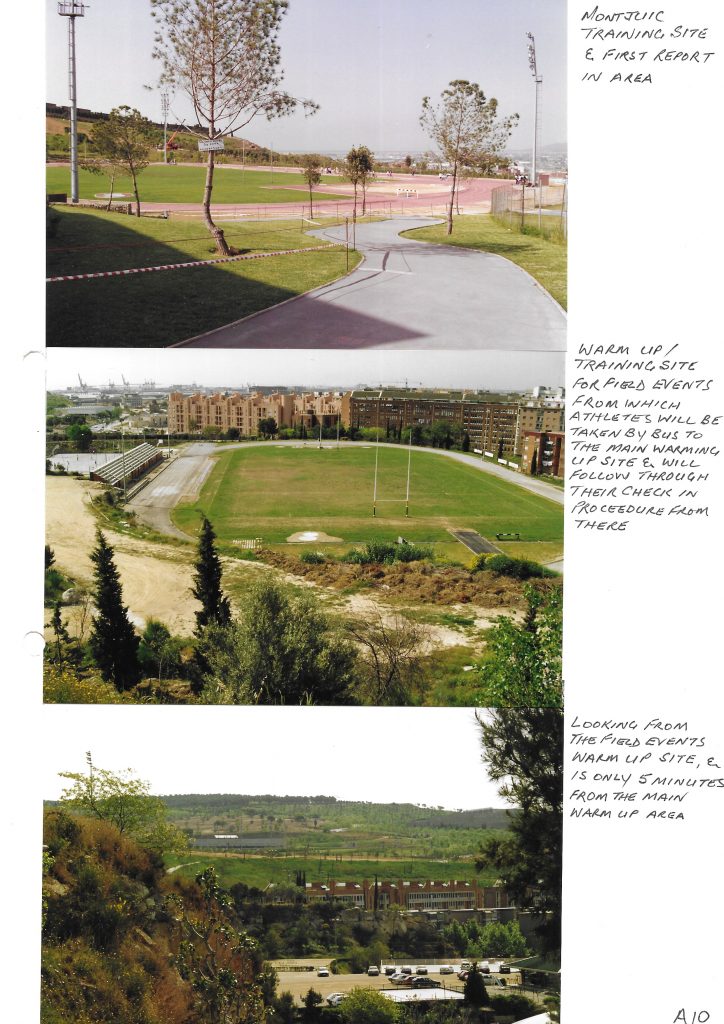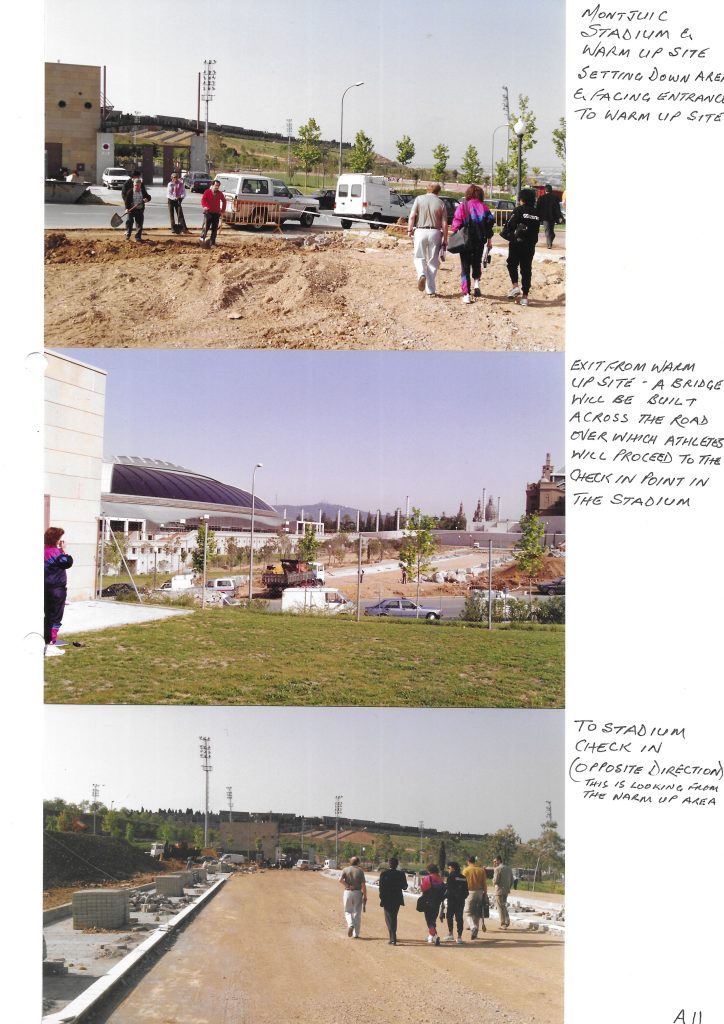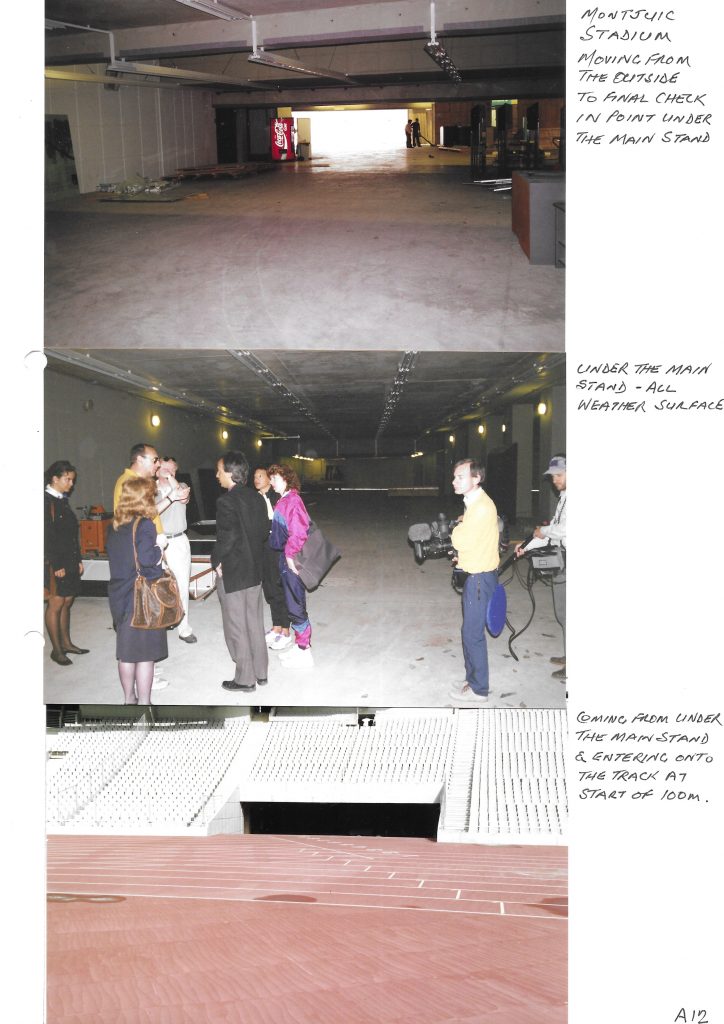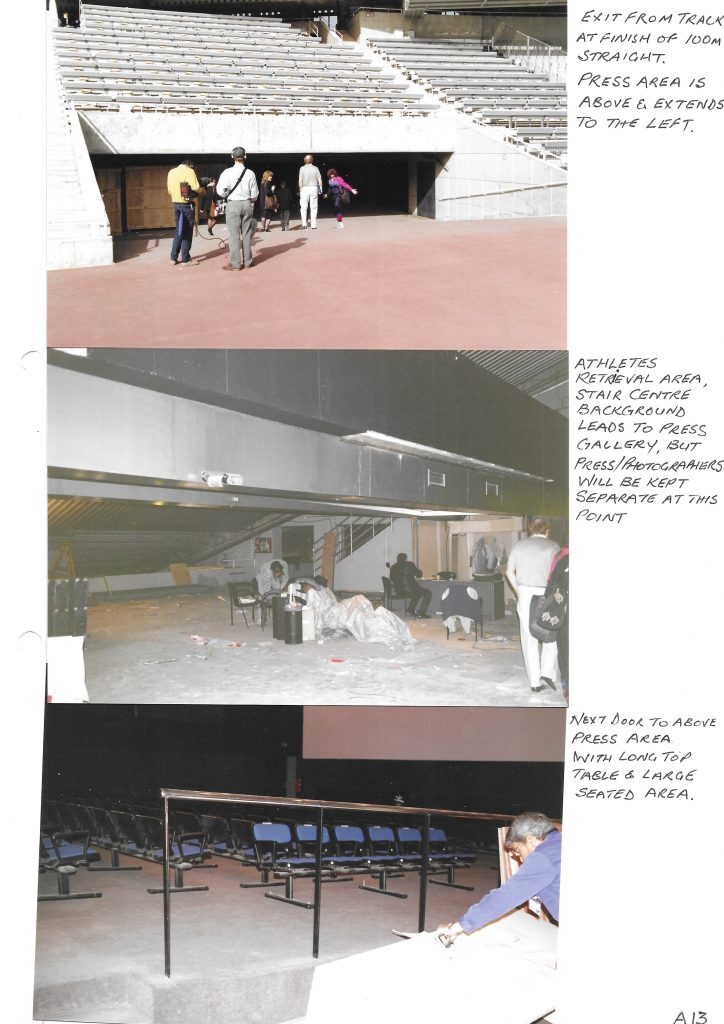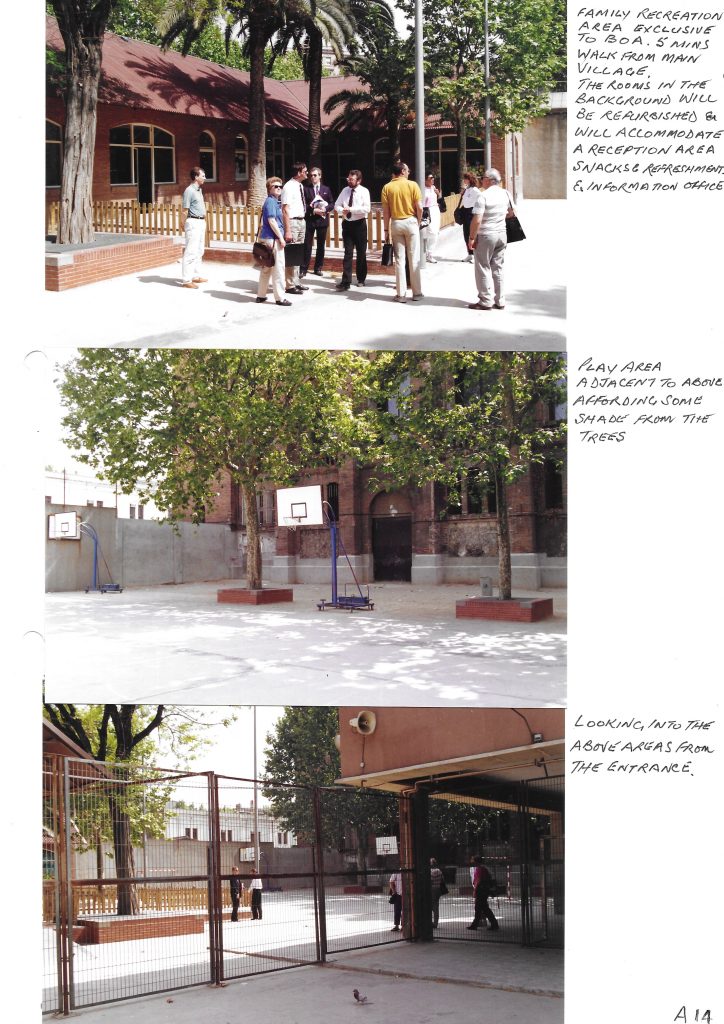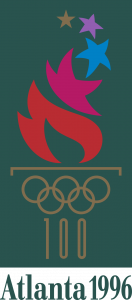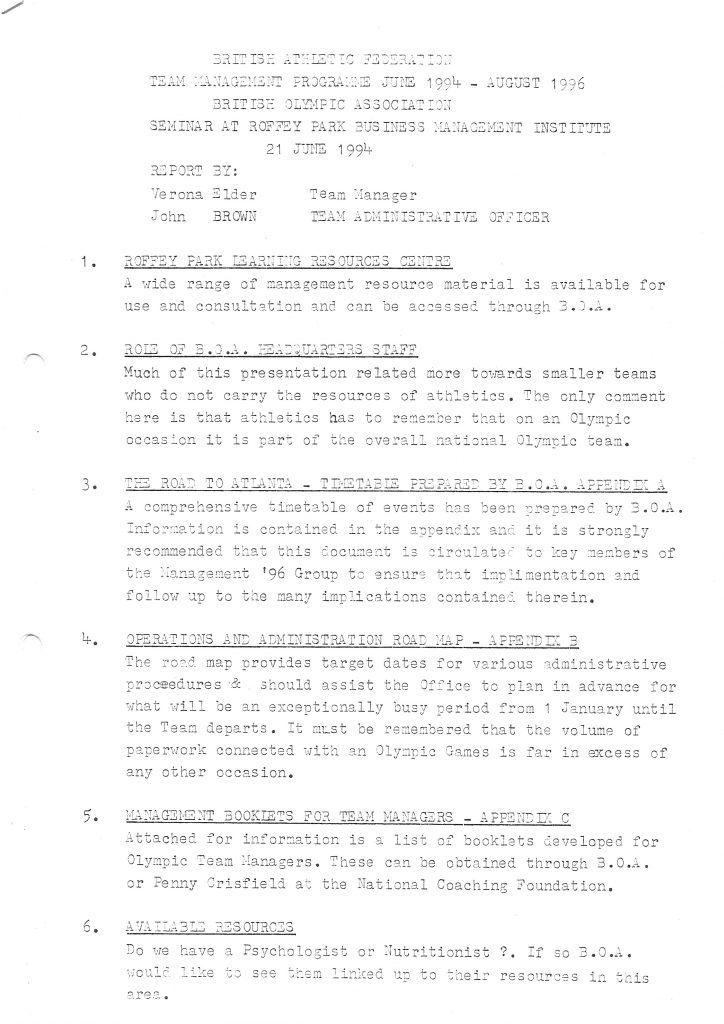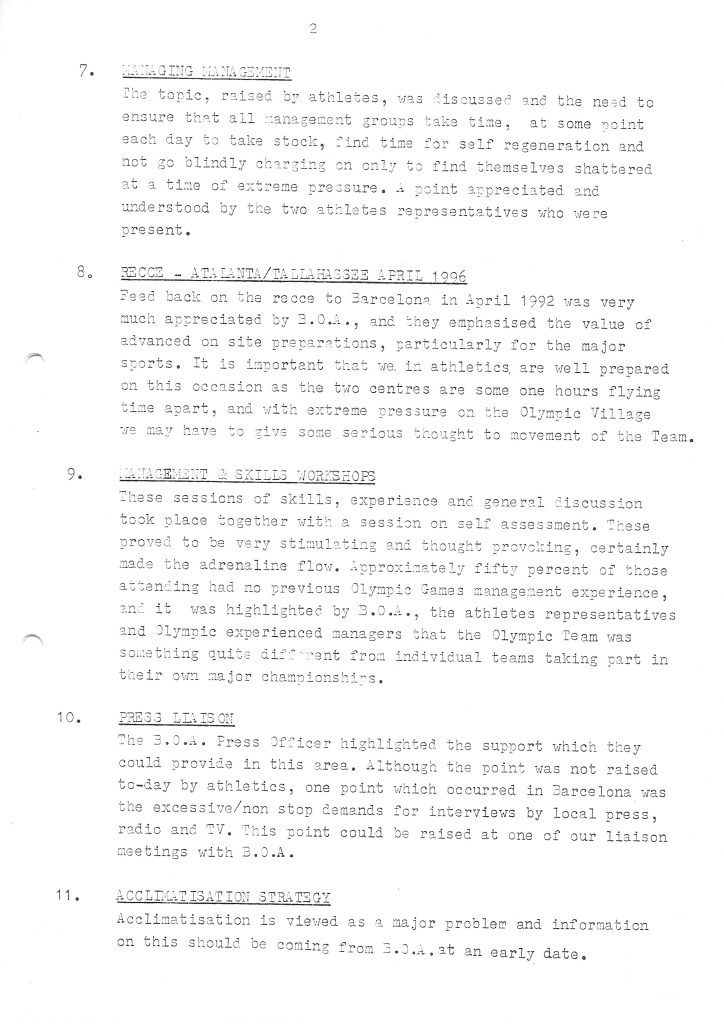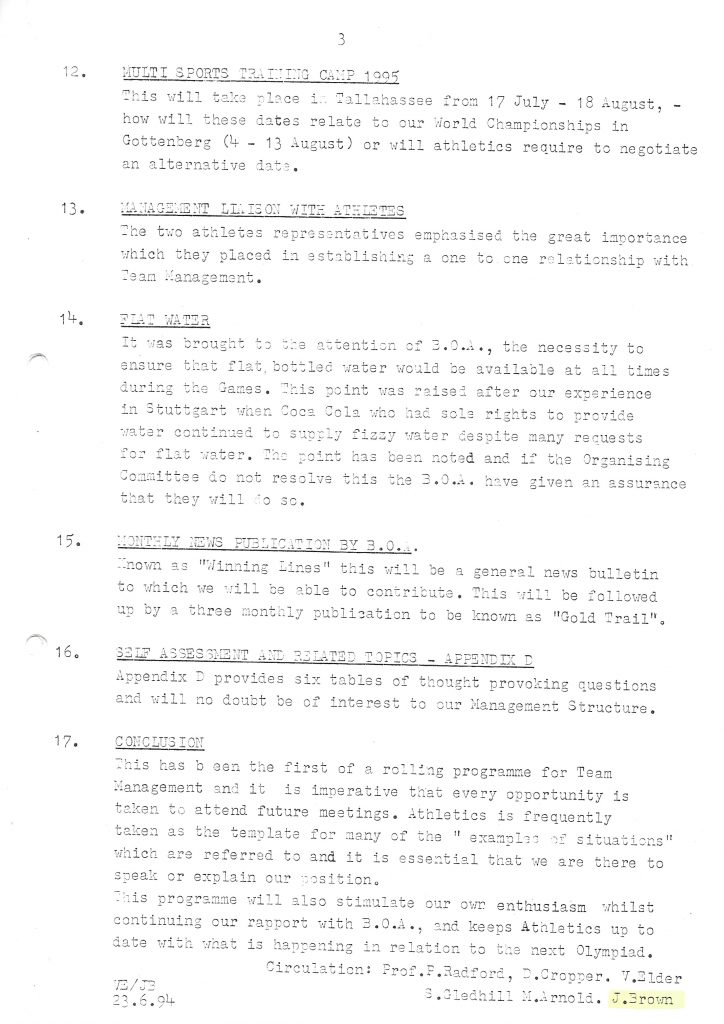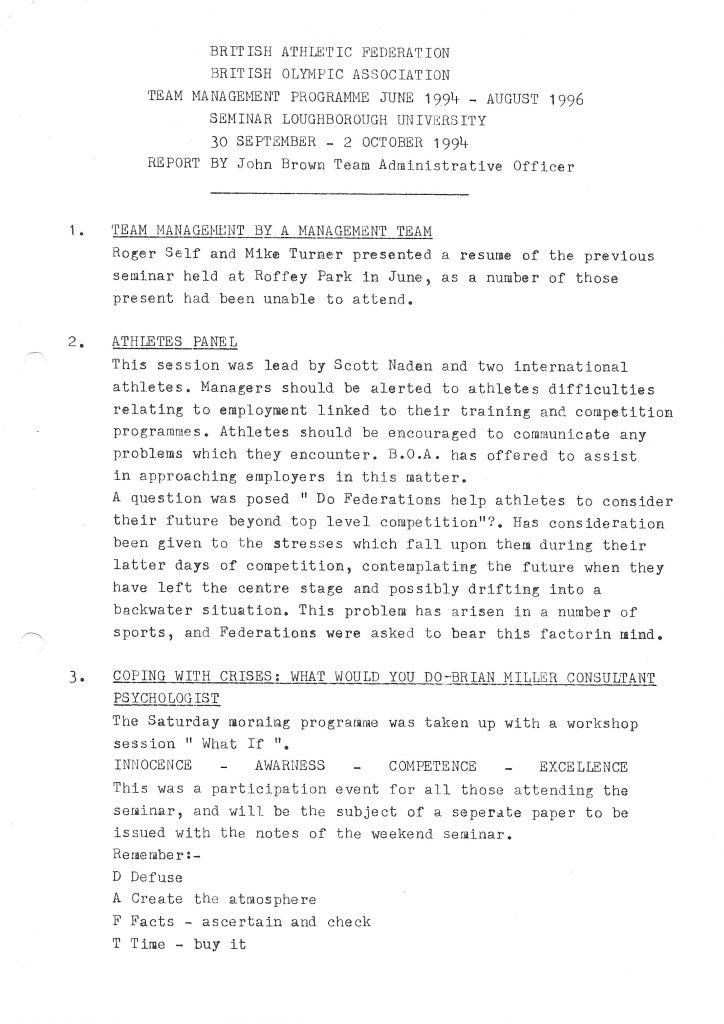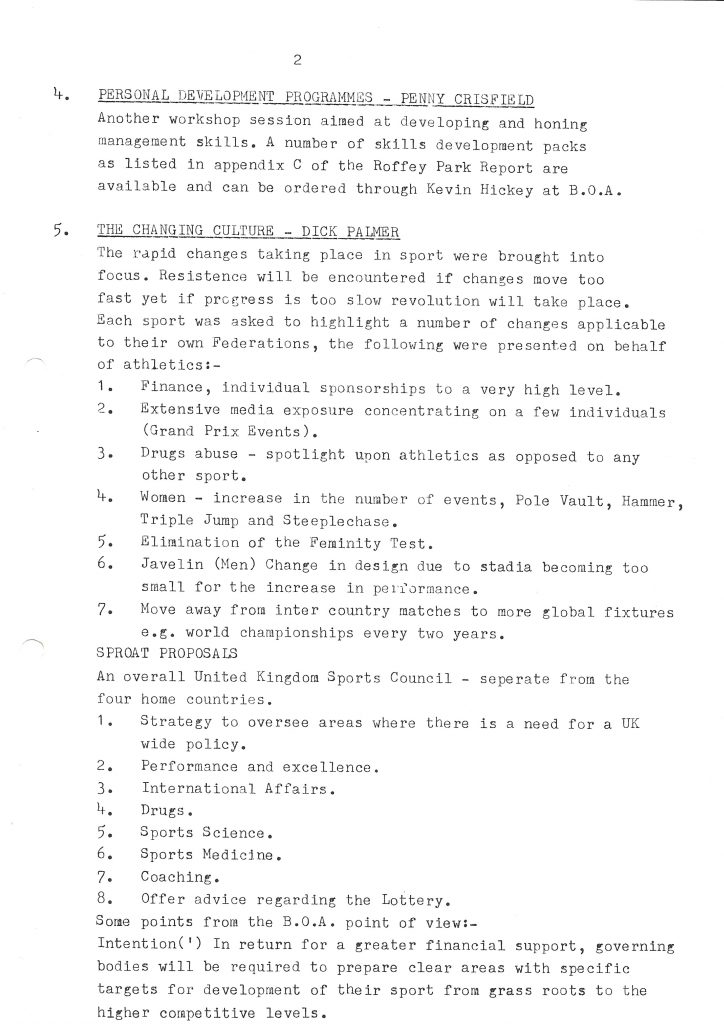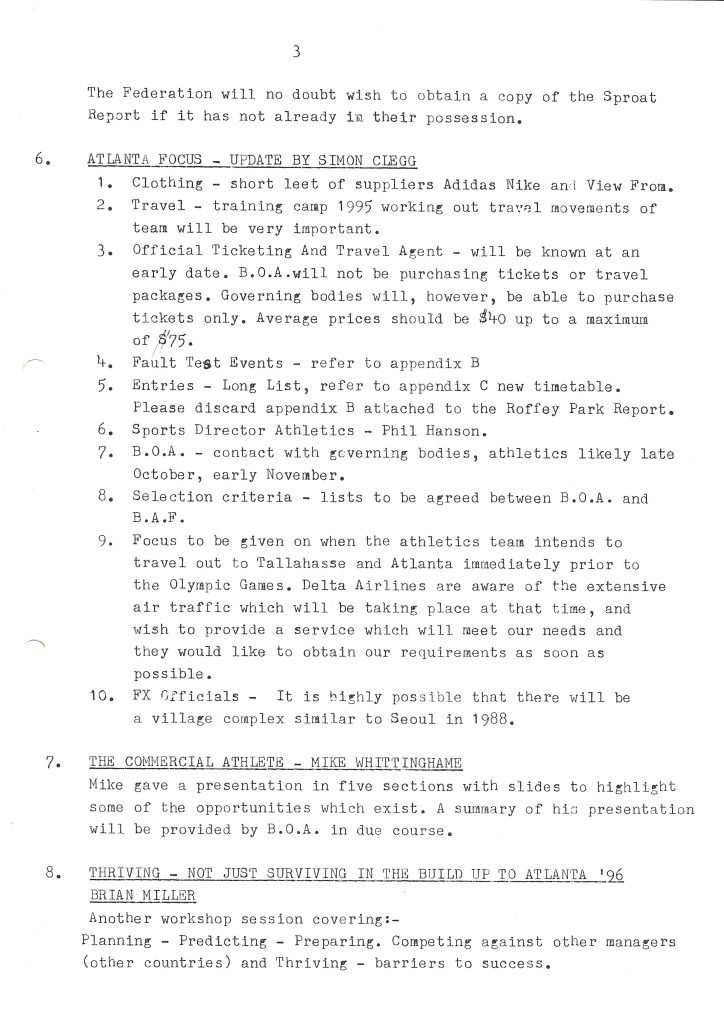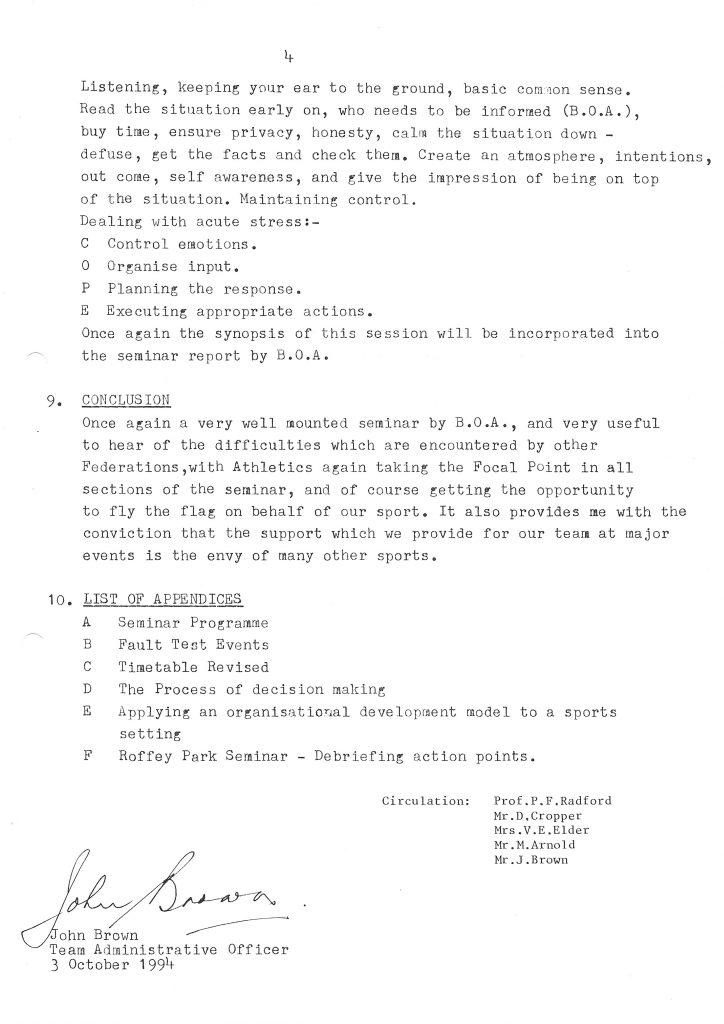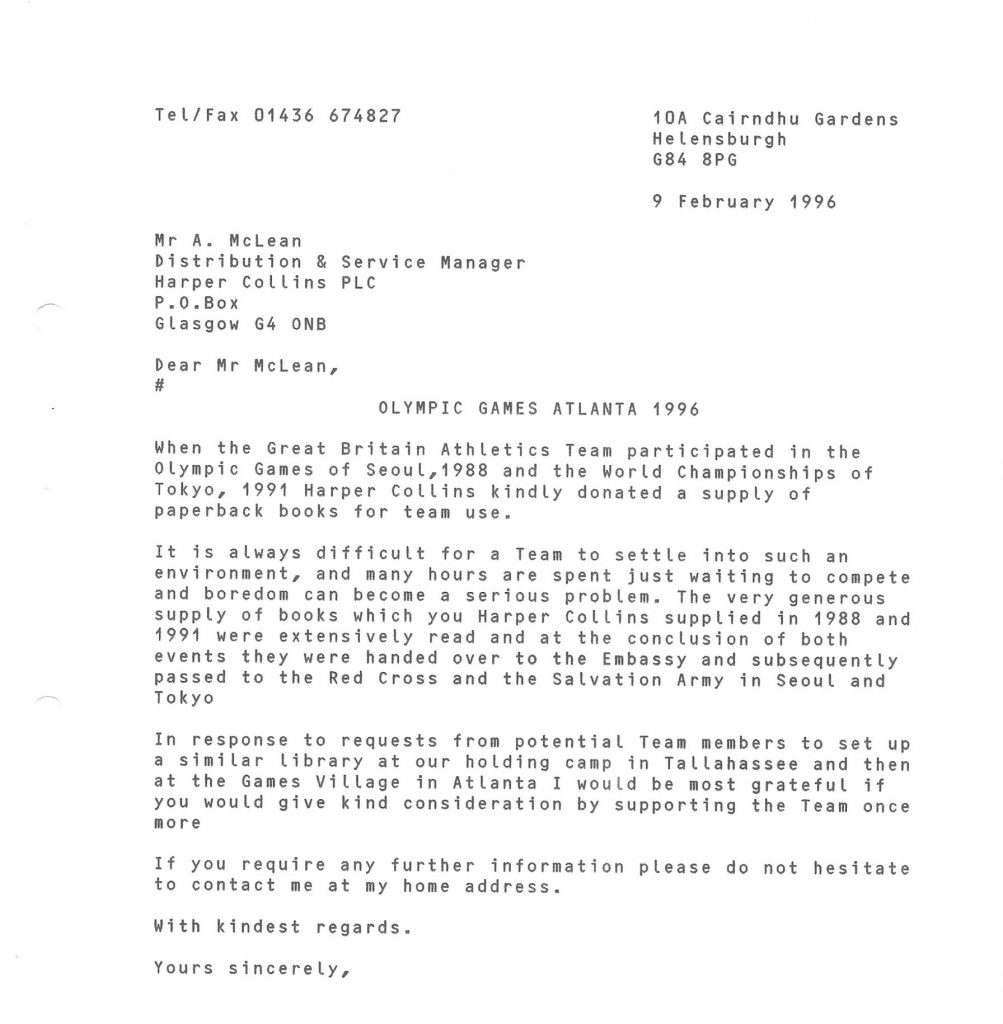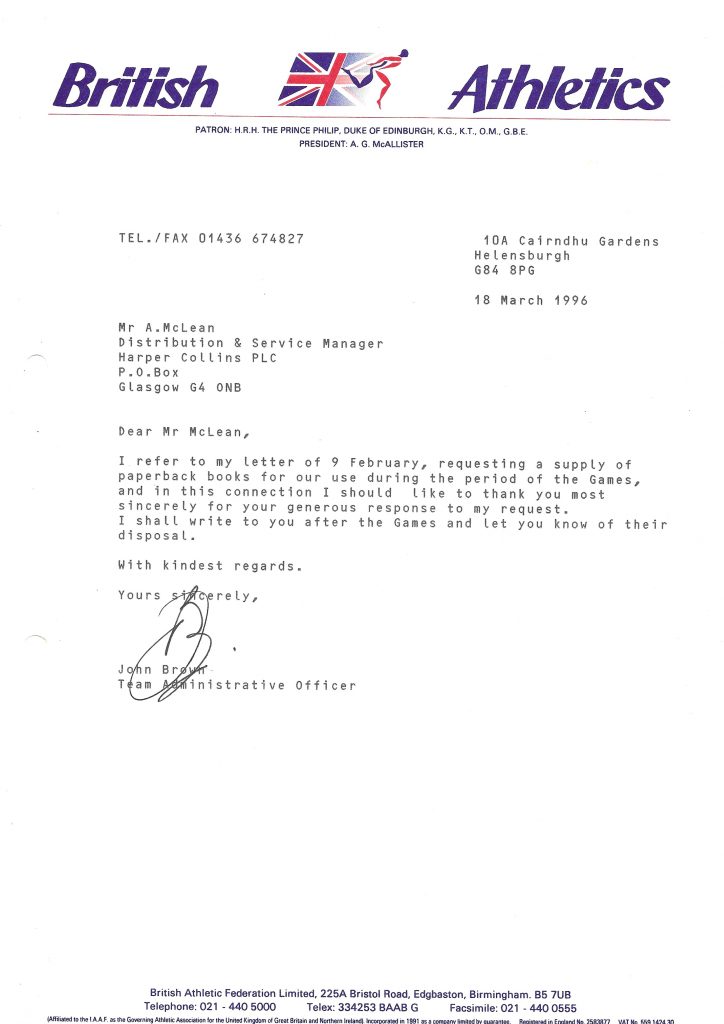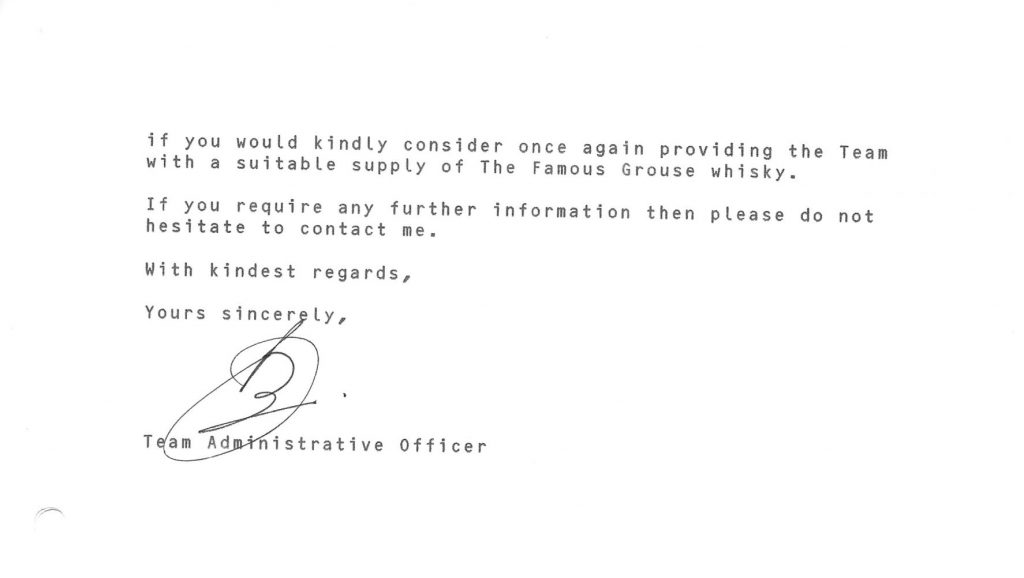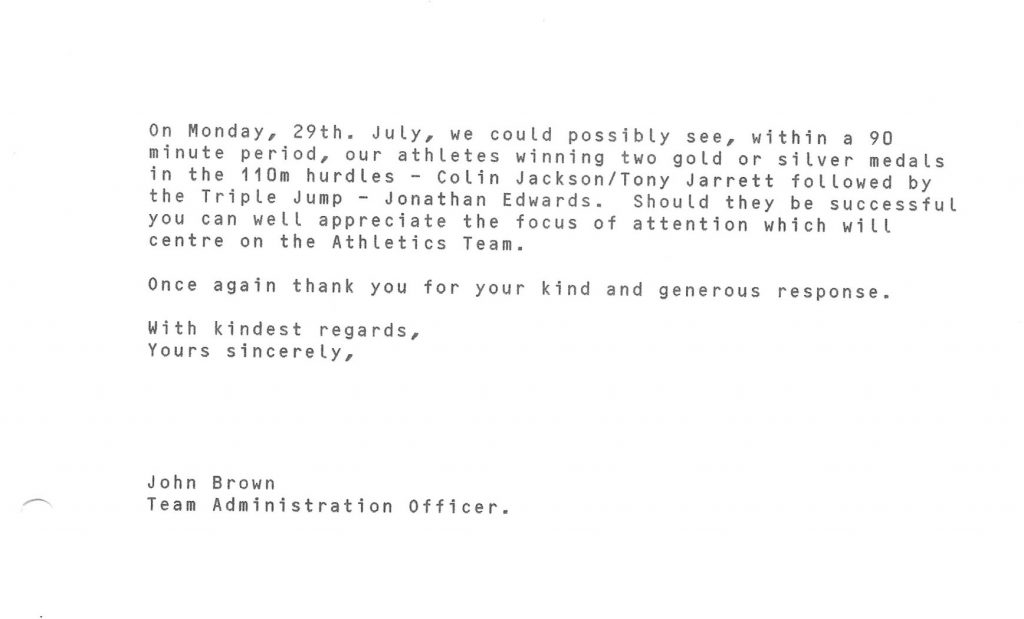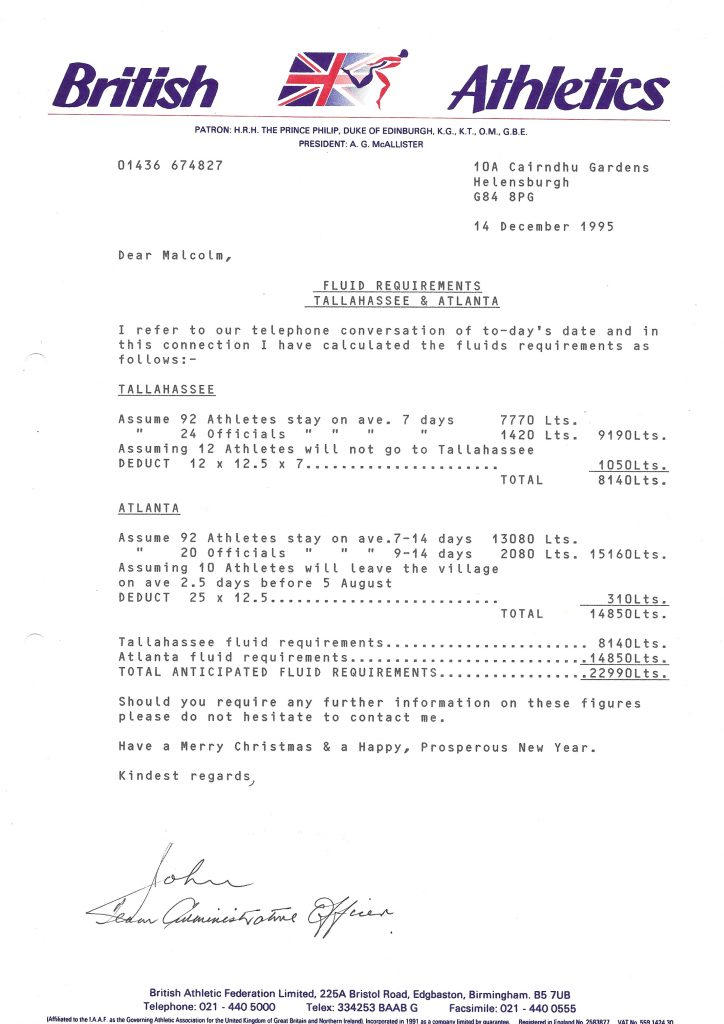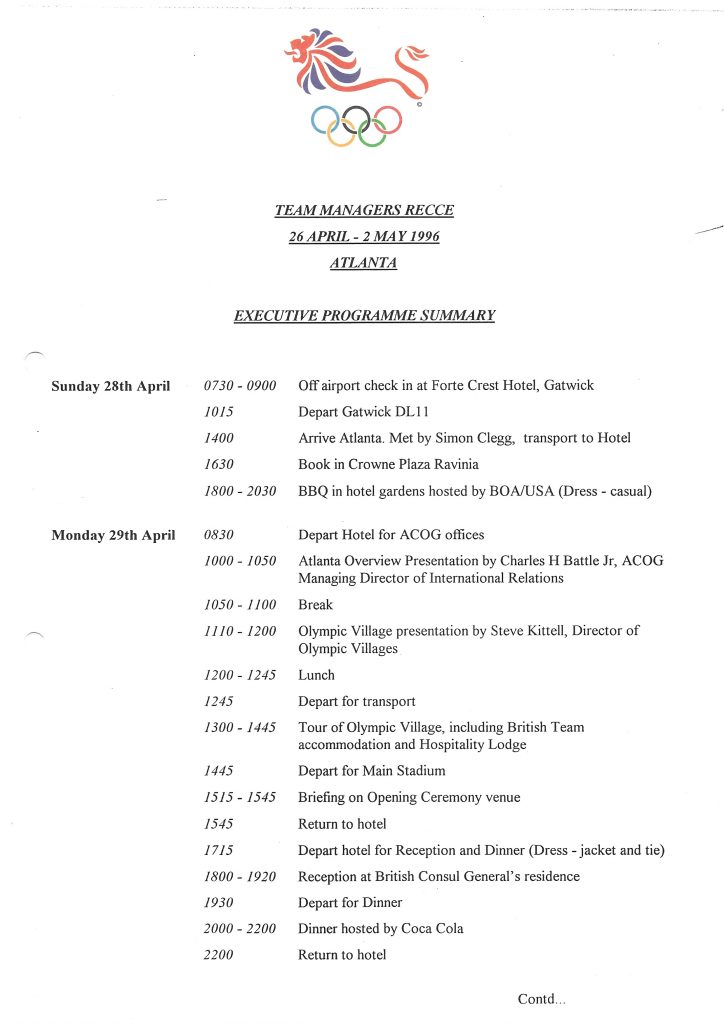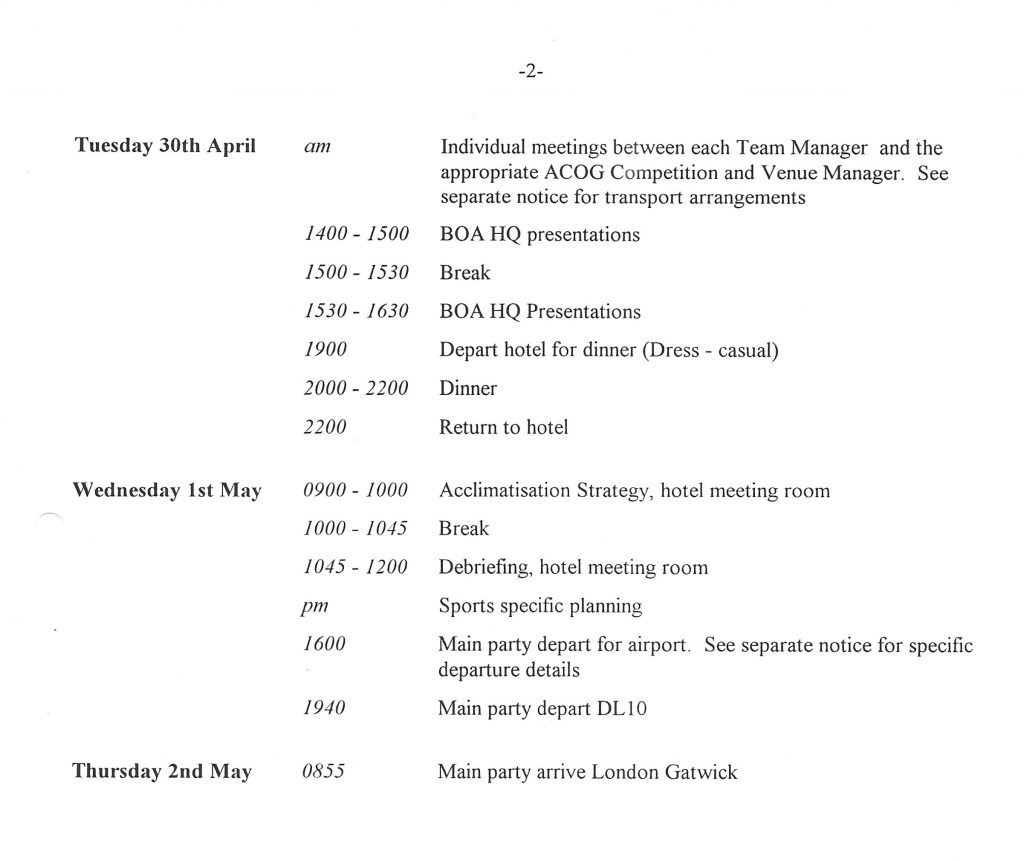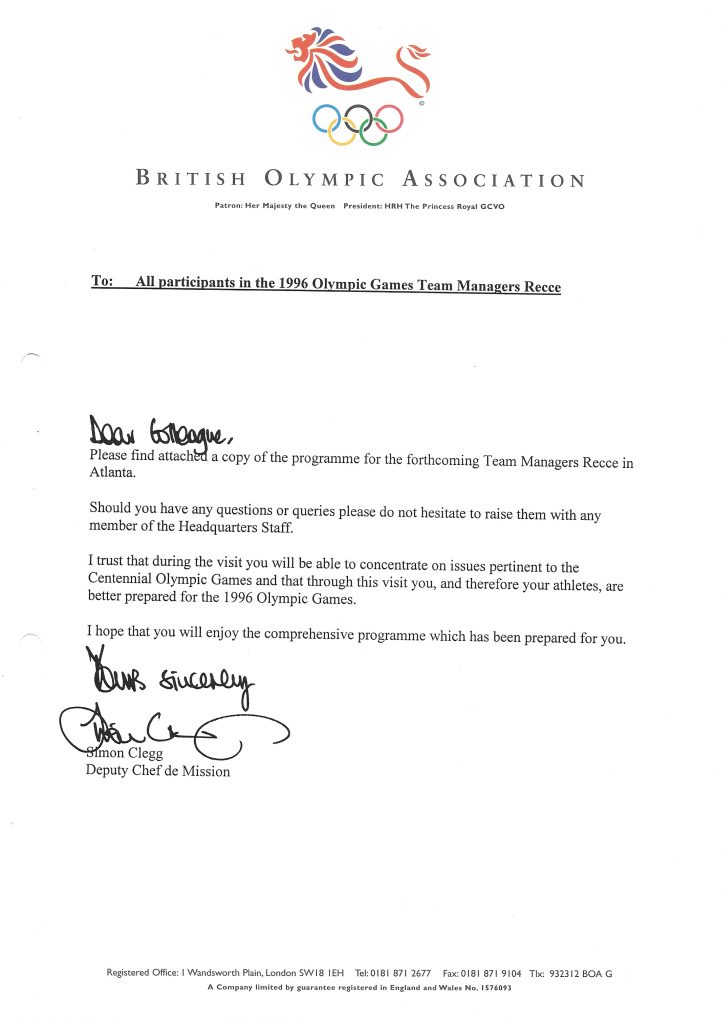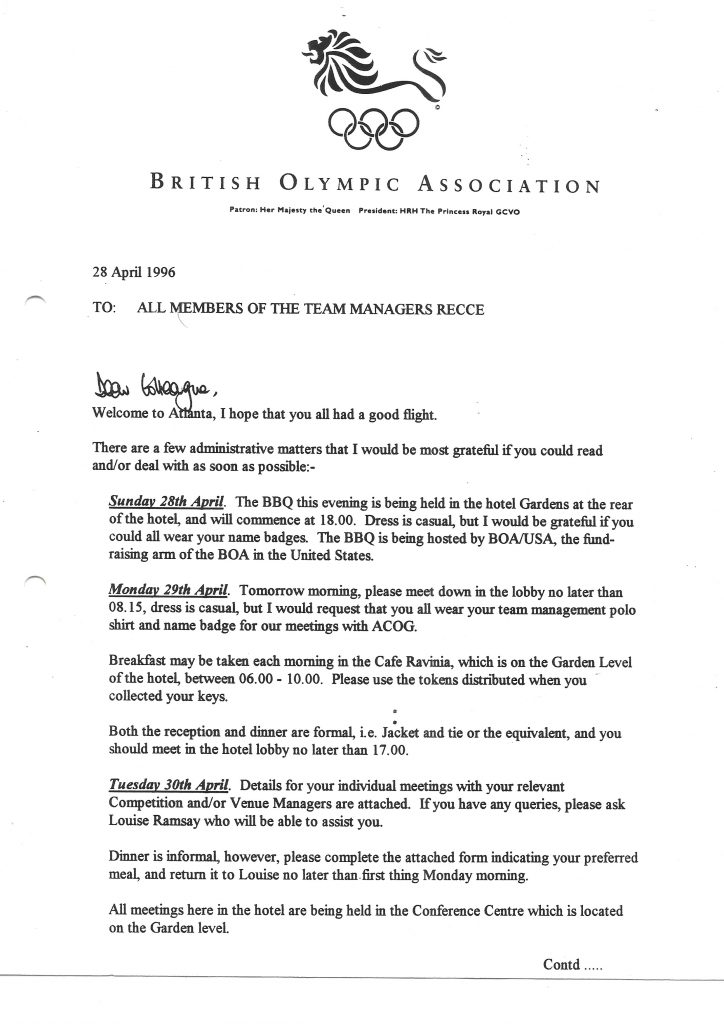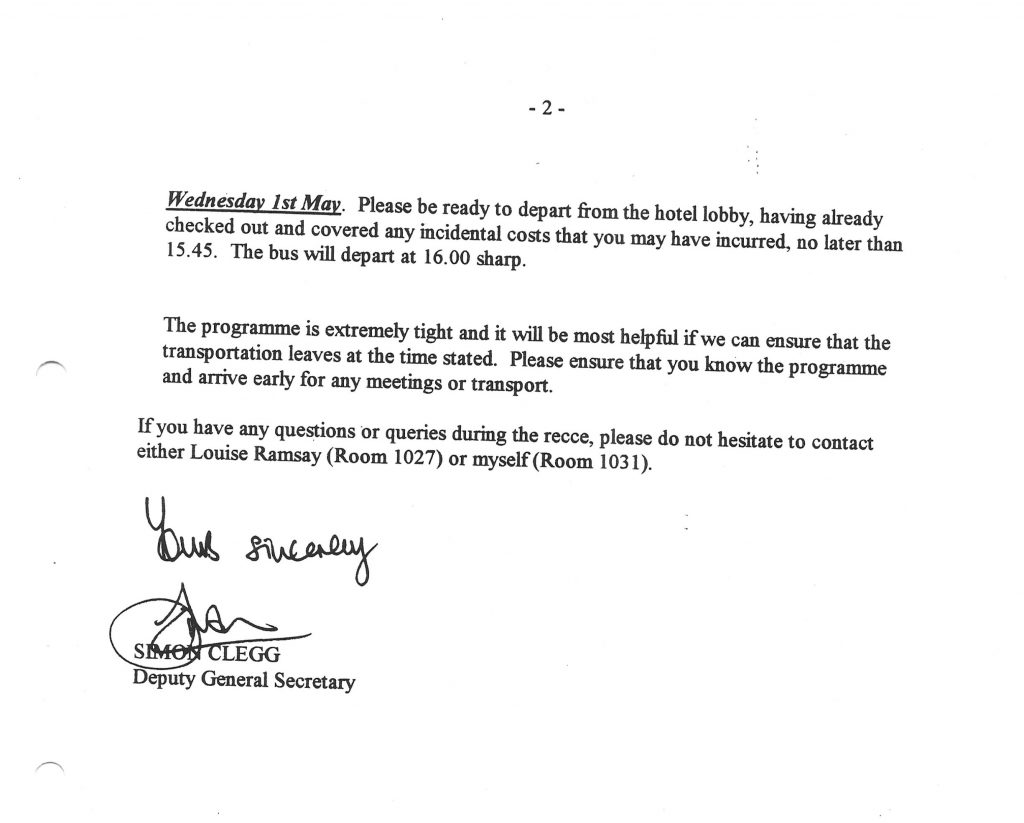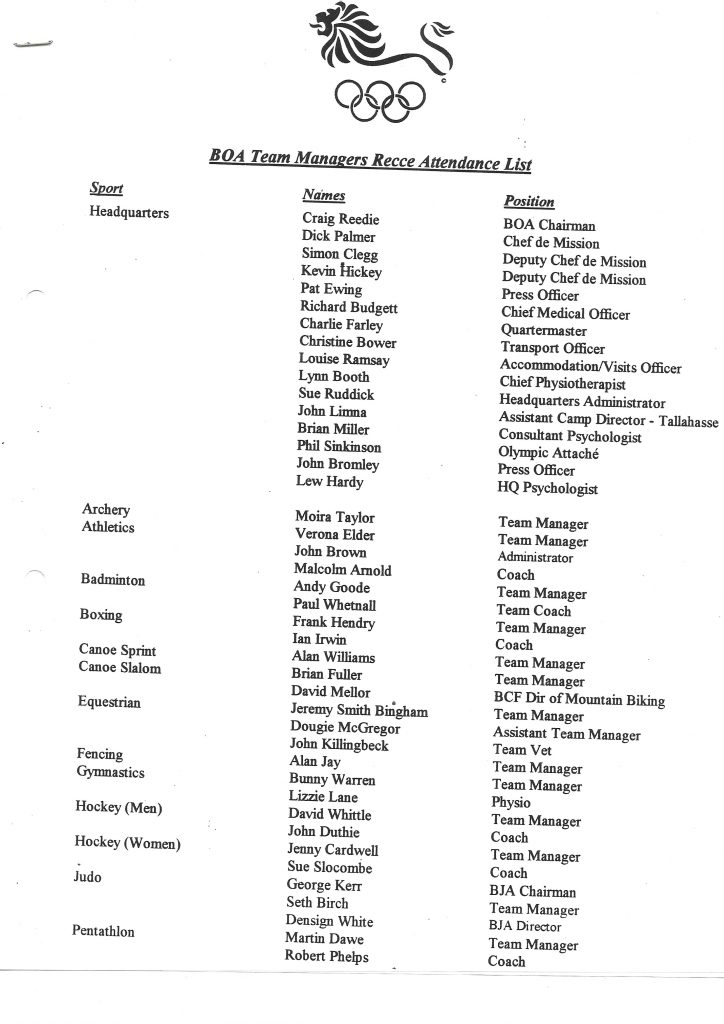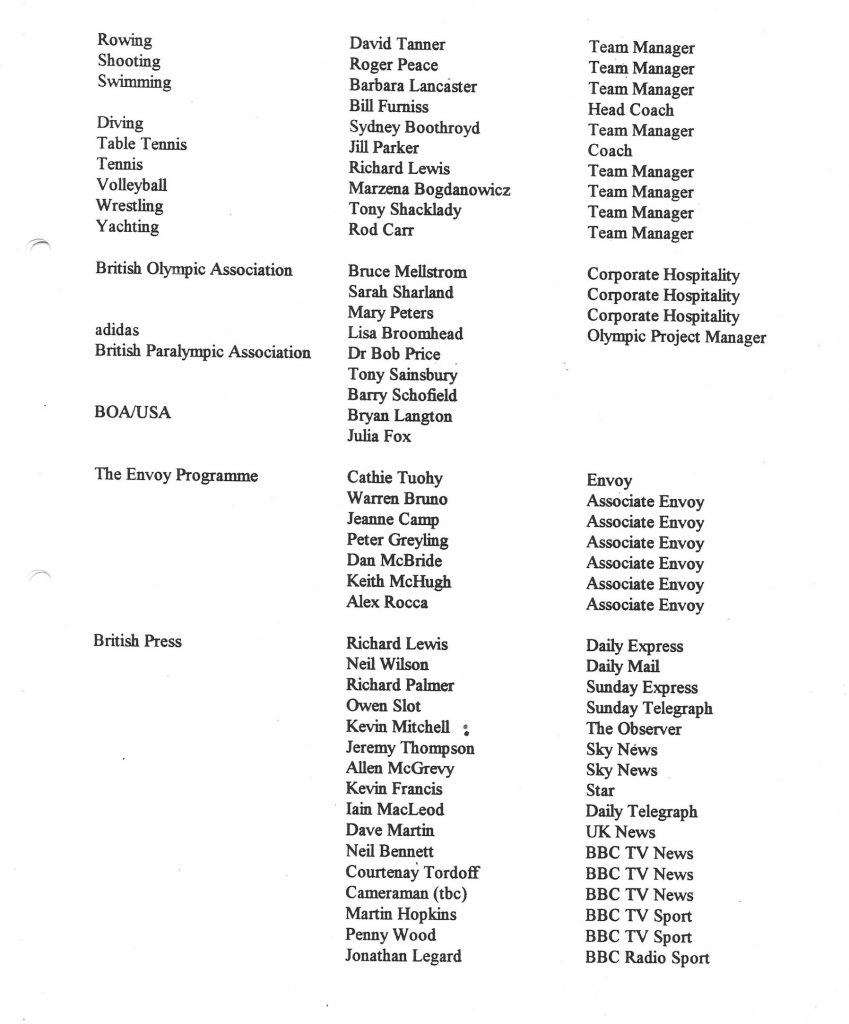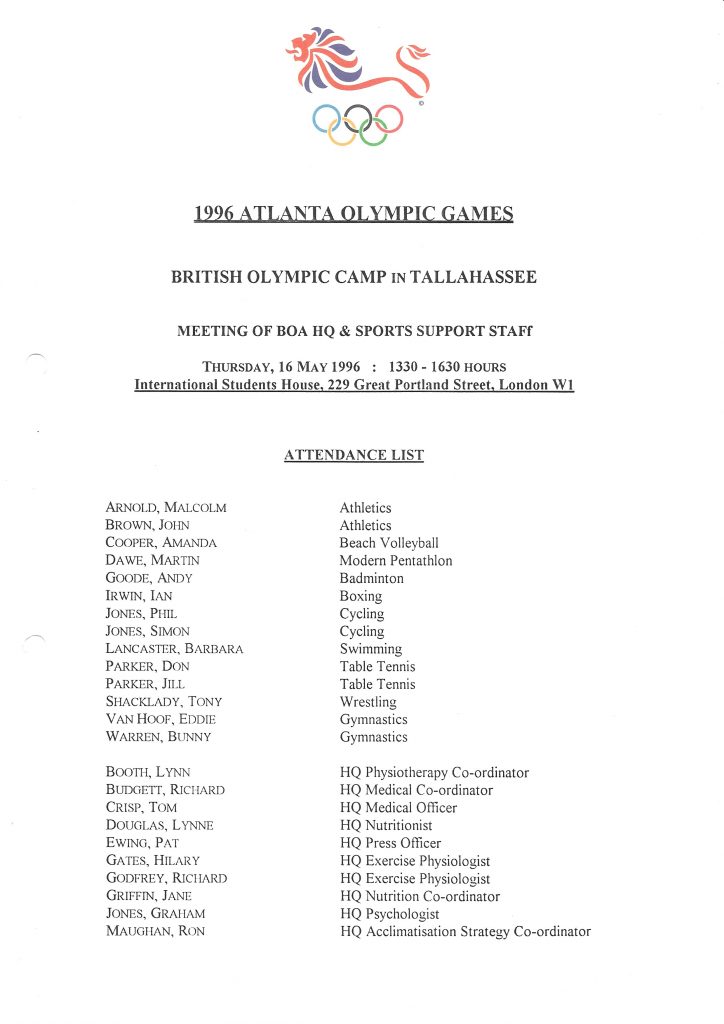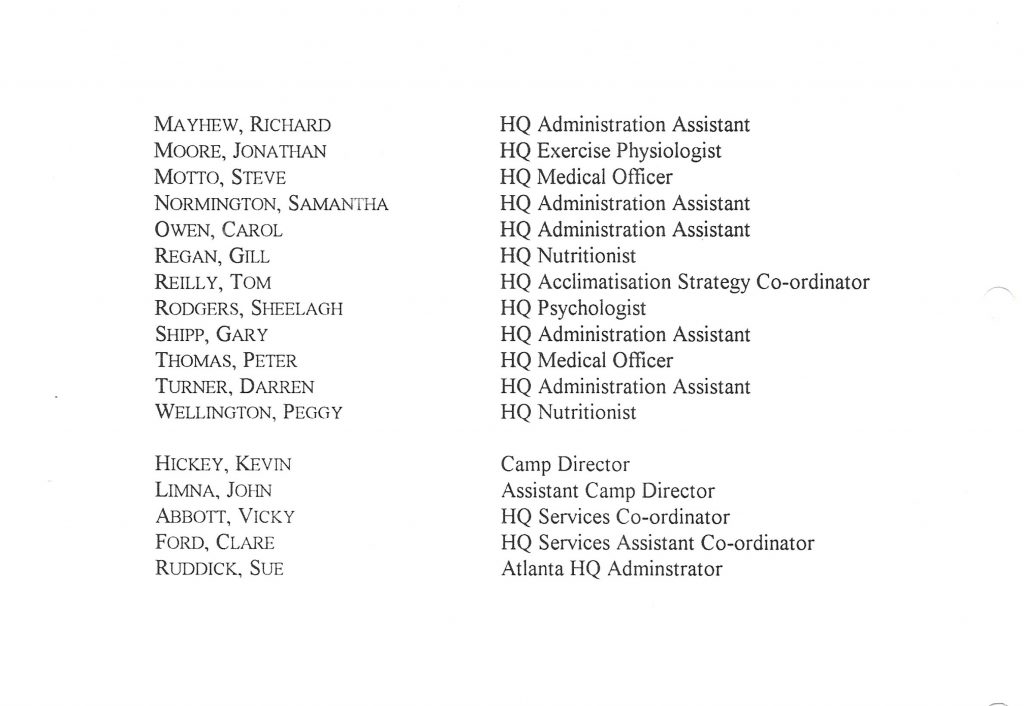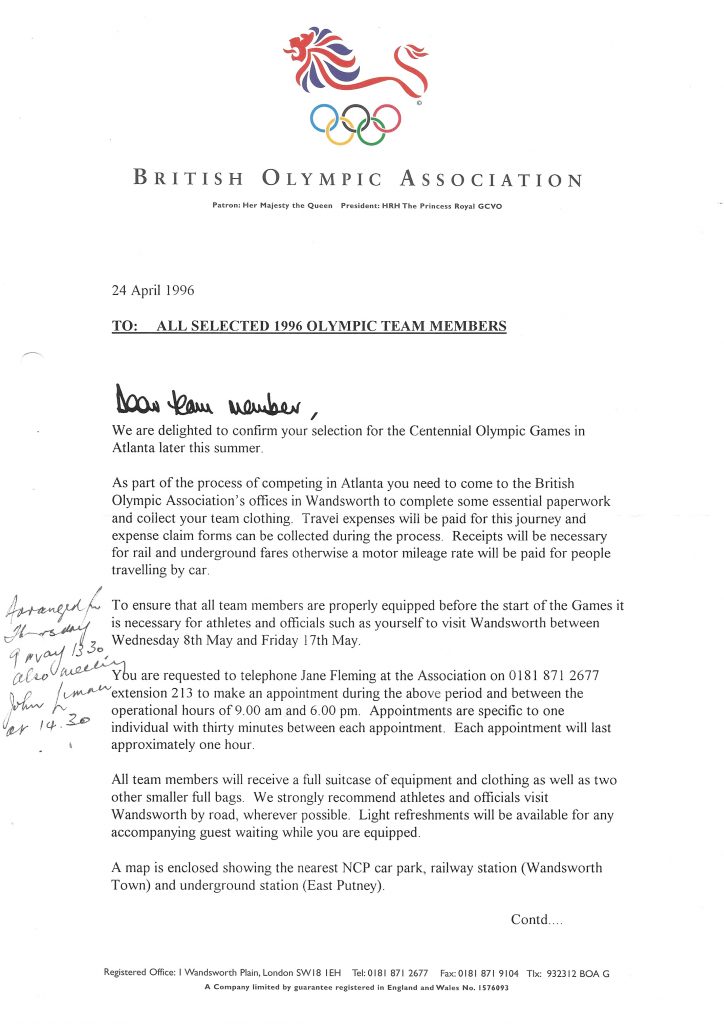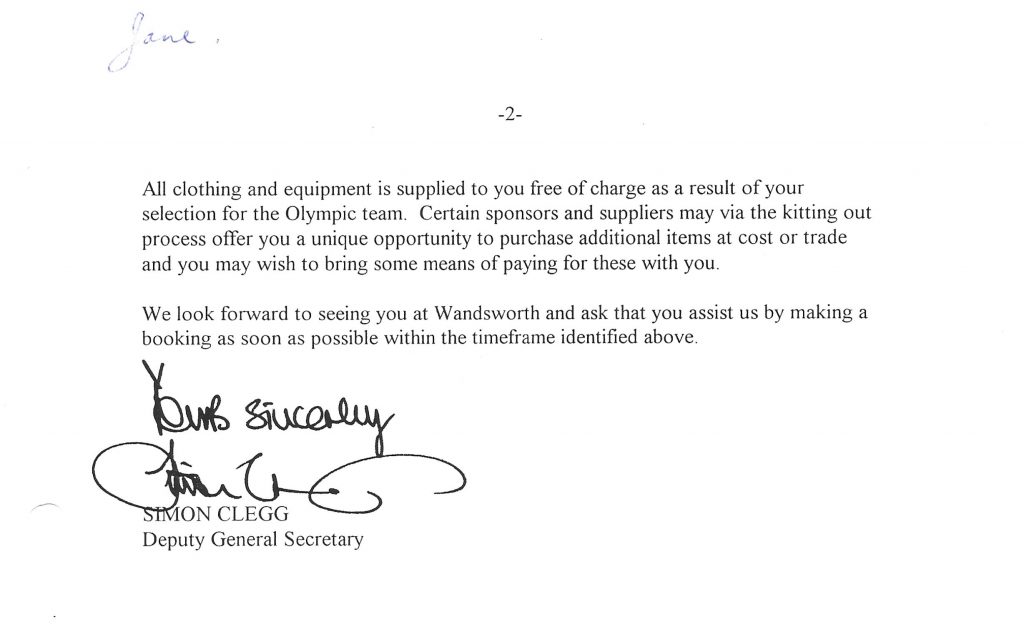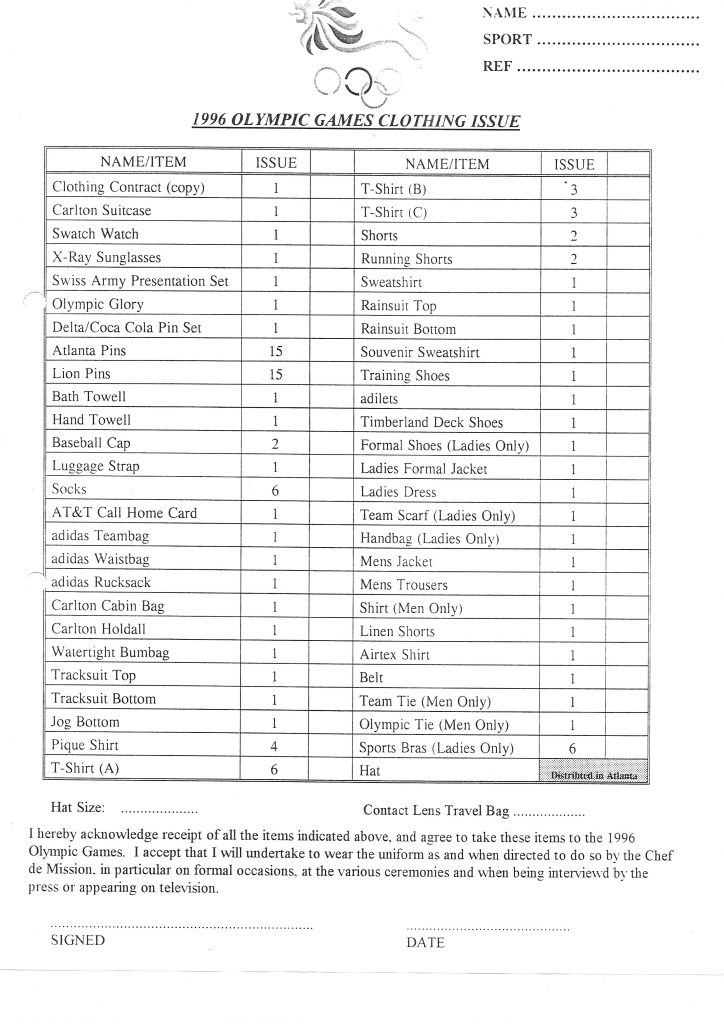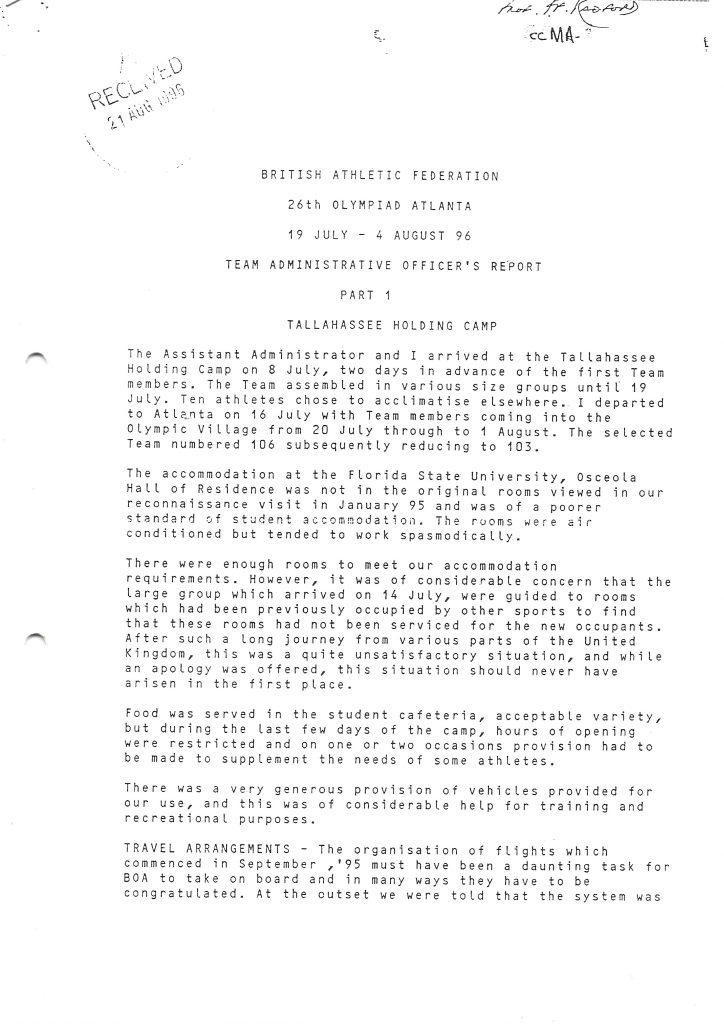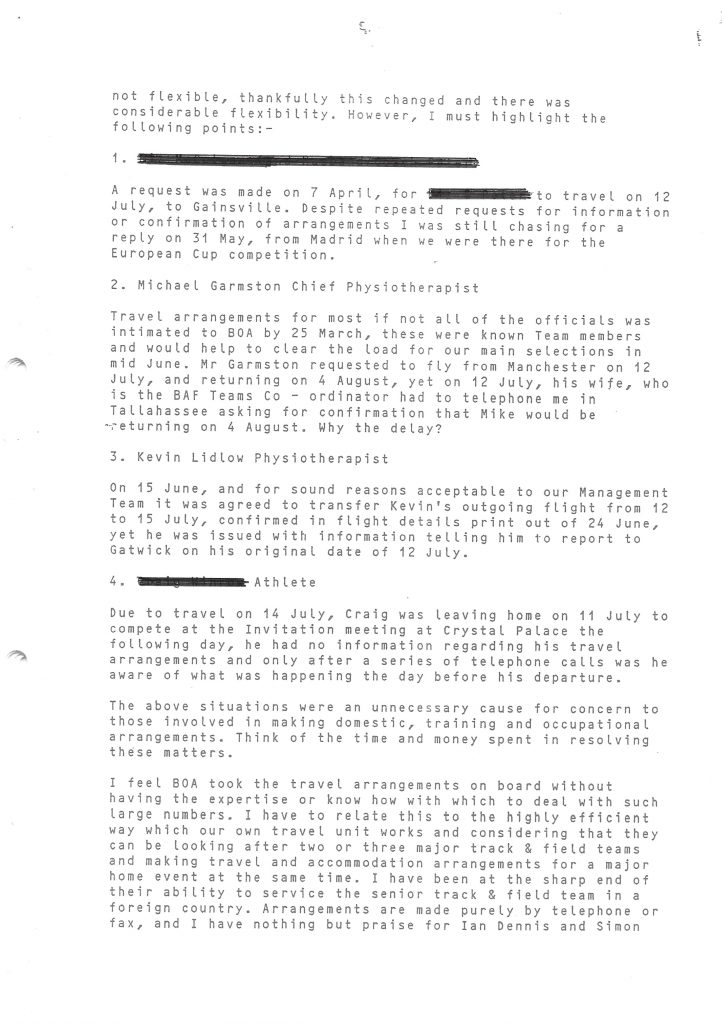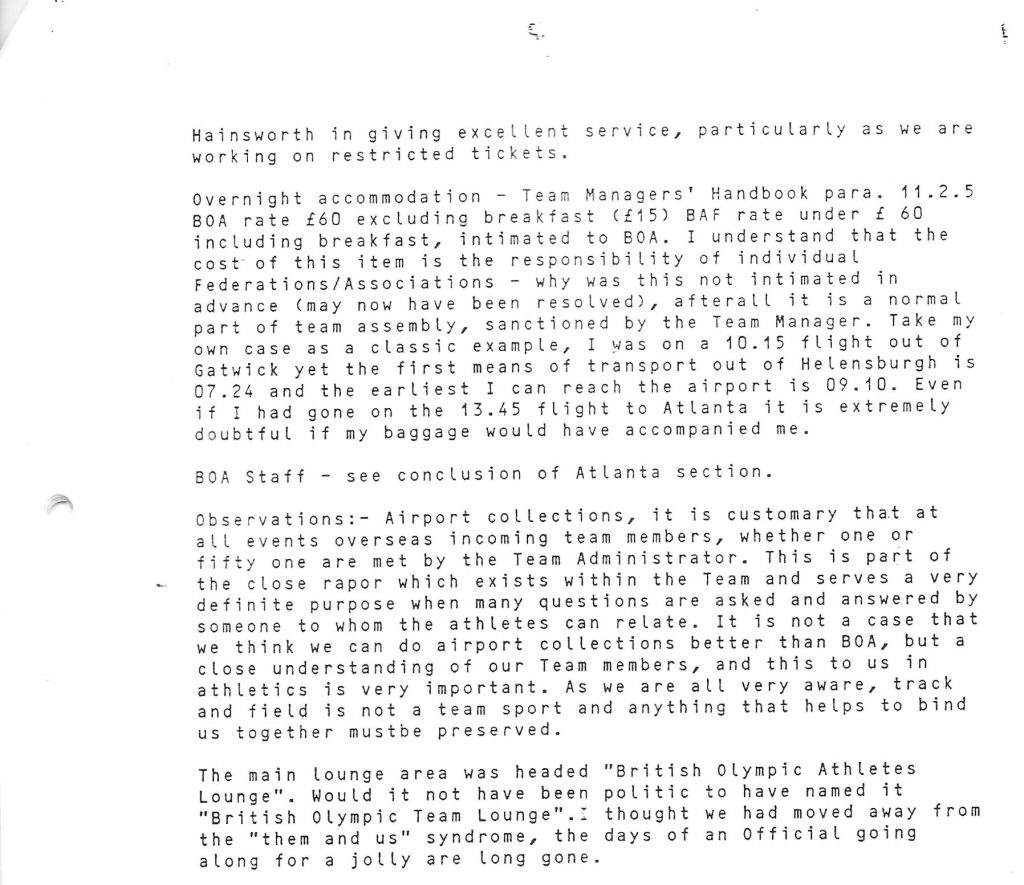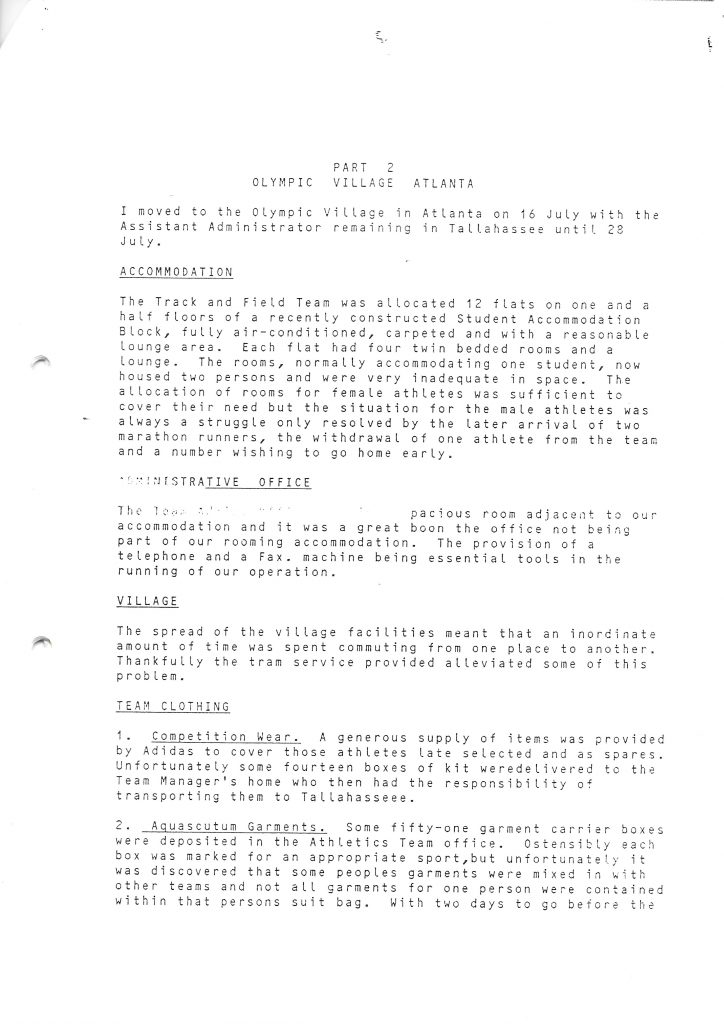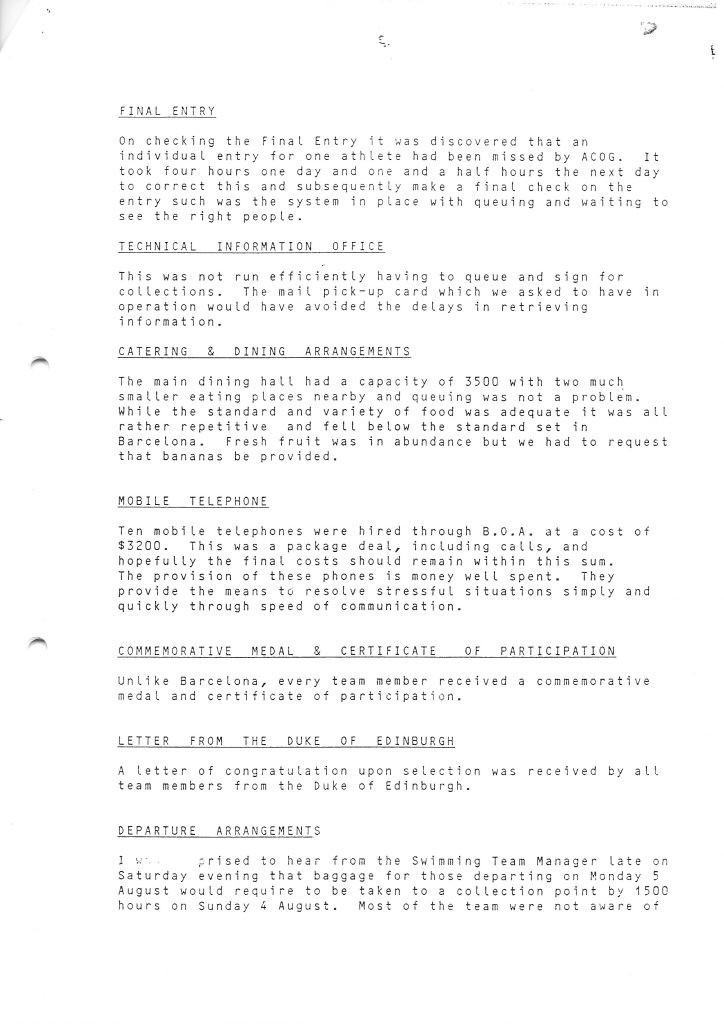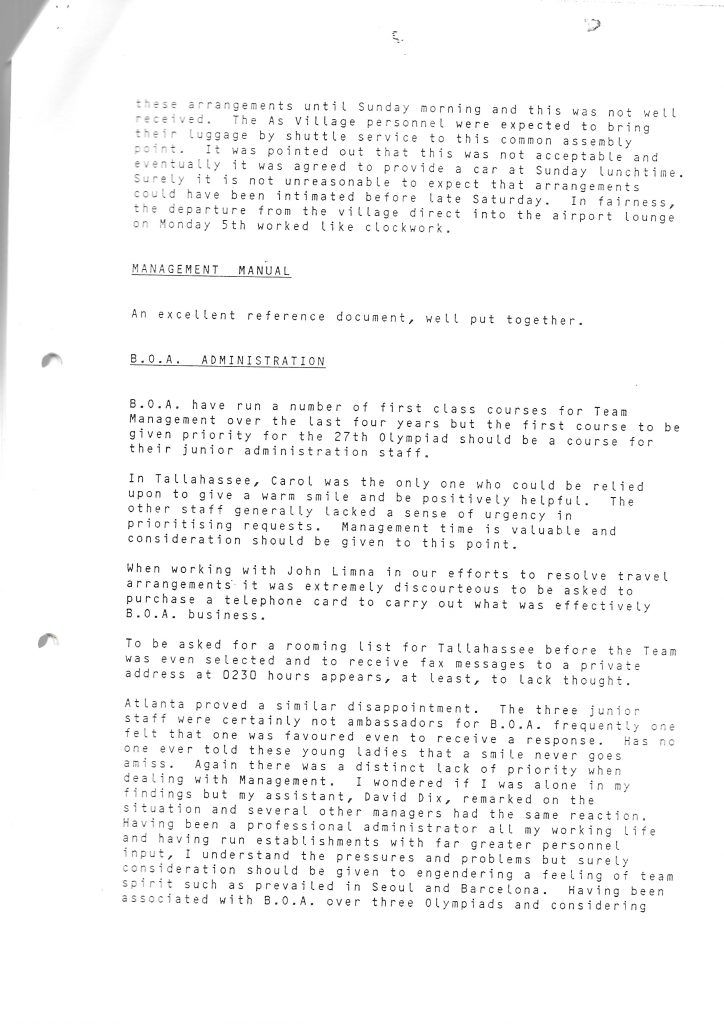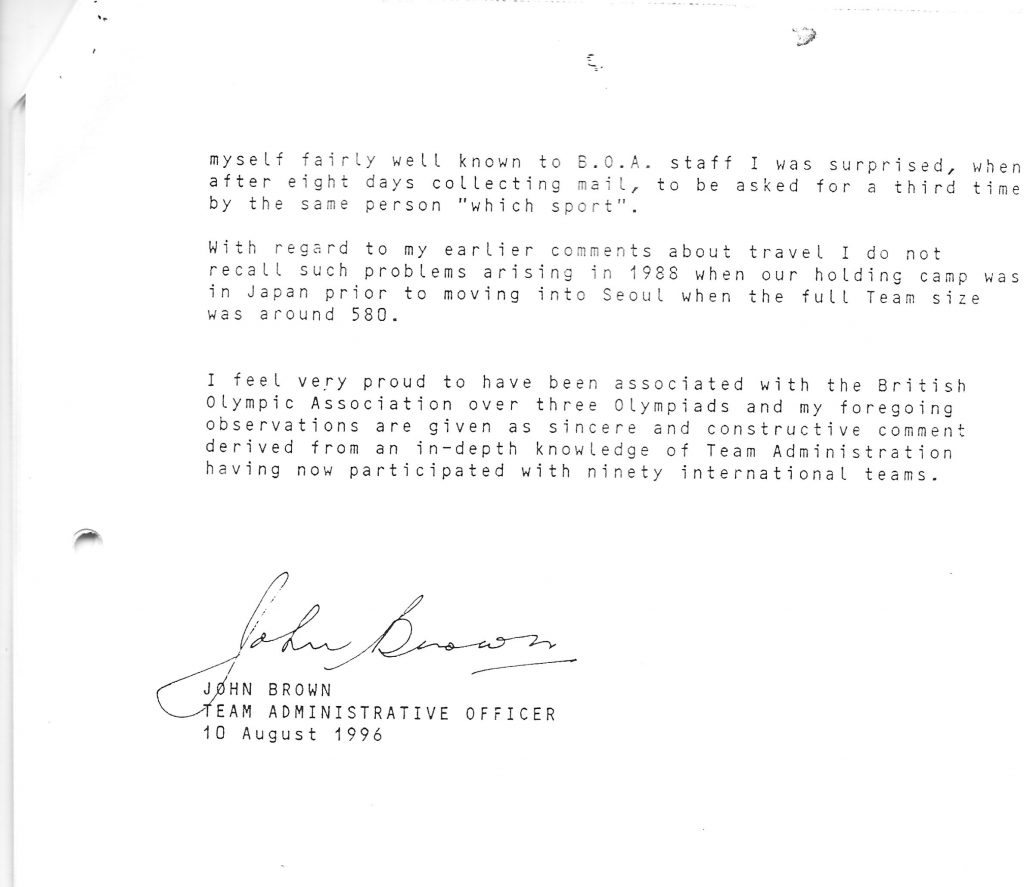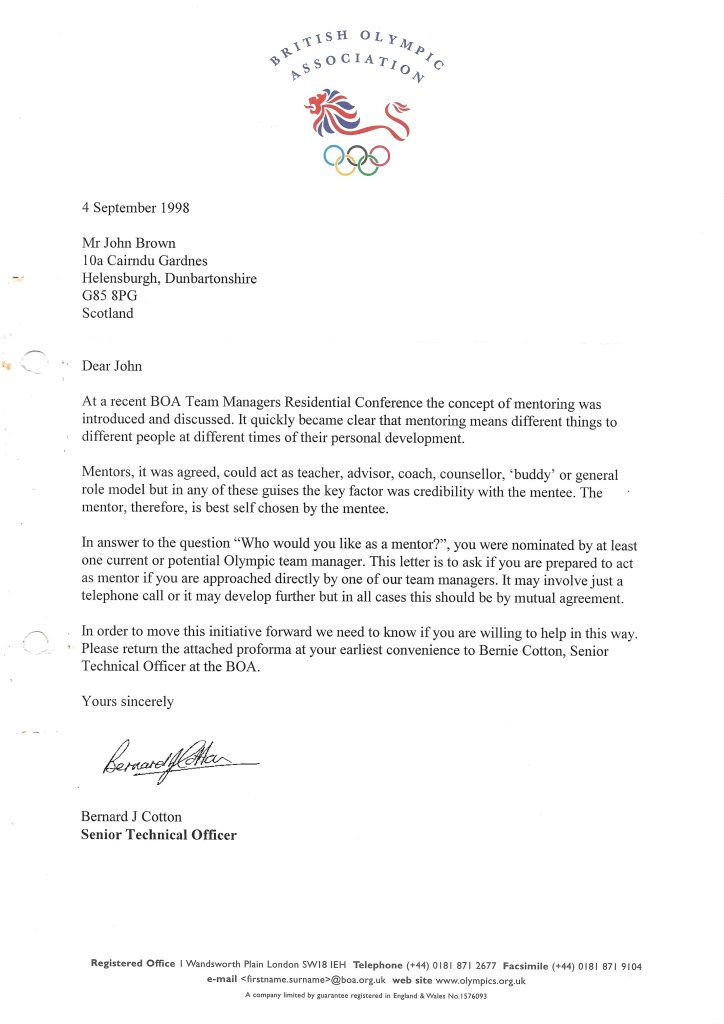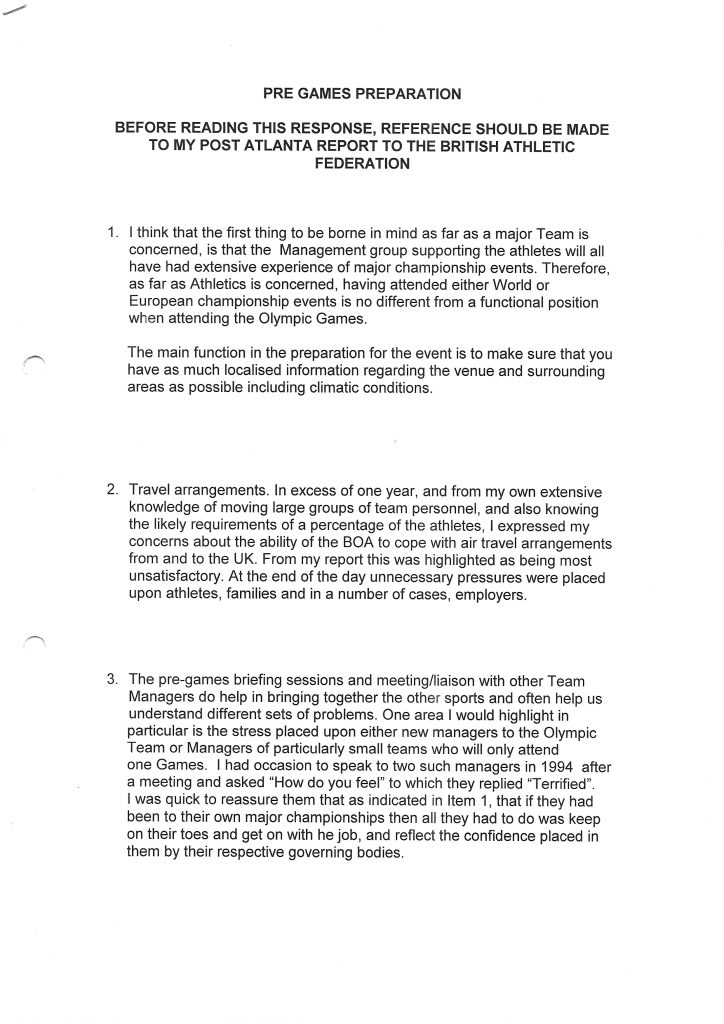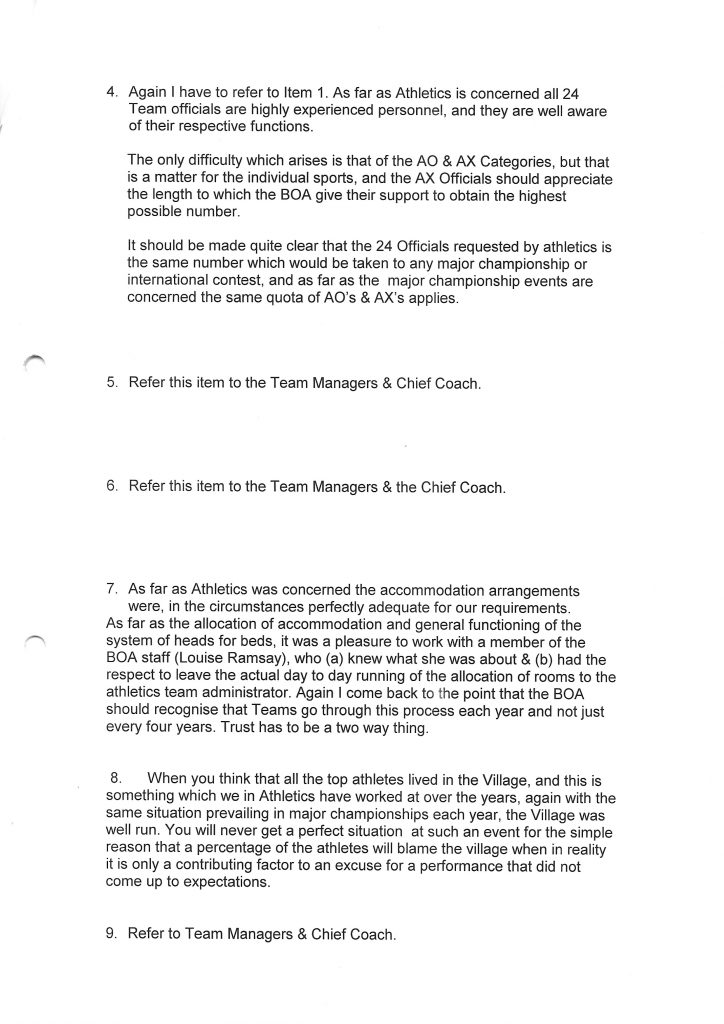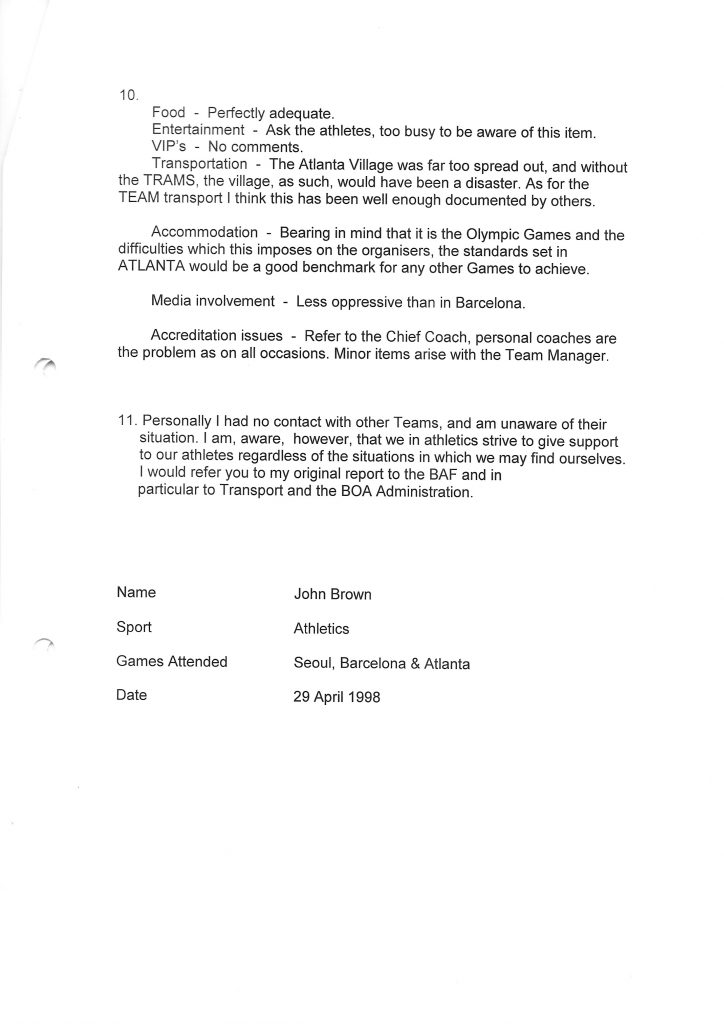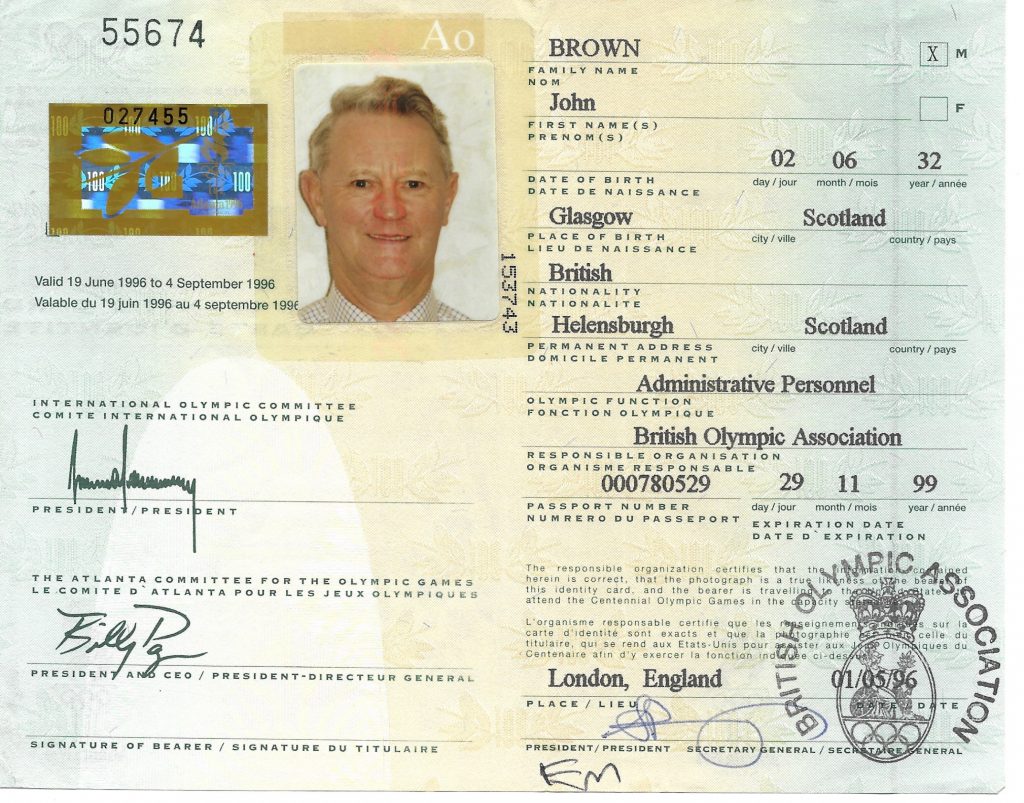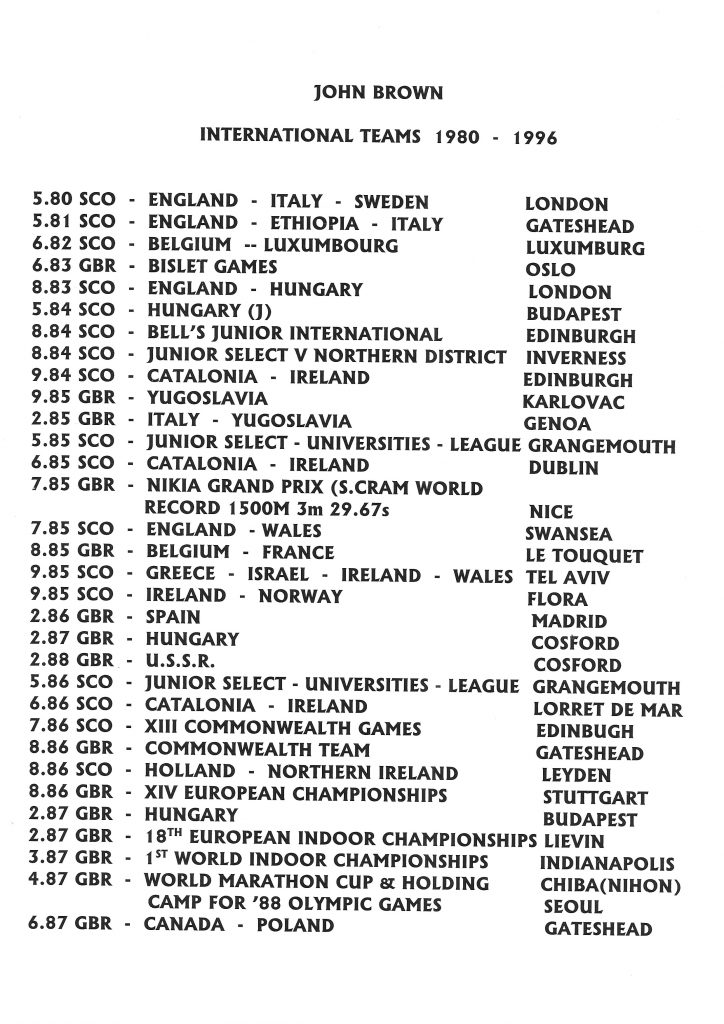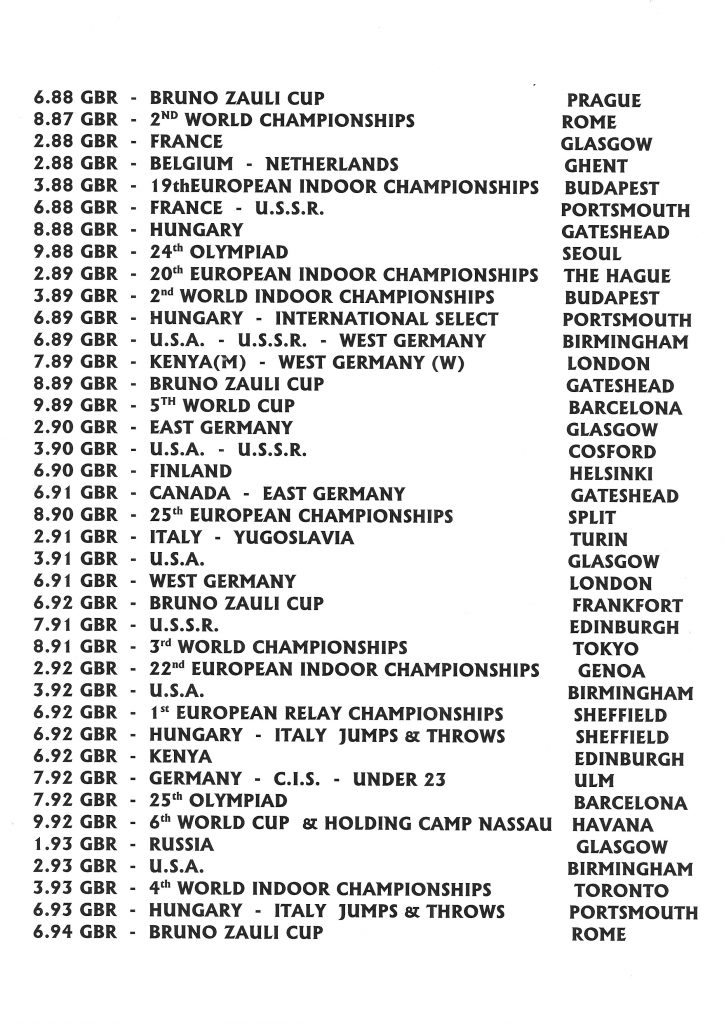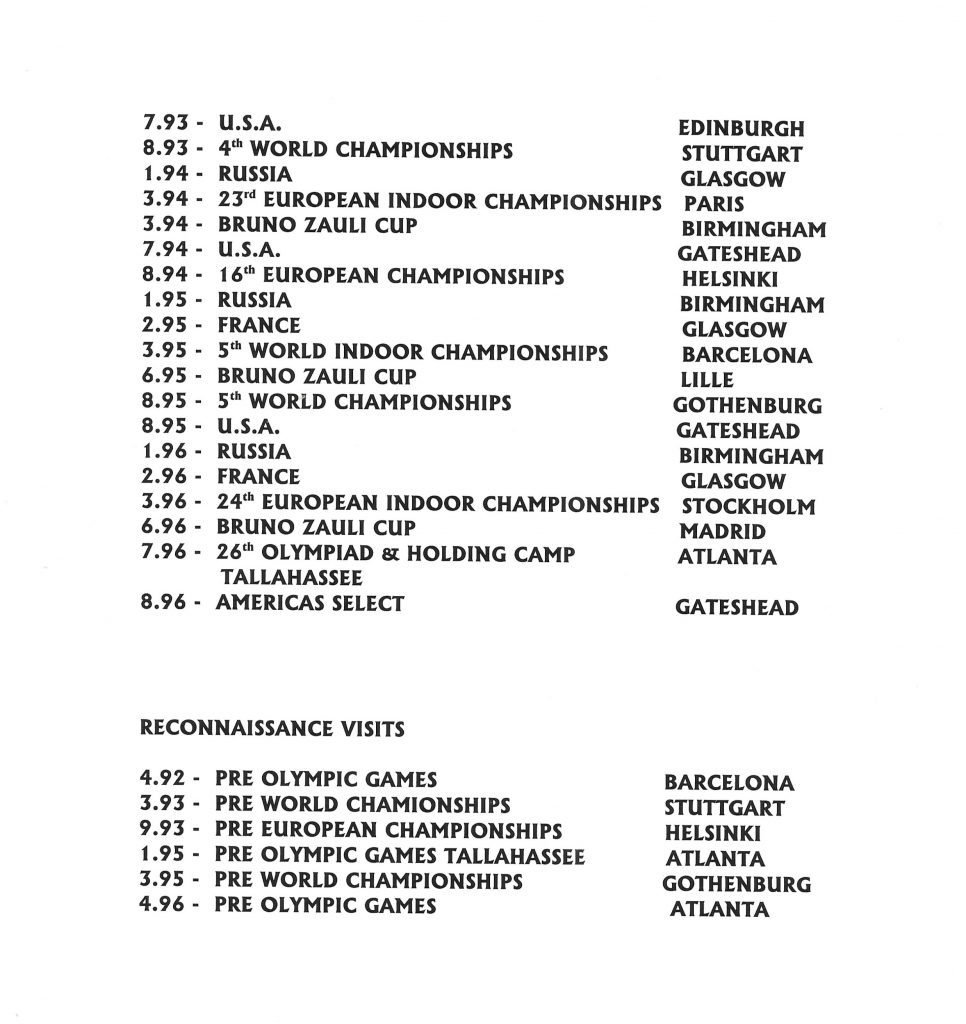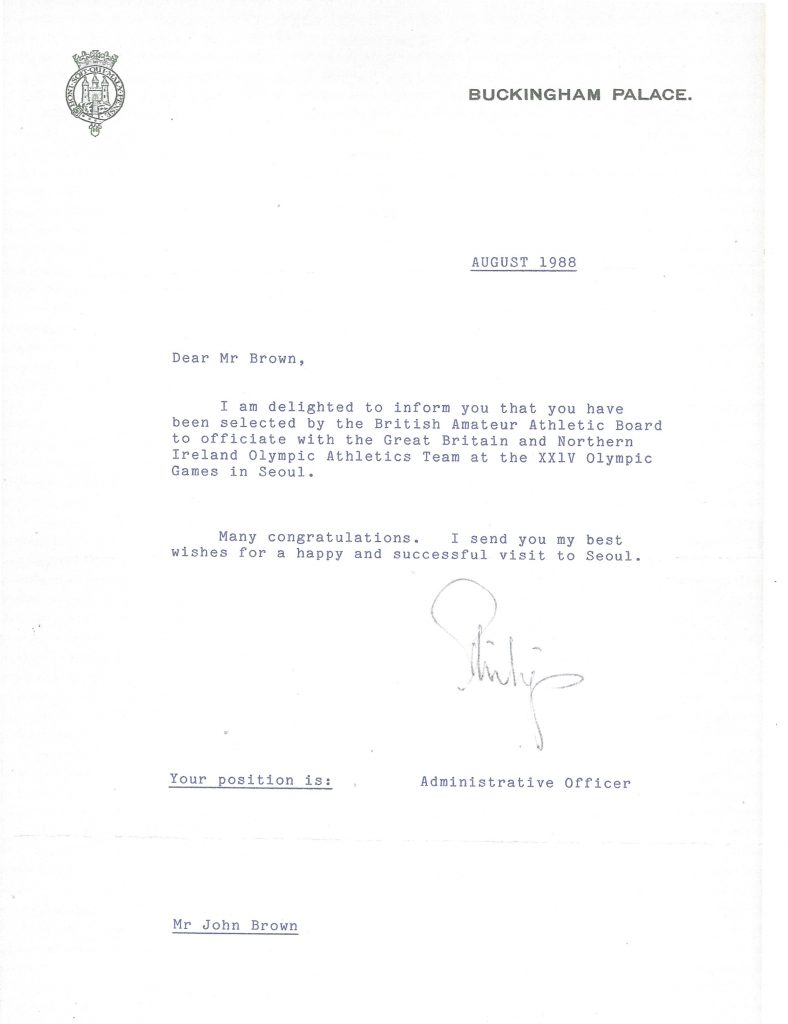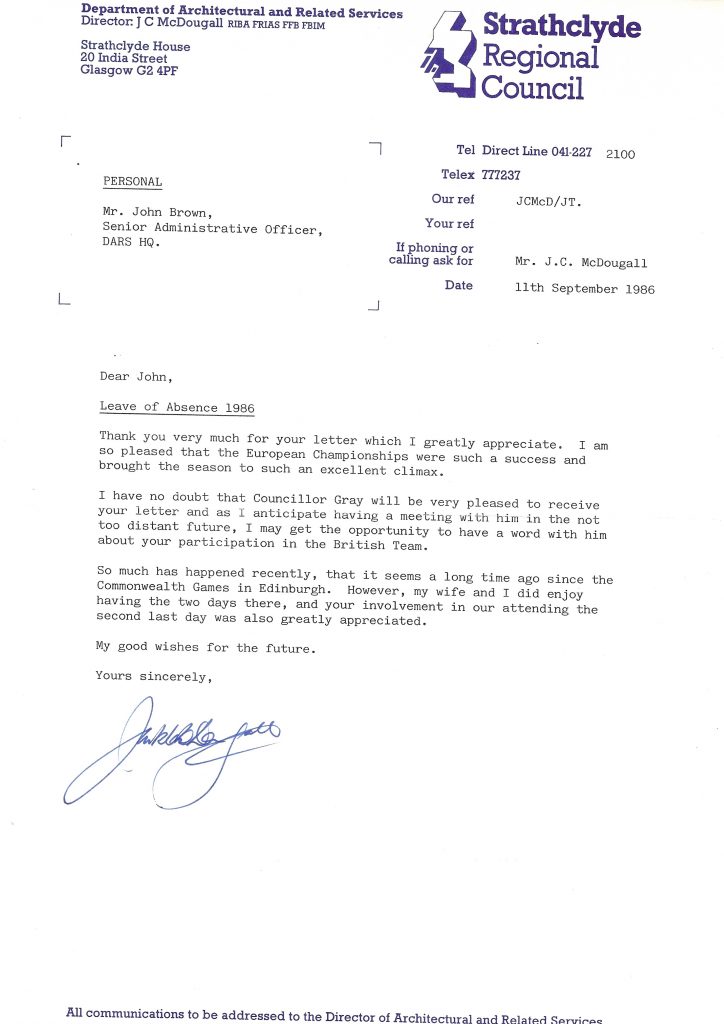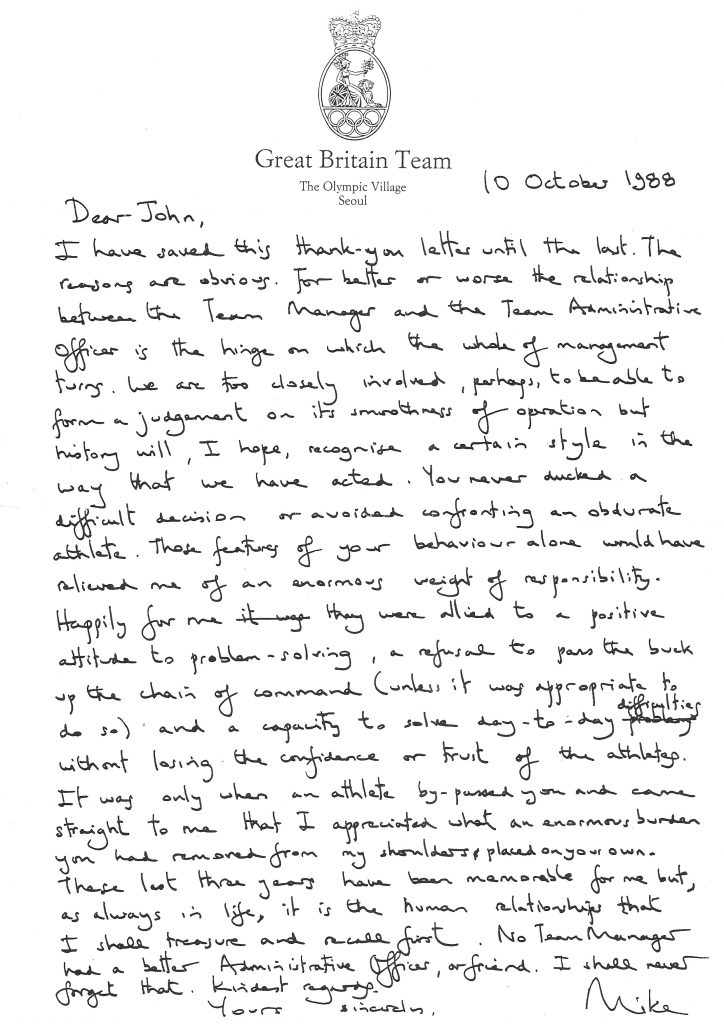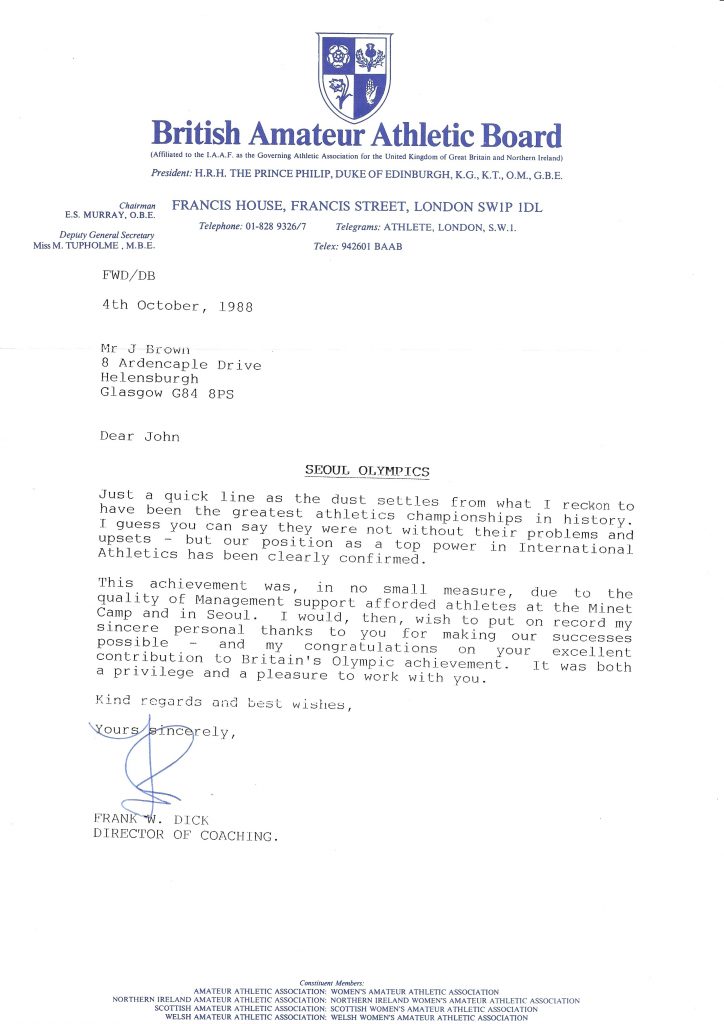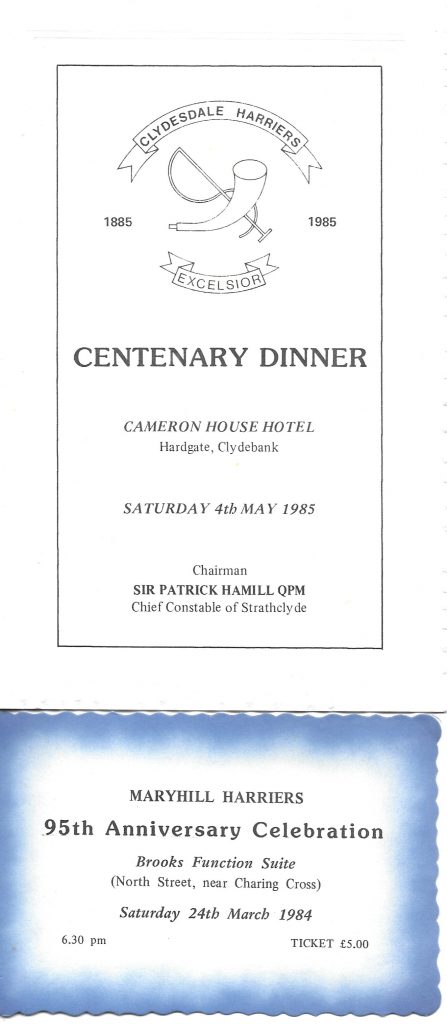The following tribute to his friend is by fellow Haddington runner, hill runner Denis Bell and is printed as Denis wrote it. Friendship, respect and, aye, love shine through it. It is a powerful, personal statement.
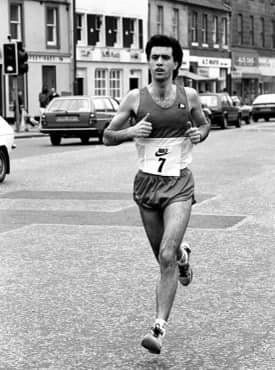
Joe, of the very famous Forte ‘hotel chain’ family, was a few years younger than me but I always knew his Mum and Dad from the cafe in Haddington High Street, and of course their bairns, lovely Bridget his elder sister, and Joe, the young handsome ‘Italian looks’ aspiring Hibees fitba player ….
Joe went from his footballing career to be a grand, leggy runner…graceful upright stance and dashing dark haired looks..he was in the very early bunch of folks setting up HELP (Haddington and East Lothian Pacemakers)…with other club greats ..Henry Muchamore, John and Helen Fyffe, Adrian Bone, Eddie O’Neill, Dave Jones, Ray Harris, and Murray…John Smith, George Armstrong, Alistair Rourke, etc.
After a few years of mediocrity and getting severe doing at rugby as a 10 stone weakling, I determined to get into running again (medium promise at school) and started to look at what was happening in HELP, with a few decent reports (by Henry) going into the Haddingtonshire Courier; Joe was a regularly mentioned runner, getting limelight and deserved credits …I then realised my training sessions were about as quick as some of the race results, and Joe was a draw, since he was one off the club members I really knew…so I went down from near Humbie and committed to the club, in Haddington, at Neilson Park ‘tennis clubhouse and the rugby grounds’, and joined the comfortably swelling membership ranks.
I found myself welcome, and very comfortable making renewed acquaintances and meeting lovely ‘new people’ into the running game …very basic novices, youngsters and oldies and ‘all the encouragement you needed’.
Early days it was ‘road races, ‘’Marathons’’ (yes, that crazy marathon era), and cross country events’…
I was in the mix with Joe, Phil, George, Henry, Sandy, Eddie, Adrian, Alistair, John, Ray, John S, Paddy, Jimmy, Drew, Scot, Andy, Norma, Helen, …and a goodly bunch of others~ and as the club grew we attracted others …legendary John Graham, Rod Stone, Andy Graham, Johnny Ross, Kenny Chapman, Peter Marshall, (latter years, the great hill runner Brian Marshall) etc (please forgive me guys and gals if I have missed you out, absolutely due to fading memory!!)…
Of course running clubs always ‘stream’ and there is some separation of the quick yins from the not-so-quick yins…I was in the lead group and Joe and the others always played honestly, tough and encouragingly…
We did very well in ‘parties’ to some of the nearby, and not so close marathons..we were very committed to HELPing by going to events and tagging them as charity fund raising ventures..what a club ethic… and leadership came from Henry and Joe, The Fyffe’s, etc …we did some really great fund raising….our joint ethos and a new emerging club was superb.
Joe, was a really super athlete, and had true, great interest in sports overall, got his super shop set up in Haddington High Street and it became a go-to …—-> “Joe Forte Sports”…for great kit, great care and attention and advice, and usually a wee ‘deal’….I believe, as a great athlete, who was running superb races, and winning the Dunfermline Marathon (‘85, ‘86 maybe?), he was respected and knew what he was talking about and got a lot of support from East Lothian athletes over all the years he managed the shop with his super assistants …Norma, Linda Malcolm, ‘others’ and Joe was mostly in attendance…
When I nicked in, he’d nearly always say ’how’s it going Dinger?’ …with a grand smile…and then the running chat would go on…rare. easy-going meet-ups, with loads of banter about who’s doing what, when, etc etc …just a pretty typical but great ‘running scene’ and oor man was a prime example of ‘how to do it’…
You’ll gather that whatever was going on in the club, Joe was there in the thick of it, often taking the lead and always, always encouraging…He, Henry, John and Helen, Alistair, etc., were just great at keeping us together and helping the club grow and mature.
After the first couple of years and my ‘tricky attempt’ at the Snowdonia marathon (with Adrian) I had been seriously working on hill reps a long at Fa’side Castle path (near Tranent after George had shown me it and encouraged me to use it)…I was getting ‘very good’ on the slopes, and my marathon result was a very-nearly second but a deathly dehydrated third!! [an aside… I remember well Joe’s uncle ‘a Mr Forte’ The Forte hotel chain owner, sponsored the marathon and presented my third prize (a year’s subscription to the National Trust, which we never used!!) .
Anyway not long after Joe approached me one club night and said ‘Dinger, have you not thought about ‘the hill running’…?’ Honestly I said Joe ‘I have nae idea what you are talking about’, and he simply explained ‘it’s like cross country but in amongst the hills, you’d be great at it…’.
So you see, Joe Forte was THE MAN who led me on, and gave me my hill running career start; he was, I’d say, passionate about my potential and ongoing attempts in the Scottish Championship wearing our club’s red-white halves vest.
(I’ll quickly note that Big George Armstrong (Iron Man from Tranent!), and just a couple of others were with me from early doors….but a good number of our runners committed as the months and years rolled on).
As another aside, I’d like to say how supportive our dear friend was…to anyone and everyone he knew was trying…a dearest memory of mine was for the Galloway Milk Marathon, in Newton Stewart, Galloway’s southern area, (that’d have been about ‘85 perhaps, a rather dreich day when I was beaten out of third by Dave Thomas of Hunter’s Bog Trotters..) and Joe and Norma drove all the way down to support me…how encouraging and generous was that…?… maybe 80 miles each way …the words of support at several routes points were marvellous..’c’mon Dinger hang in there, going good!’..etc. A forever ‘Thankyou, you two’, truly lovely couple’….
As the years went on Joe’s running stayed very good amongst a normally great depth of great runners, in all events. I’ll never lose the picture of his win at Dunfermline (‘85,’86? maybe?) with hands up as he beautifully breasted the tape… I’d say our first Club truly ‘great result’. Handsome Joe, red and white halves and red shorts and his proudest run to victory.
He was a proud sponsor of all our Haddington Road Races…’the Series’ …3 road races, 5miles, 10miles, and half marathon…(Henry always said ‘add your results together and that’ll be your marathon time’… nearly spot on!).
If you think of ‘constants’ then Joe was amongst the top 5 who always, always took the club to heart and helped nudge us forward…and he looked after out for everyone..all ages, all abilities..taking us to a position of probably 150 members, and The Club good enough to do the iconic ‘E to G’ (Edinburgh to Glasgow) as a key leg runner, amongst I recall, John Graham, Johnny Ross, Rod Stone, Andy Graham, Peter Marshall, …..possibly Adrian, ‘Buster’ Ian Mustard, Phil, me…etc (the records and results will tell us…we were not disgraced in amongst the wonderful, heavy-hitter clubs of long-illustrious standing…).
You’ll have the picture of a really lovely man, a friendly supportive, caring, enthusiastic gentle man…Joe was at the beating heart of our young club.
As my career in hill running consolidated, much of my training was alone…I was really cracking on and very focused and most of my peers could not hang on…but they were great supporters at the races ..Peter Marshall became a very close challenger always and was great enough to be Scottish Veteran champion nearly 4 successive years I think; Peter and I did do some arranged training sessions, but were living about 40 miles apart and hook ups we not common; anyway I digress…Some weekends, a squad of guys would join me in the hills instead of their long Sunday runs…One noteworthy session was up about Lammerlaw on a beautifully crisp, very frosty morning…a totally ‘wow’ day and I think I got the guys on one of my routes that was about a 1 1 /2hours…I clearly recall how we crossed over a very crisp, hard-frosted sparkling iced hill bank, and Joe being utterly enchanted …kind of like ‘I totally get why you do these hills Dinger…absolutely stunning and beautiful’…
So as I moved on and away due to work, the separation from ’almer mater’ was a natural drift… but whenever we happened to be back in Haddington Joe’s shop, and he and Linda and Norma, sometimes Helen, remained a draw, and I had very pleasant catch-ups for an odd half hour, sometimes buying ‘another pair of shoes’. The craic remained so natural … brothers and sisters in running shoes!
Years age us and change things, but for sure true deep friendships and camaraderie do not weaken over distance and time.
I am eternally grateful to HELP and to Joe, and Henry first and foremost, and Eddie and Adrian, Helen and John, Dave and Murray, and the other early members for their colossal support as I forged my career…
Memories can burn deep and a beautiful picture in my mind’s eye is Joe’s photo, taking the tape at Dunfermline; in my mind’s eye of course a really lovely, happy, always smiling couple Norma and Joe… and Joe’s dear Mum and lovely sister Bridget.
Rest in peace Joe, thank you dear auld freen. There are some good photographs at
this link .
